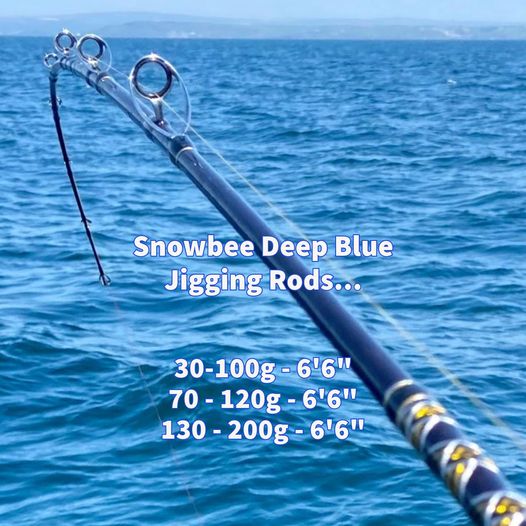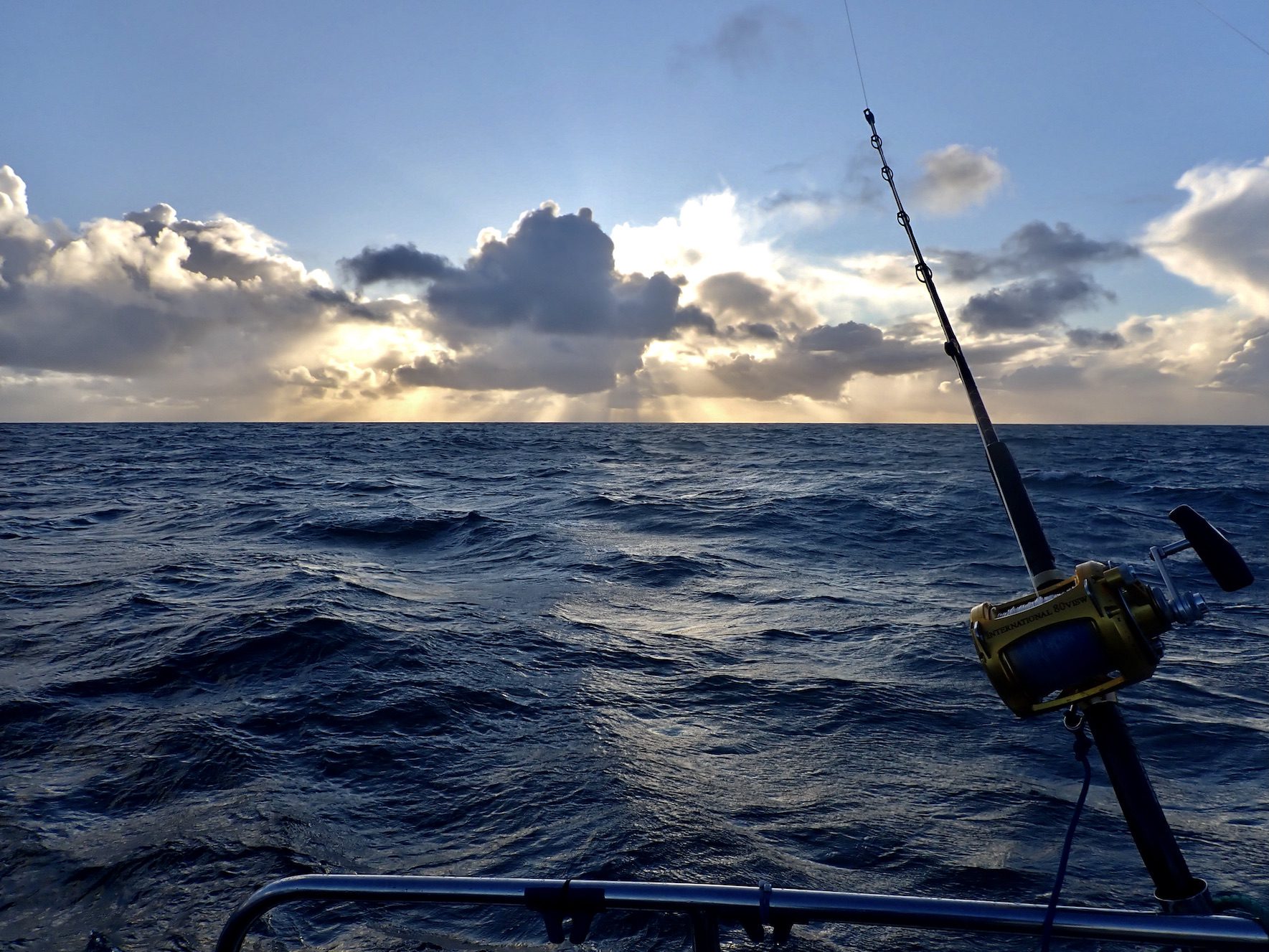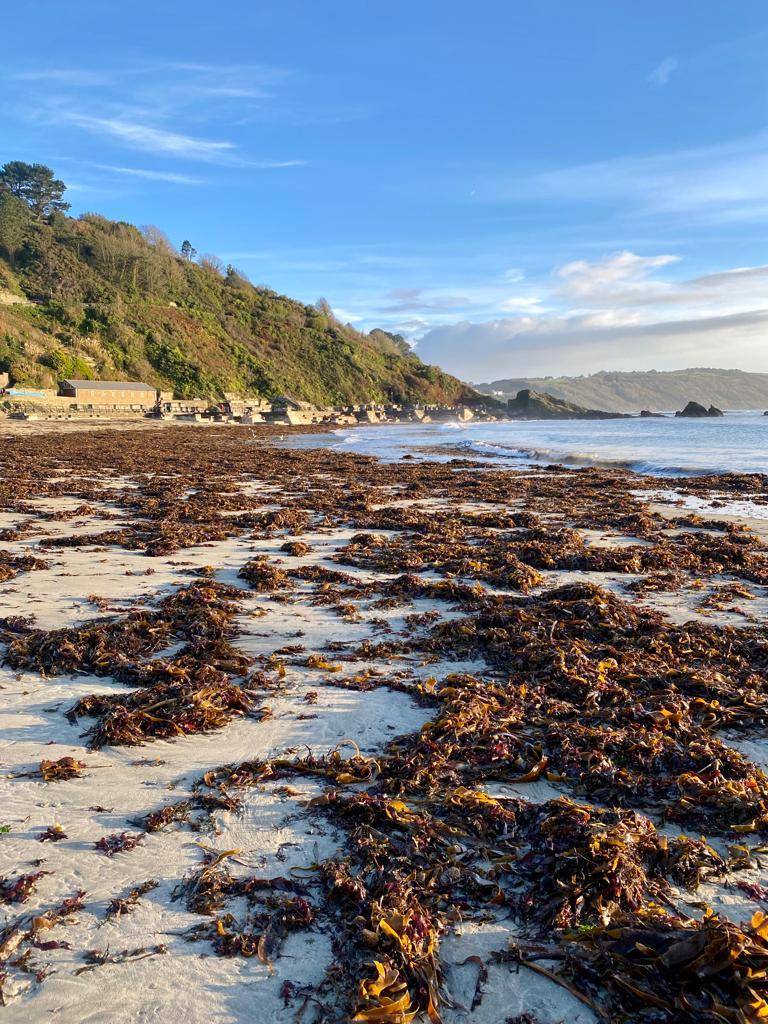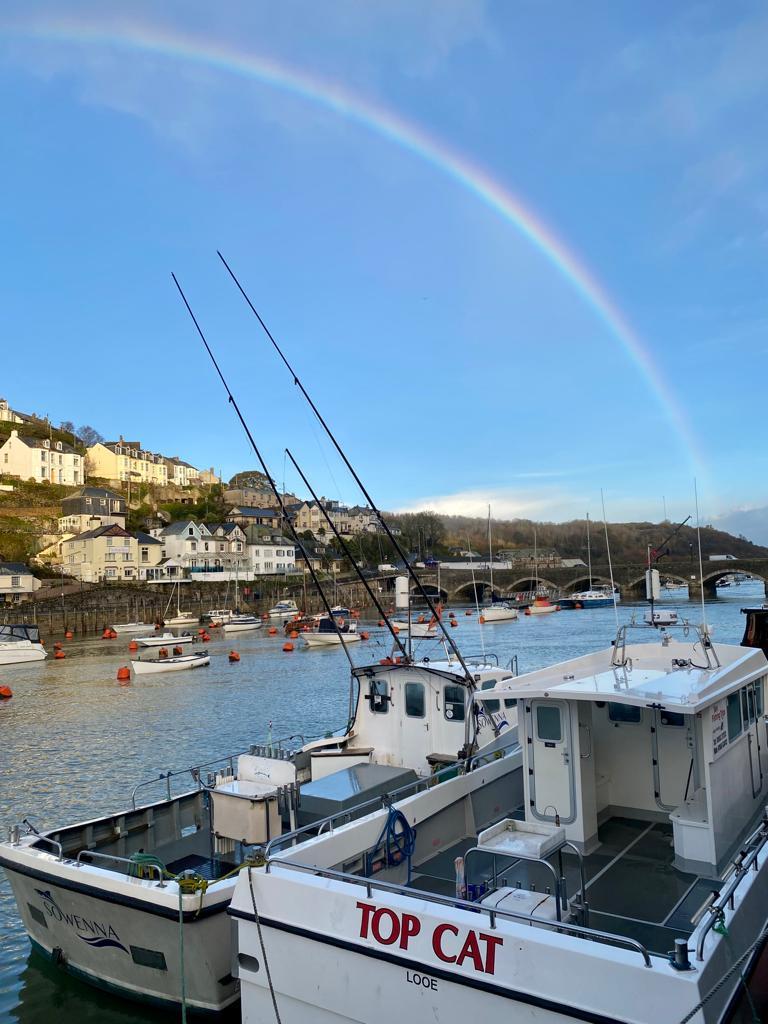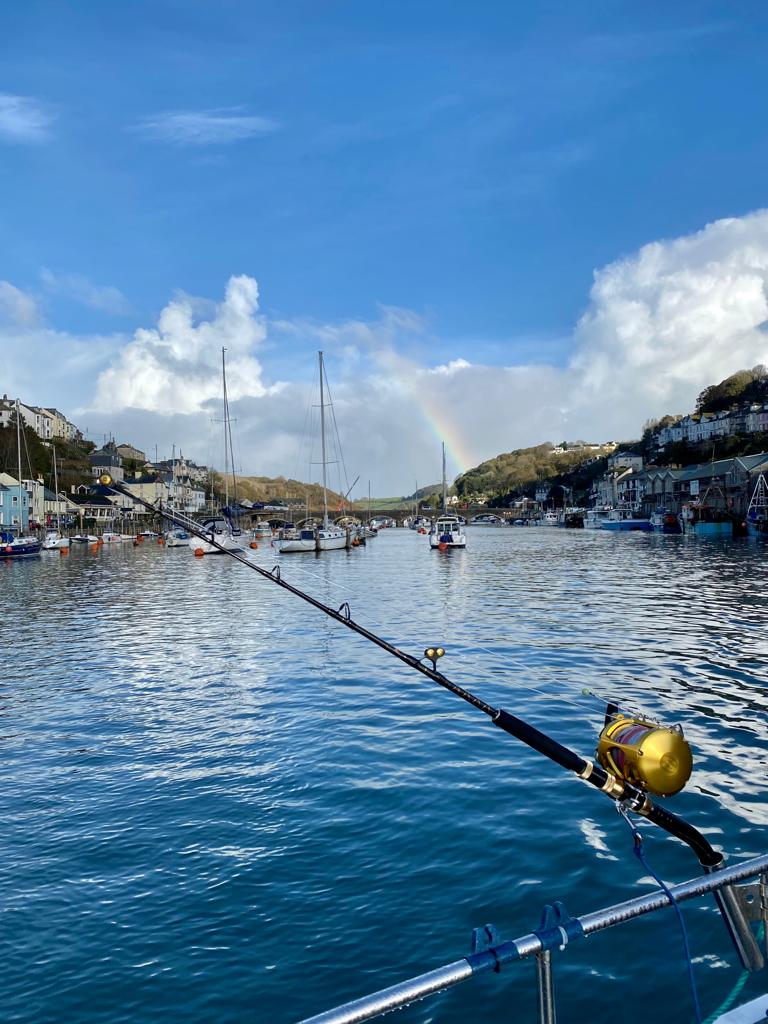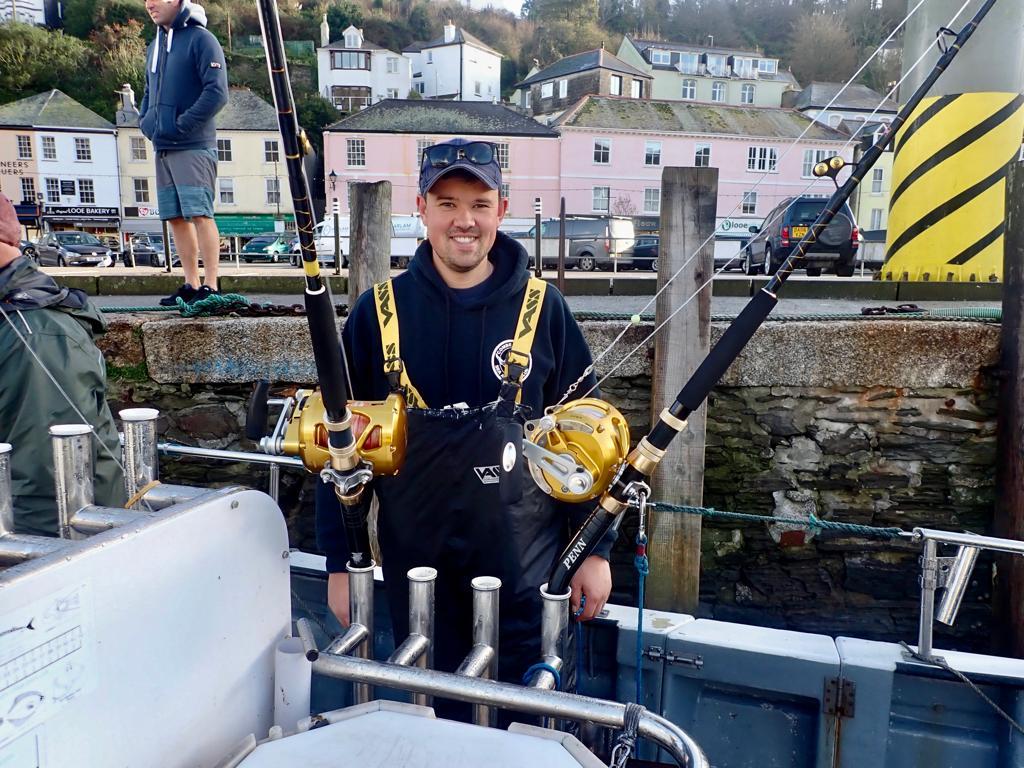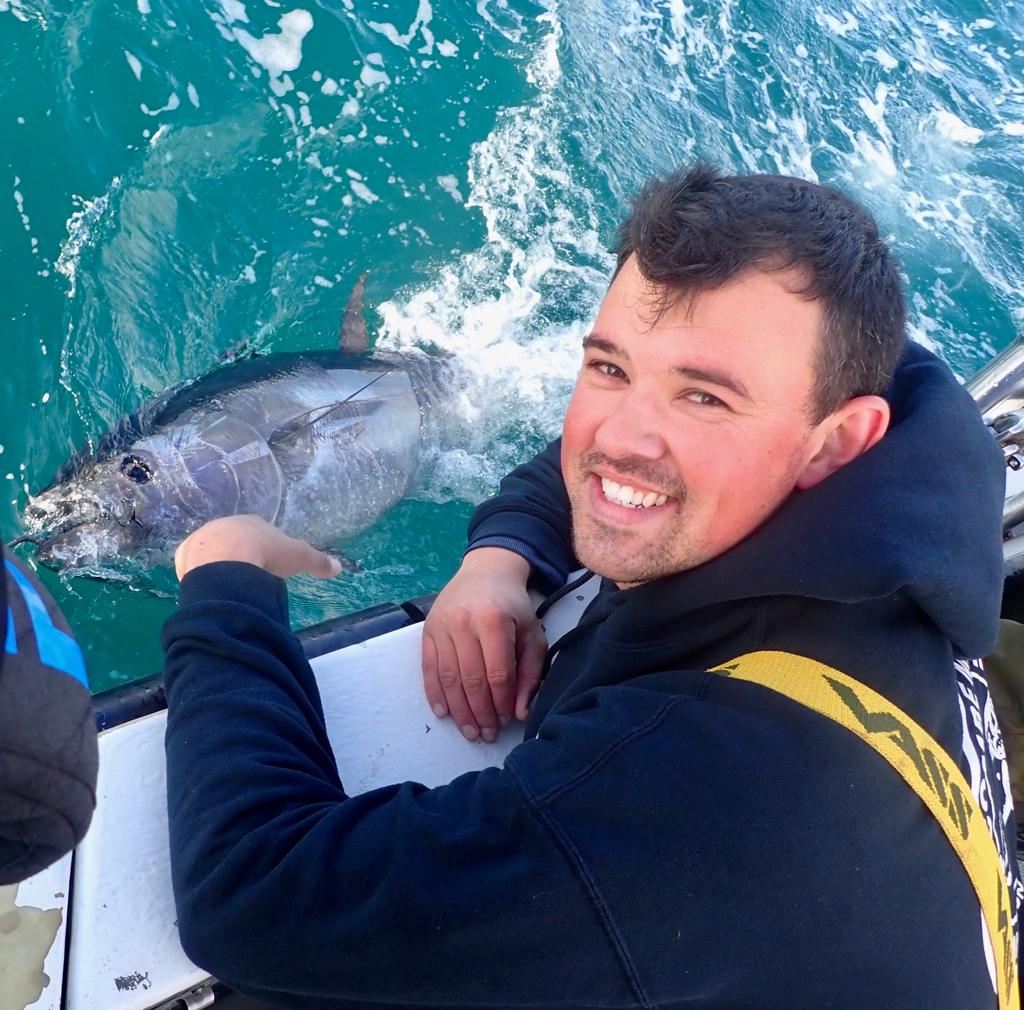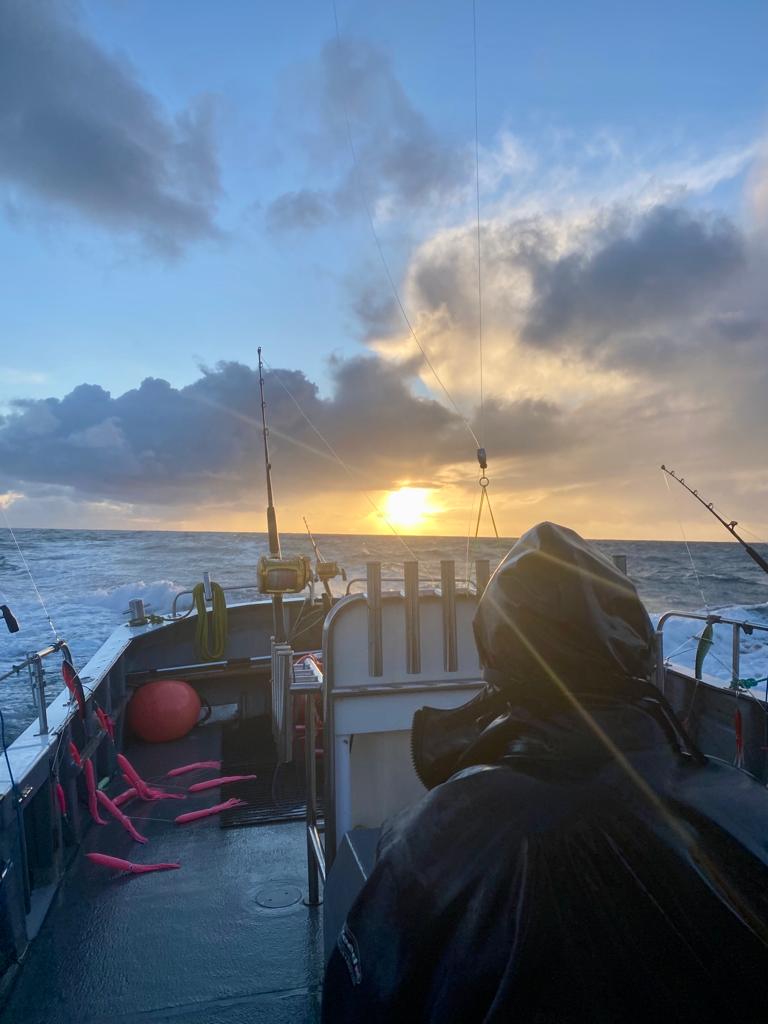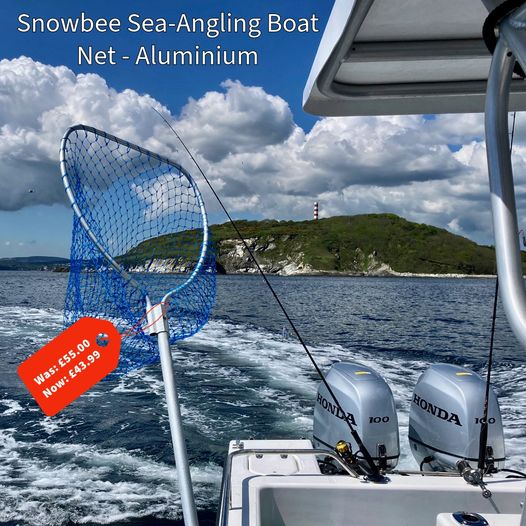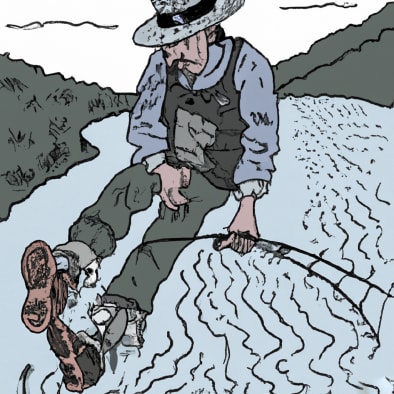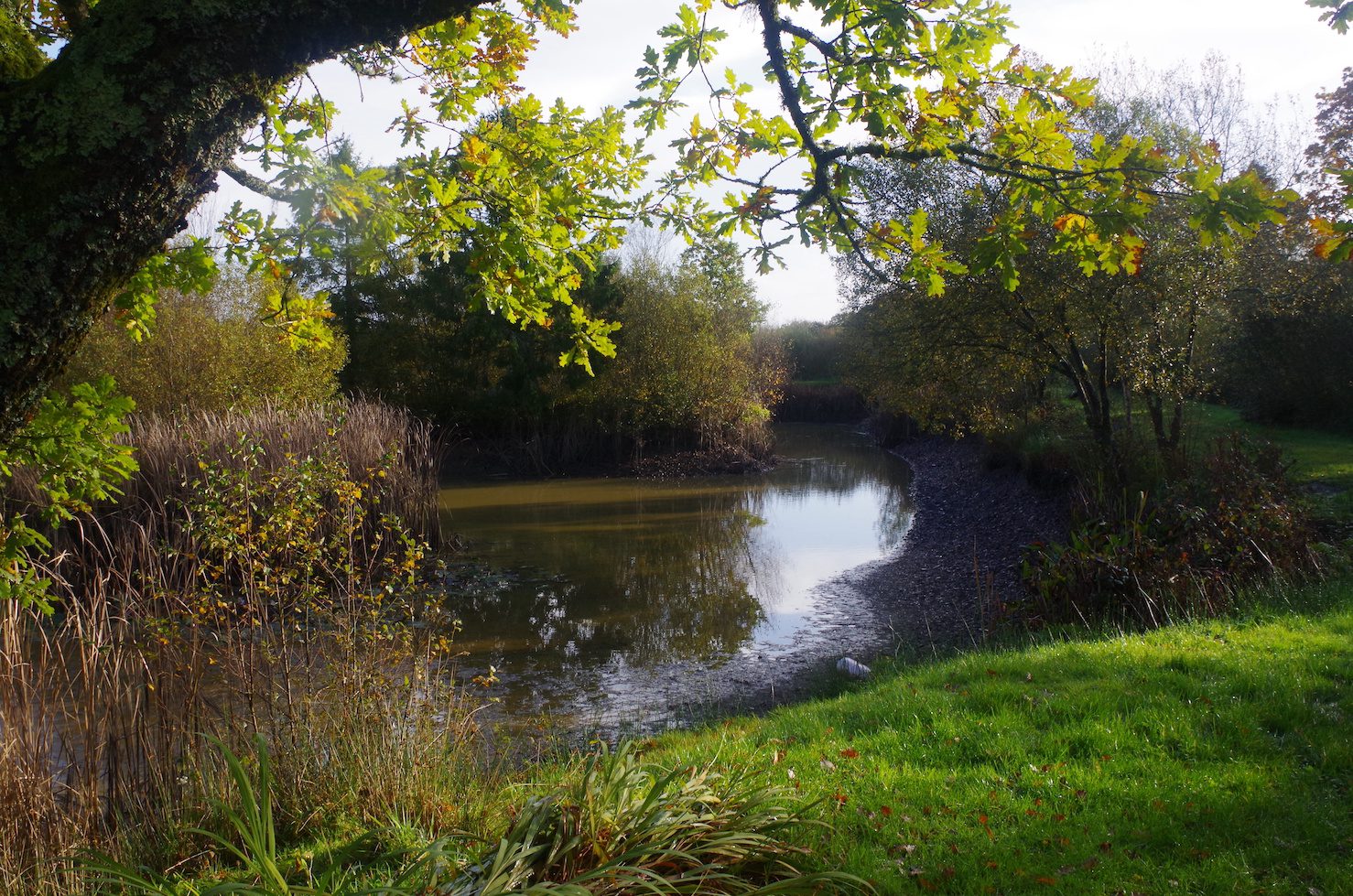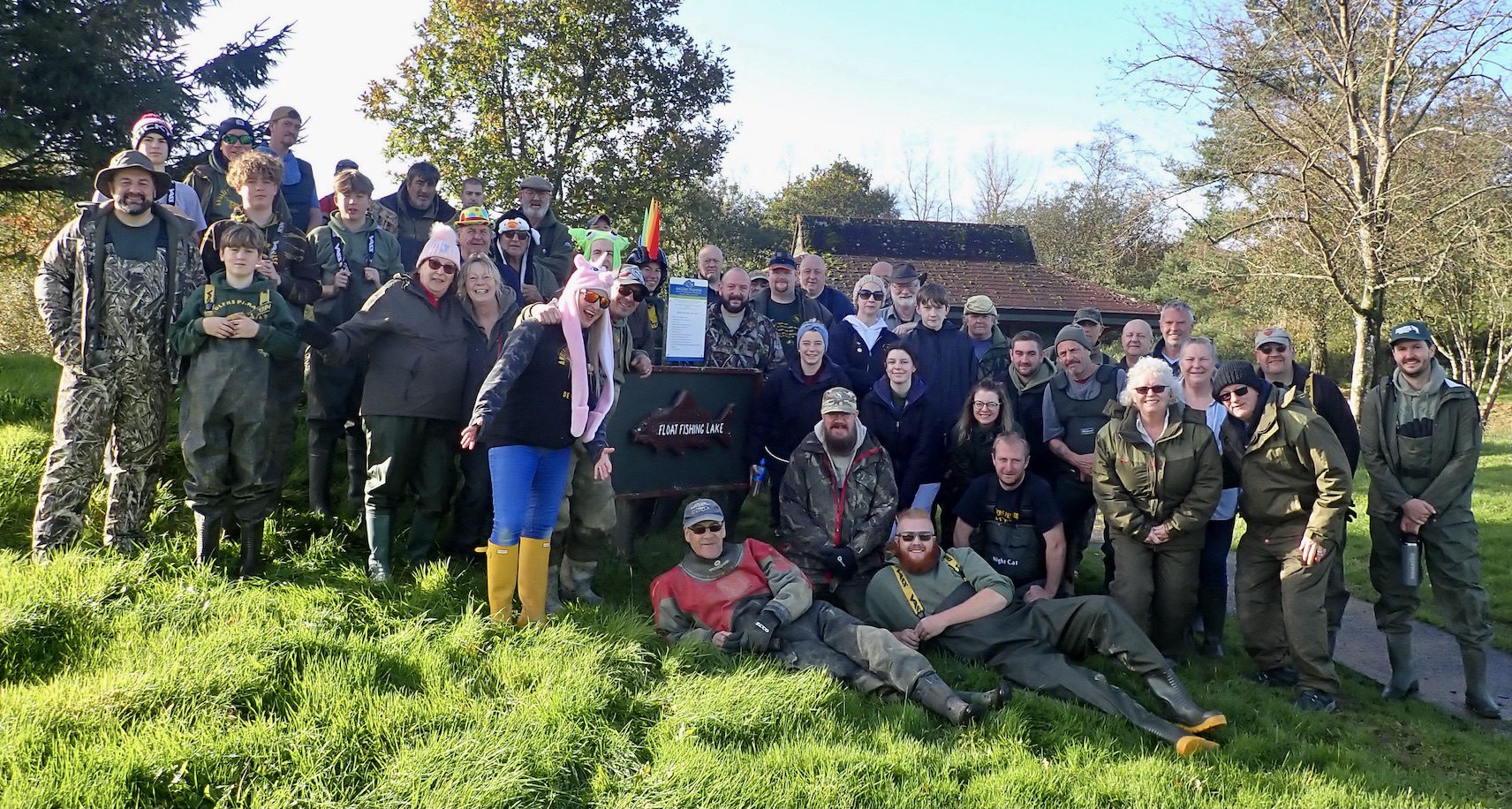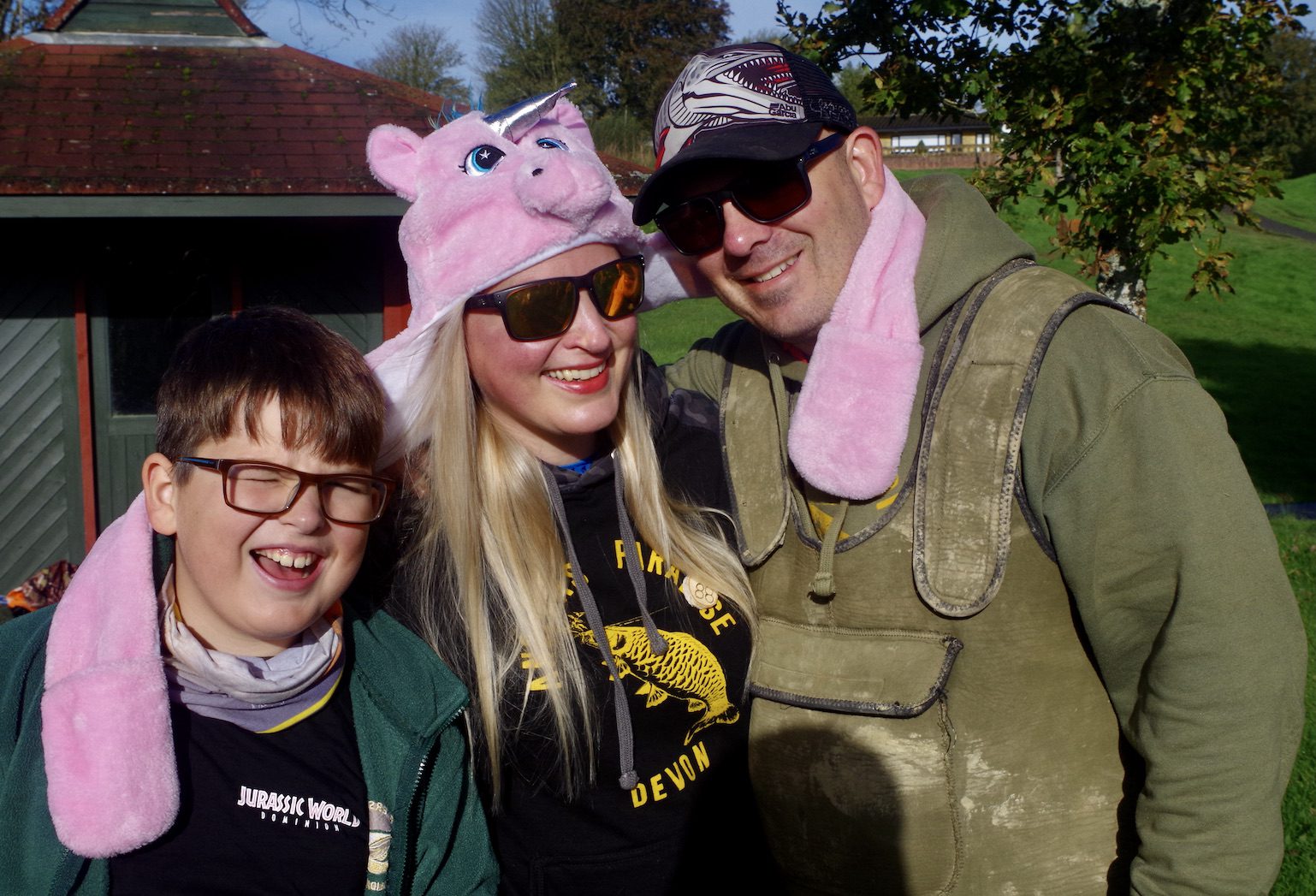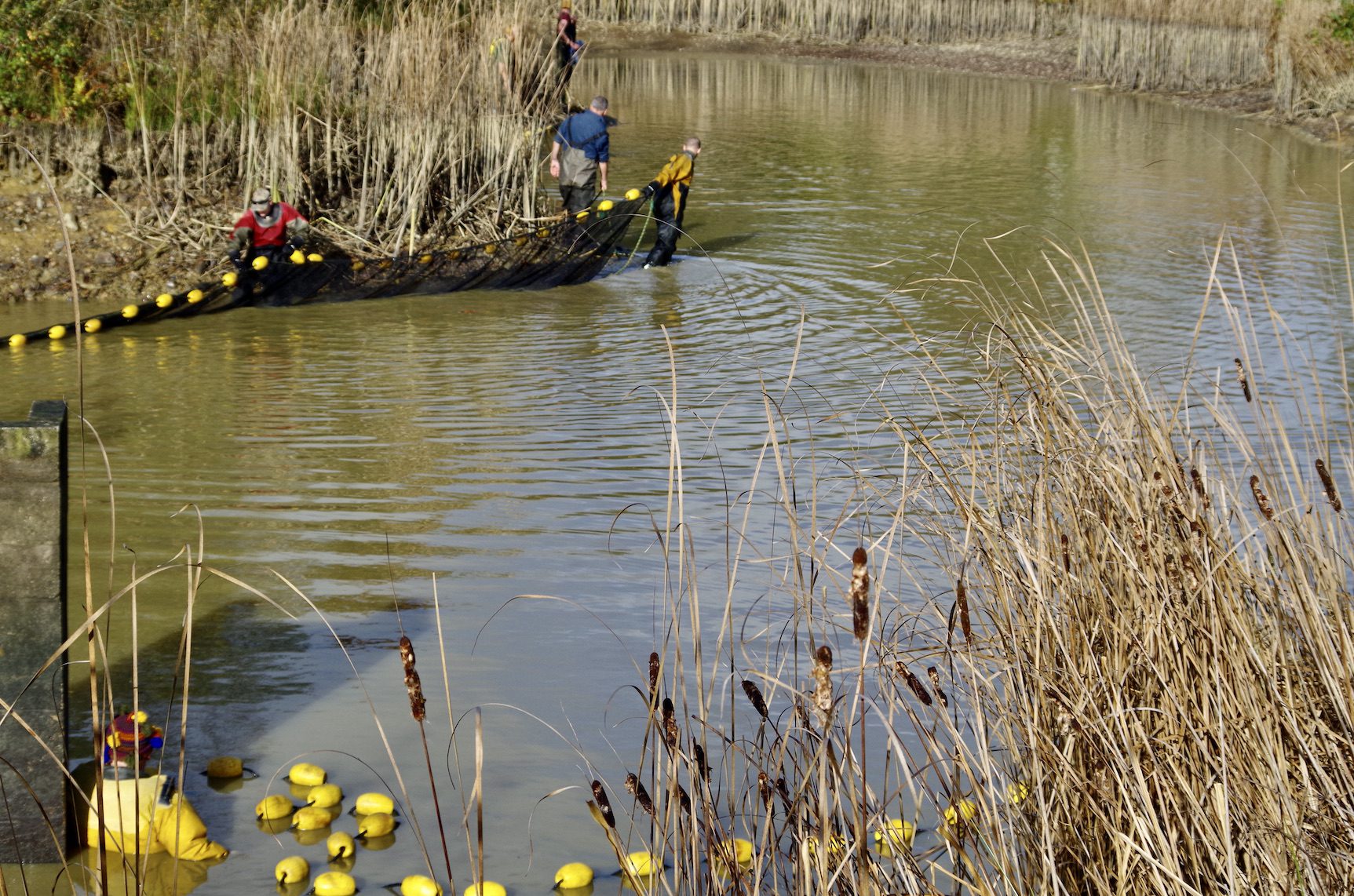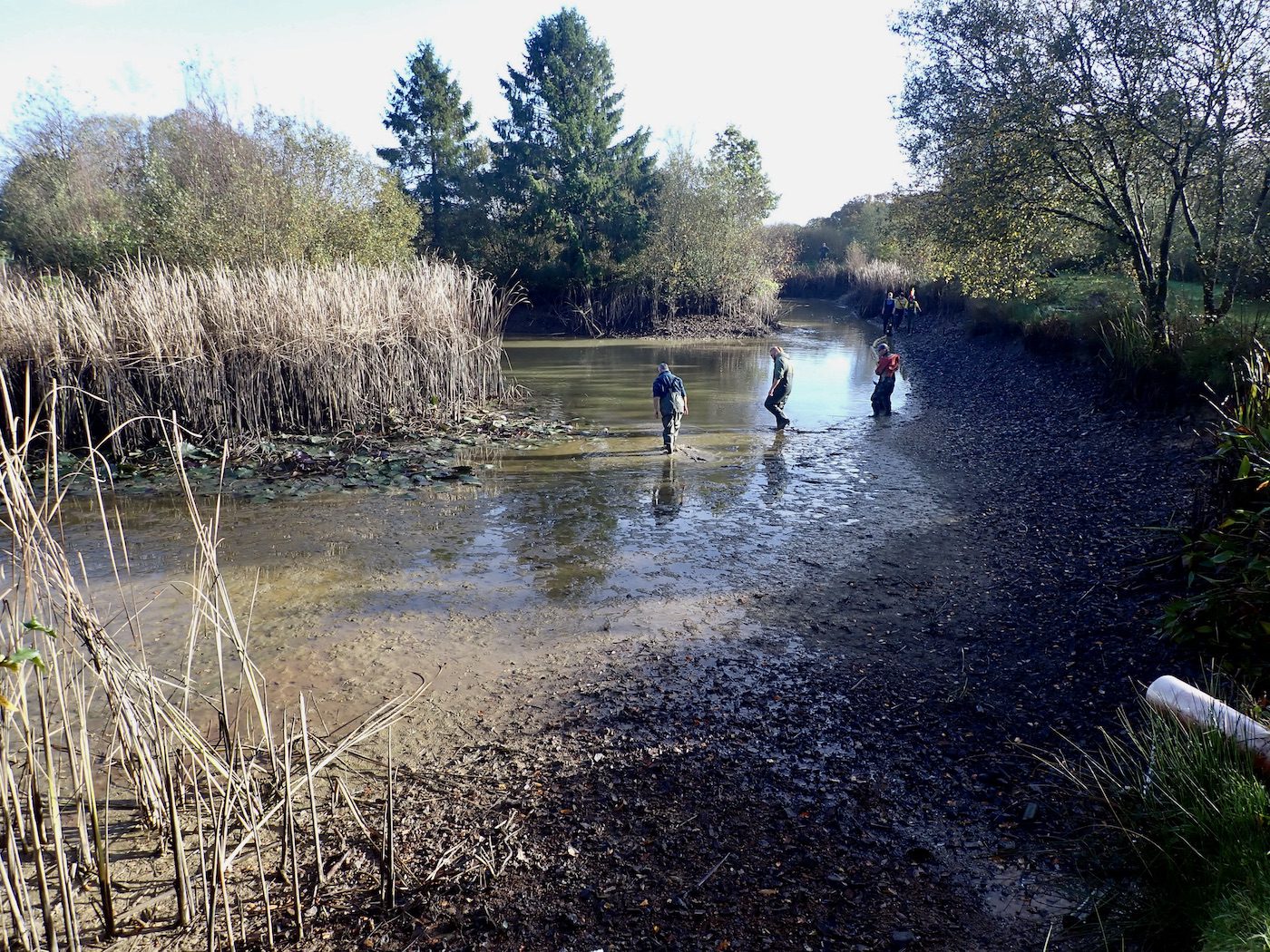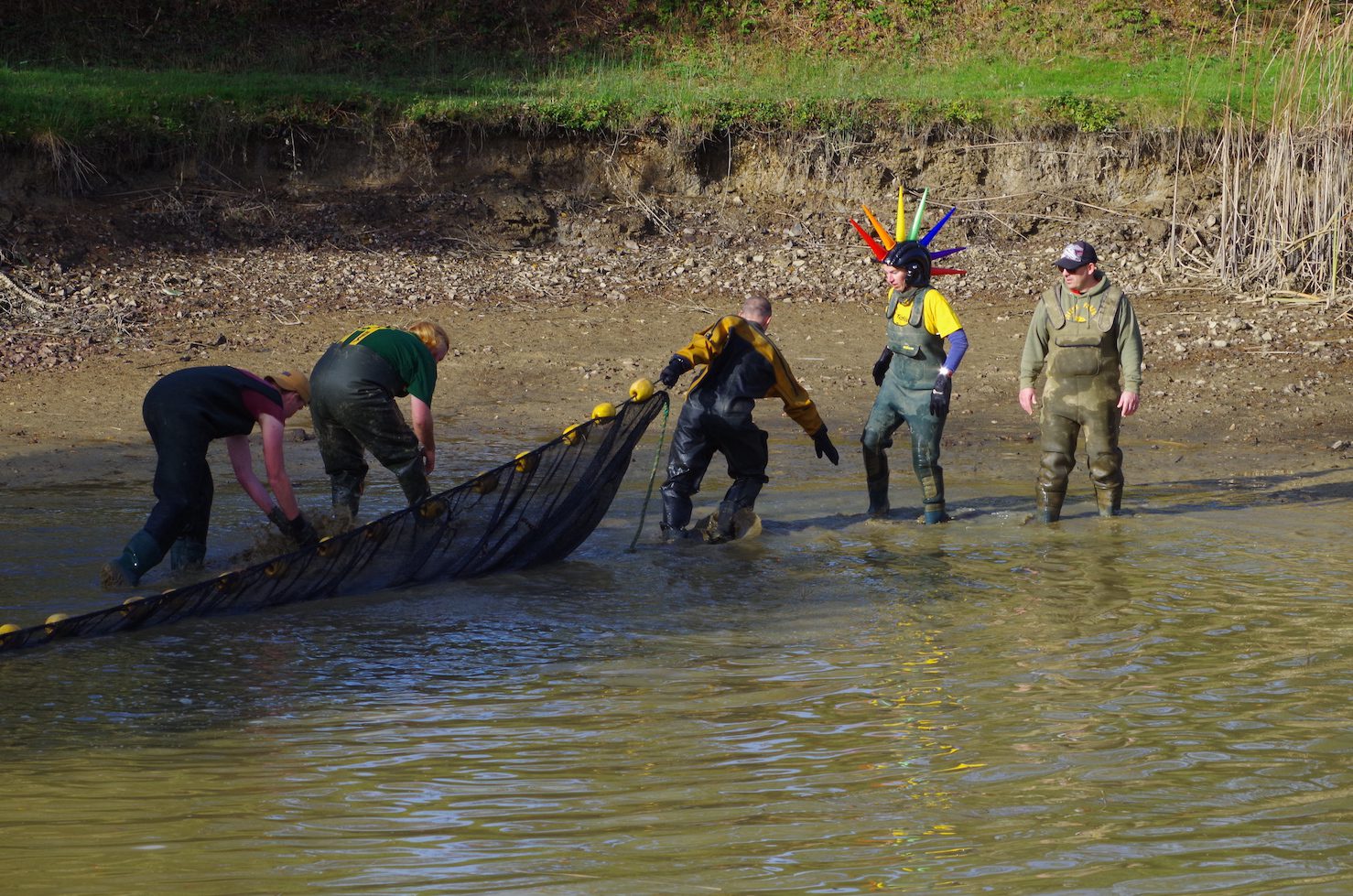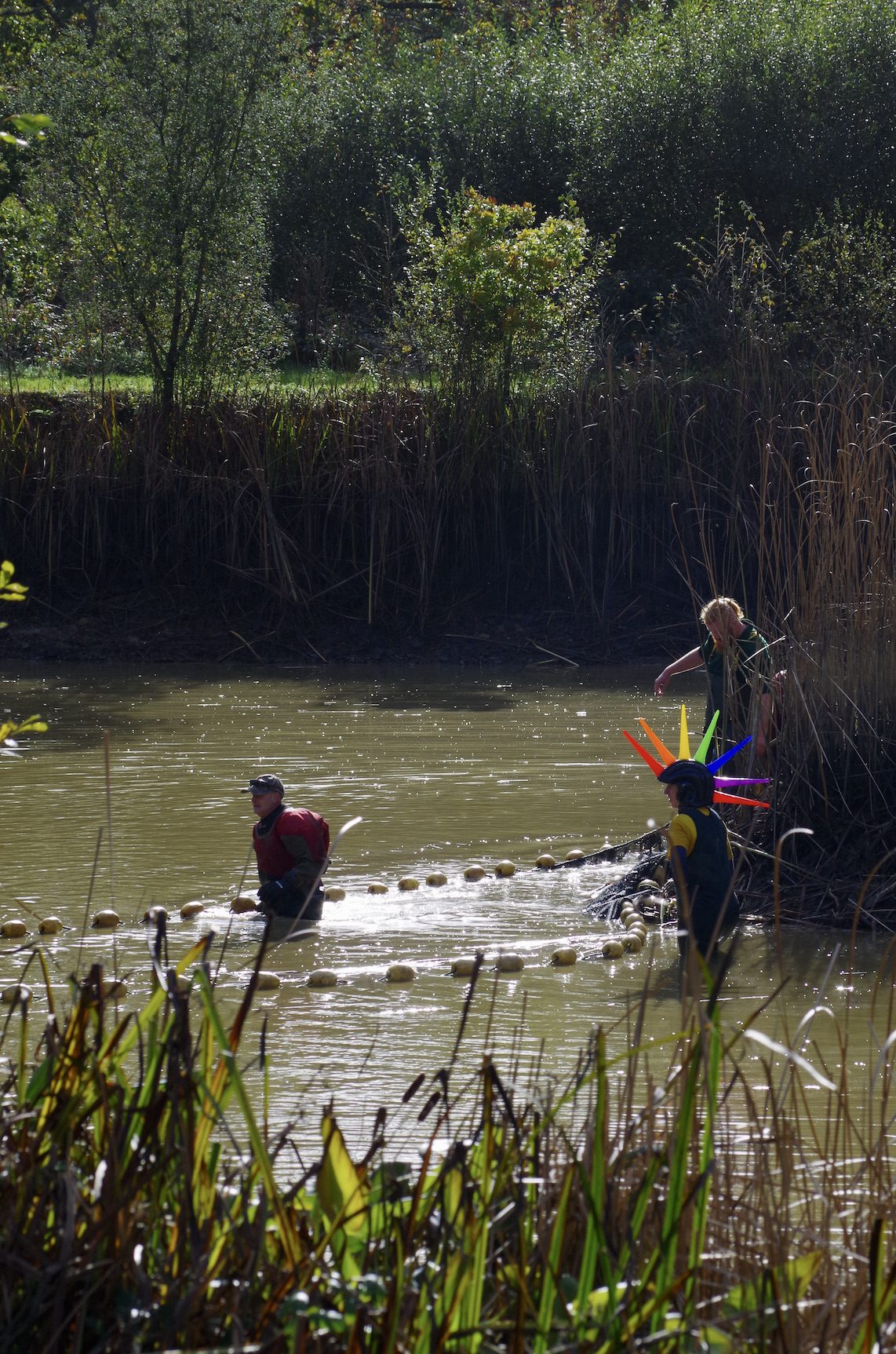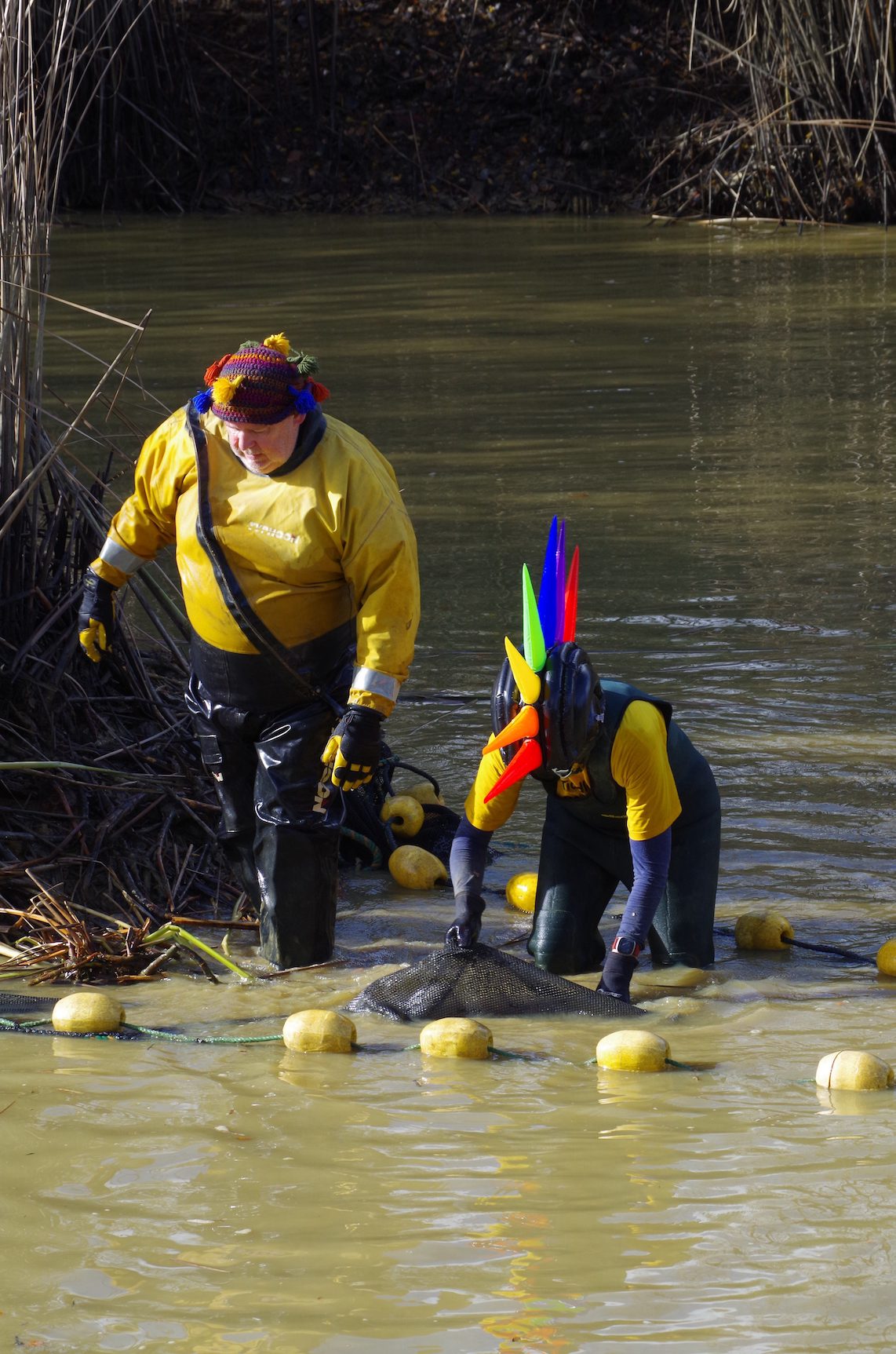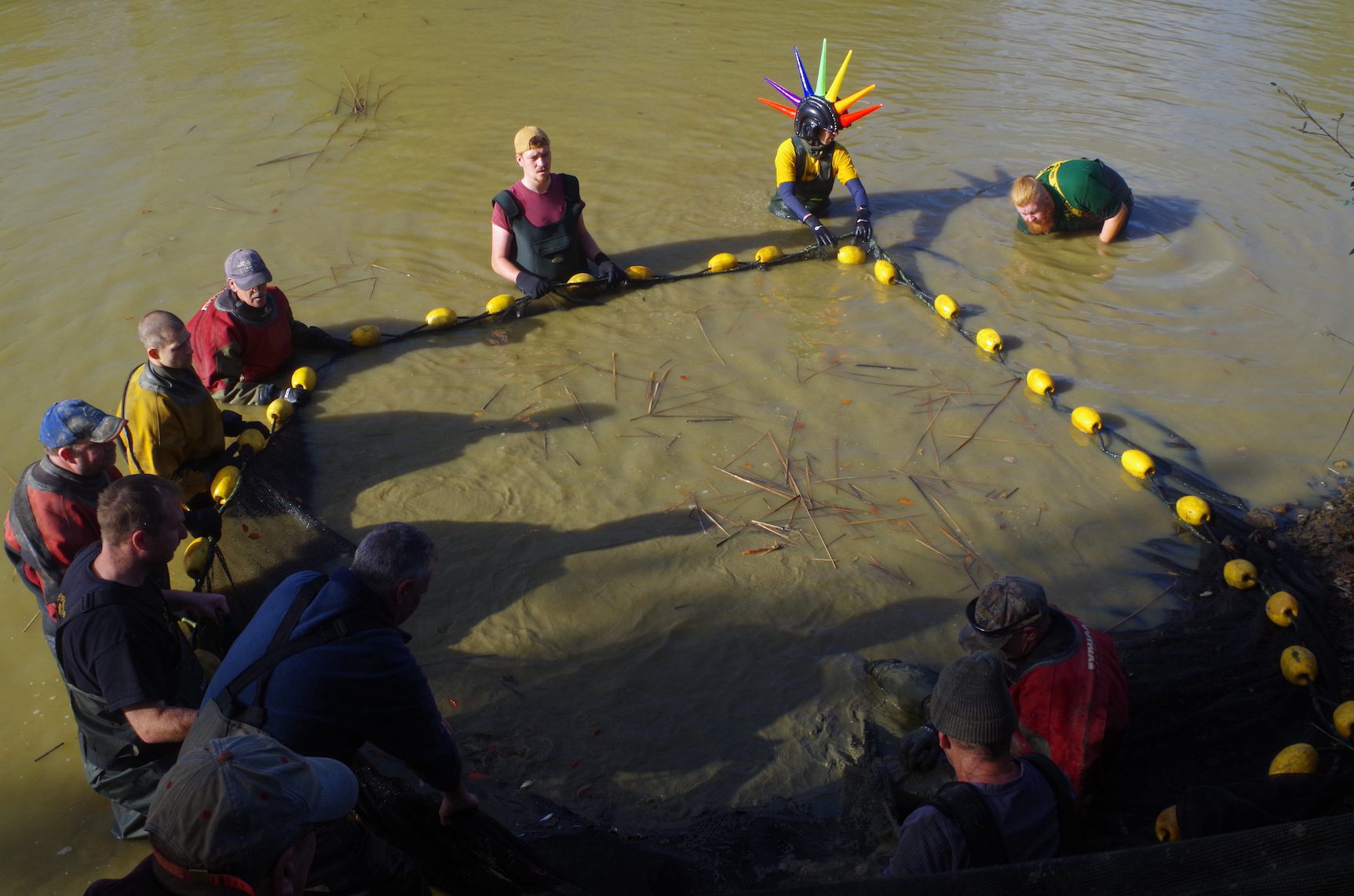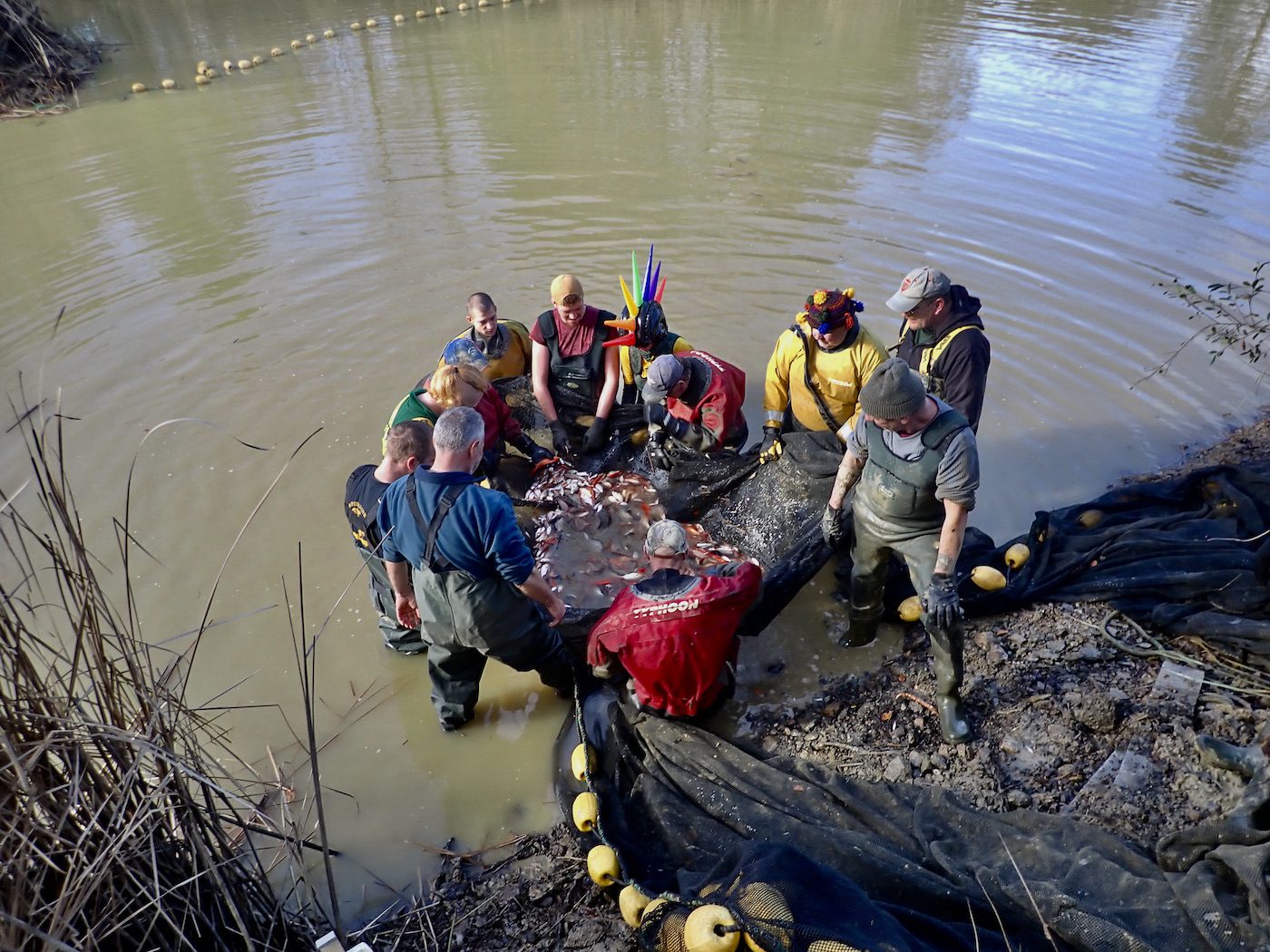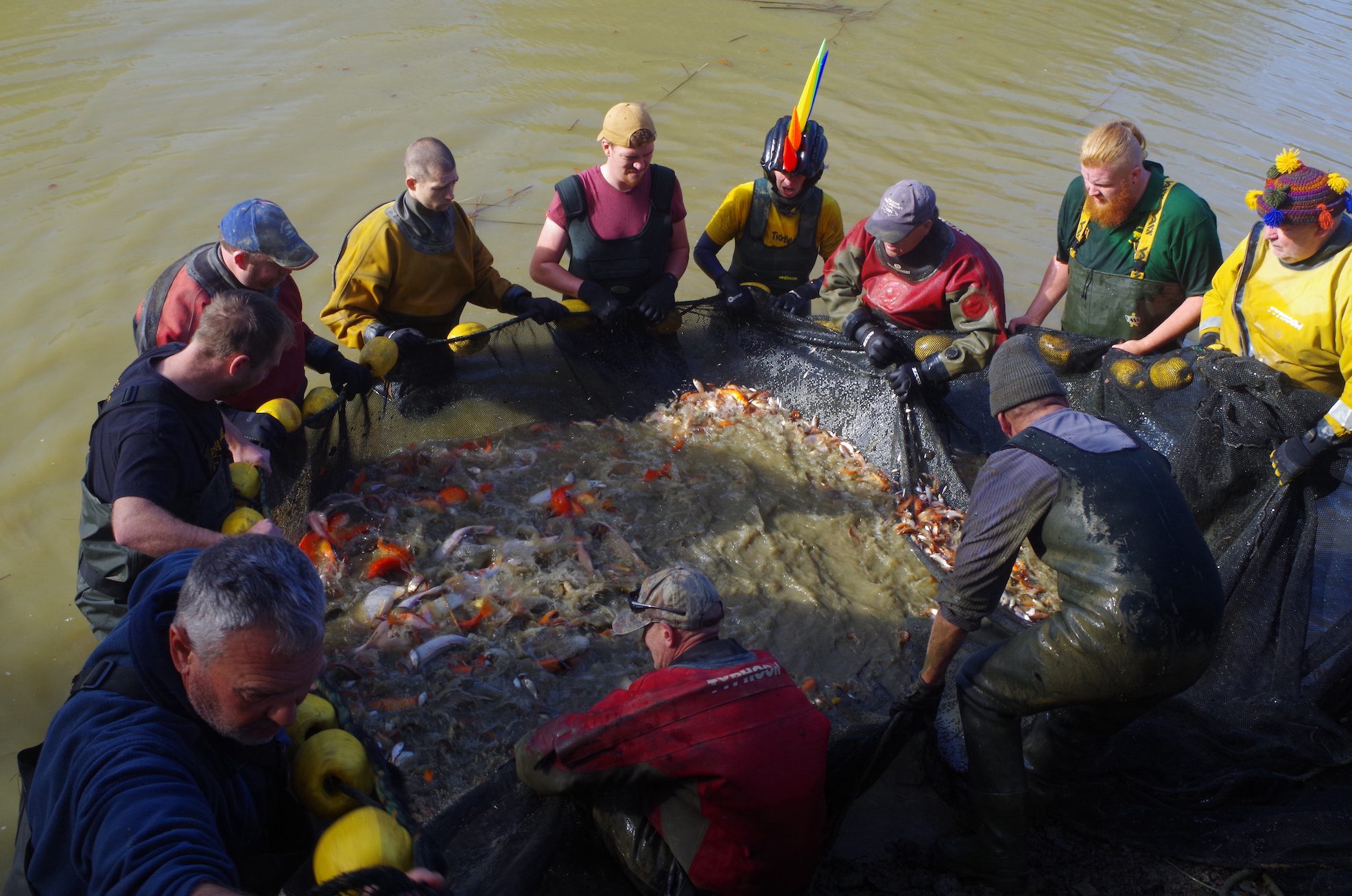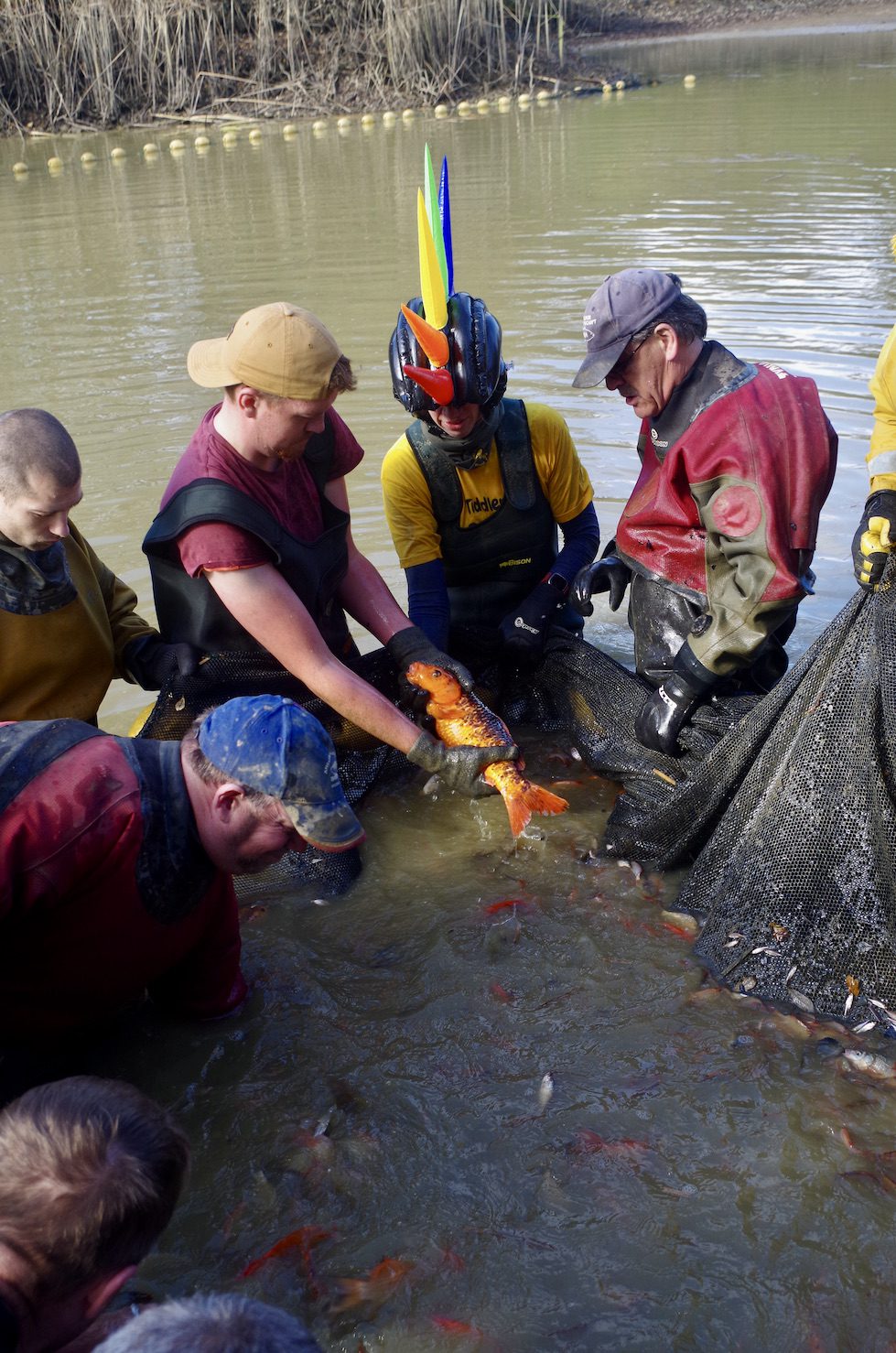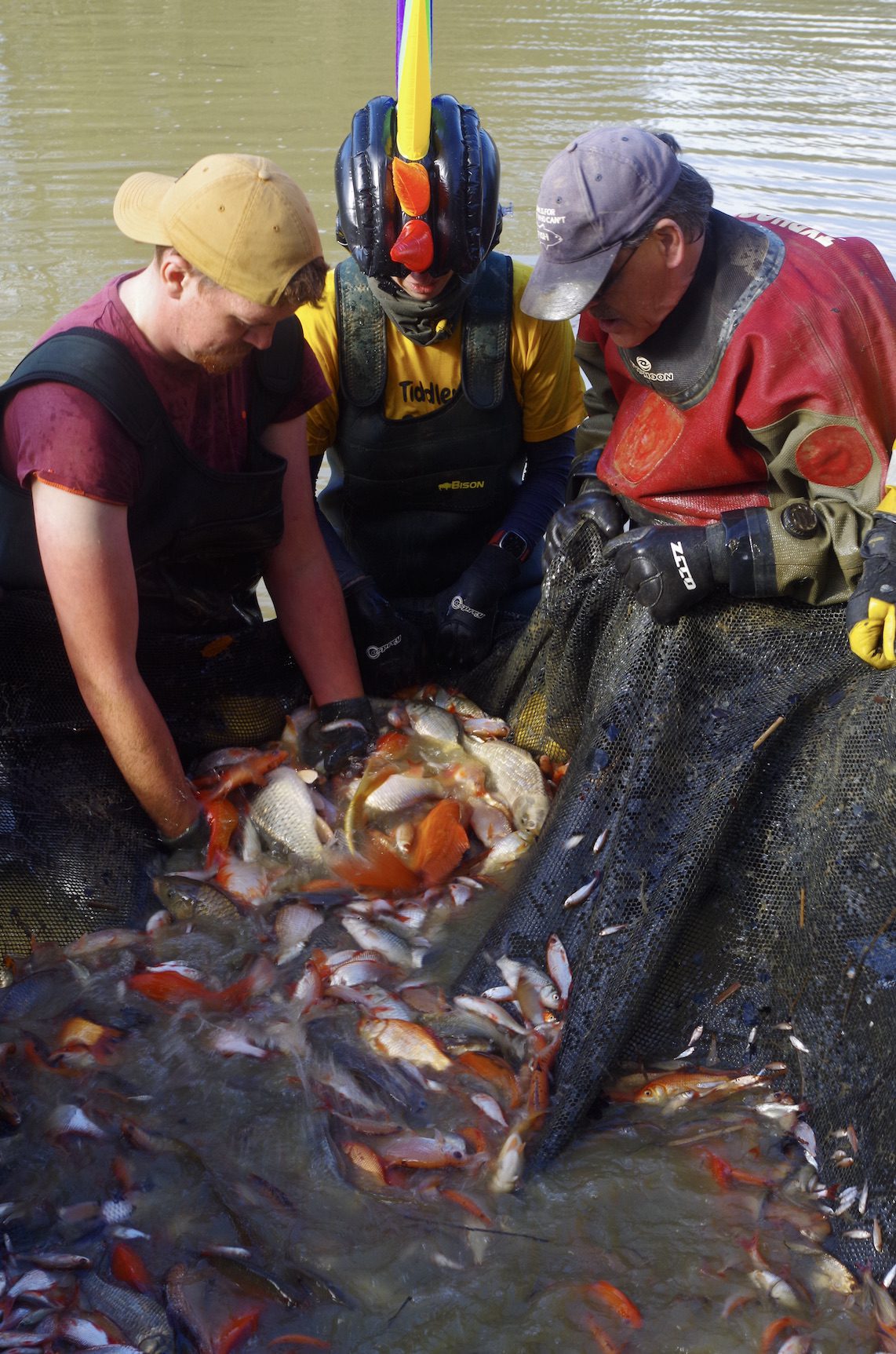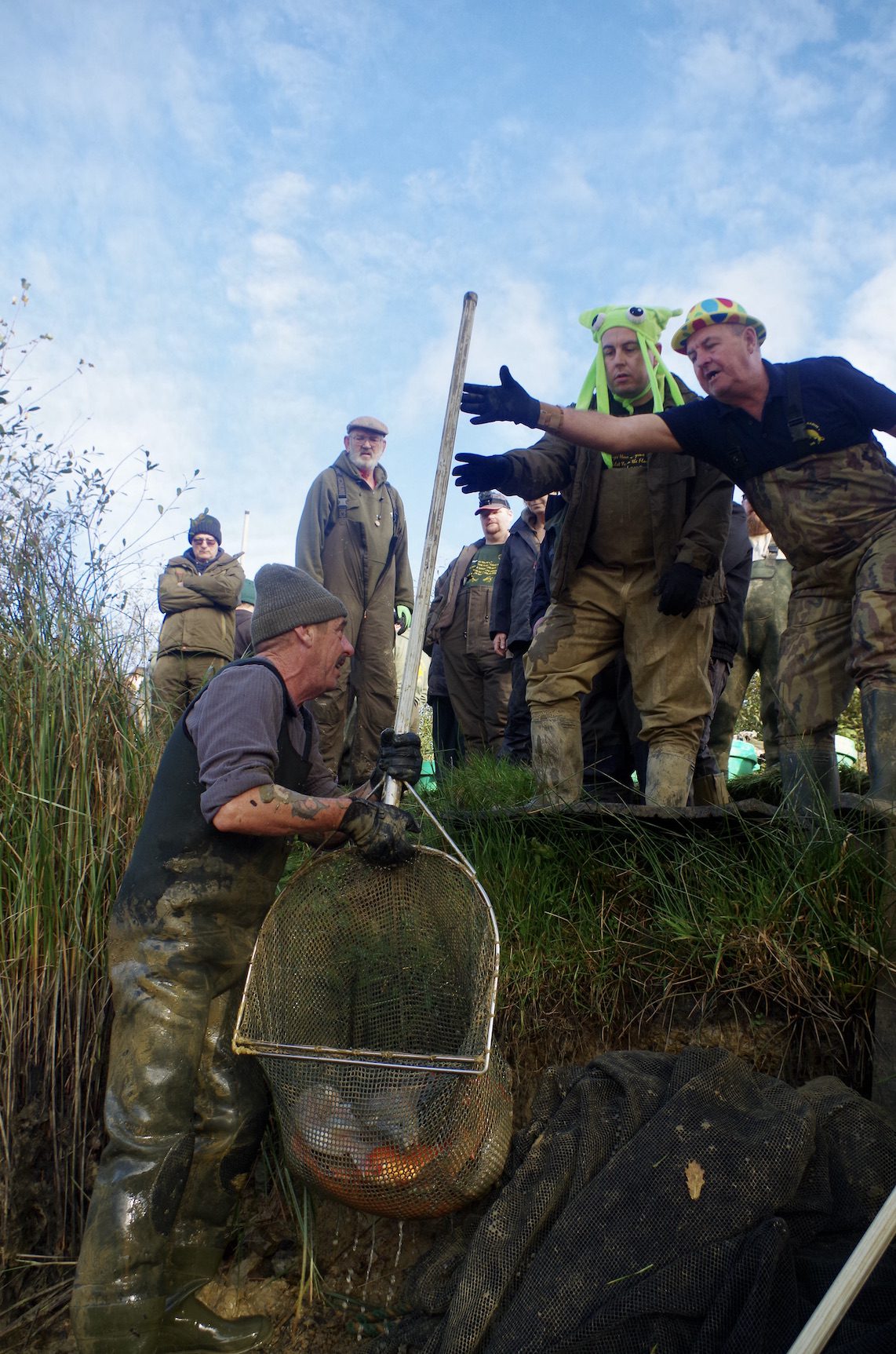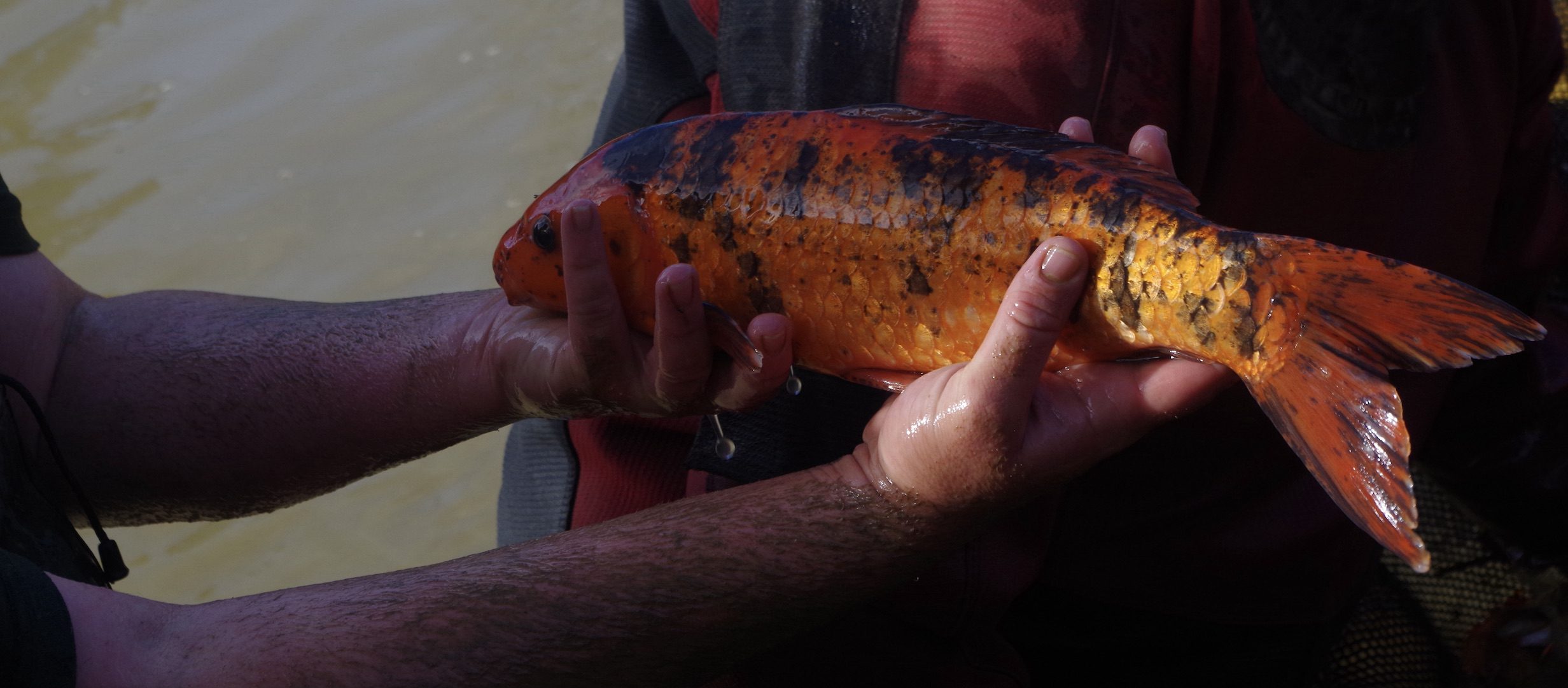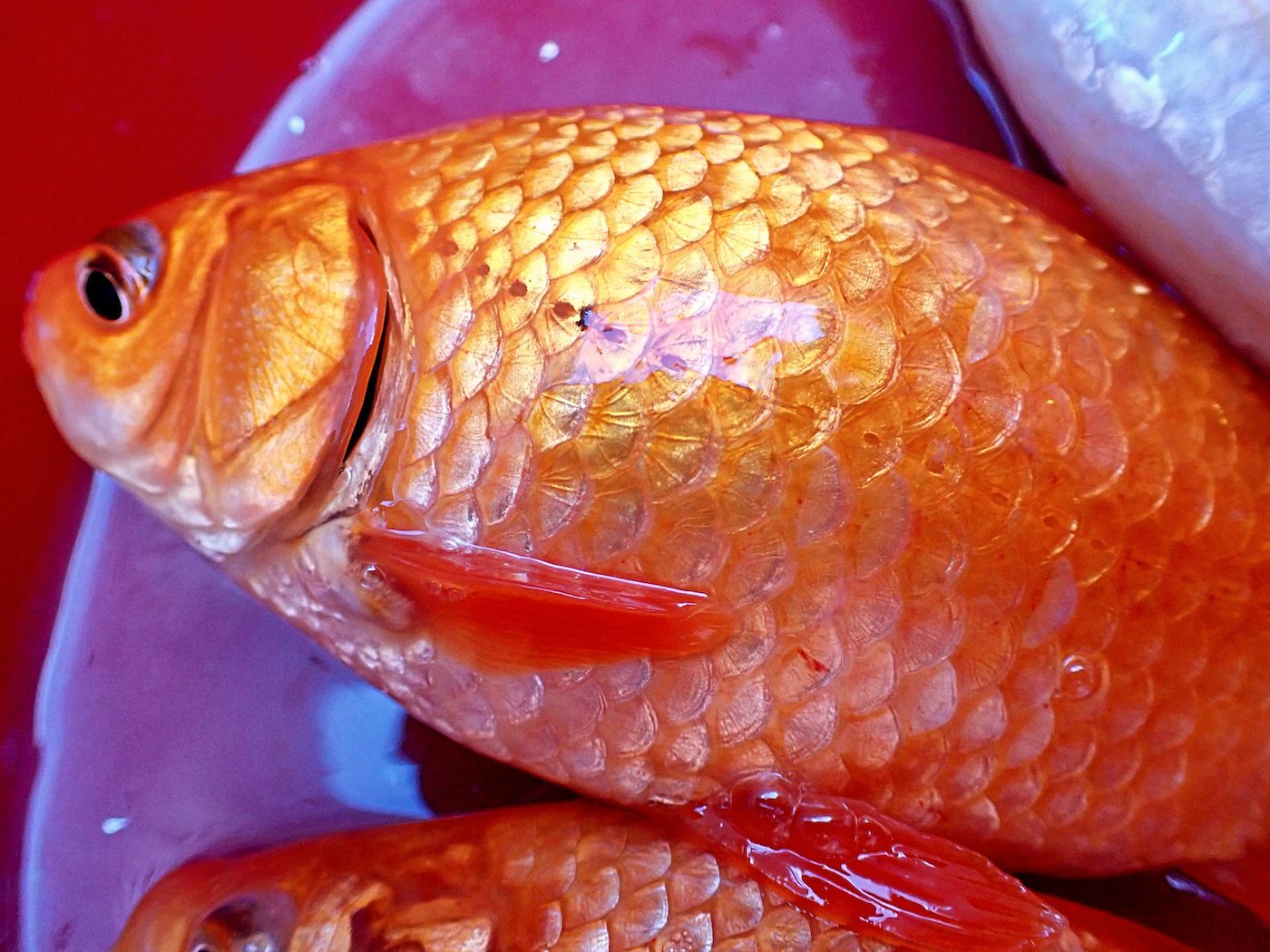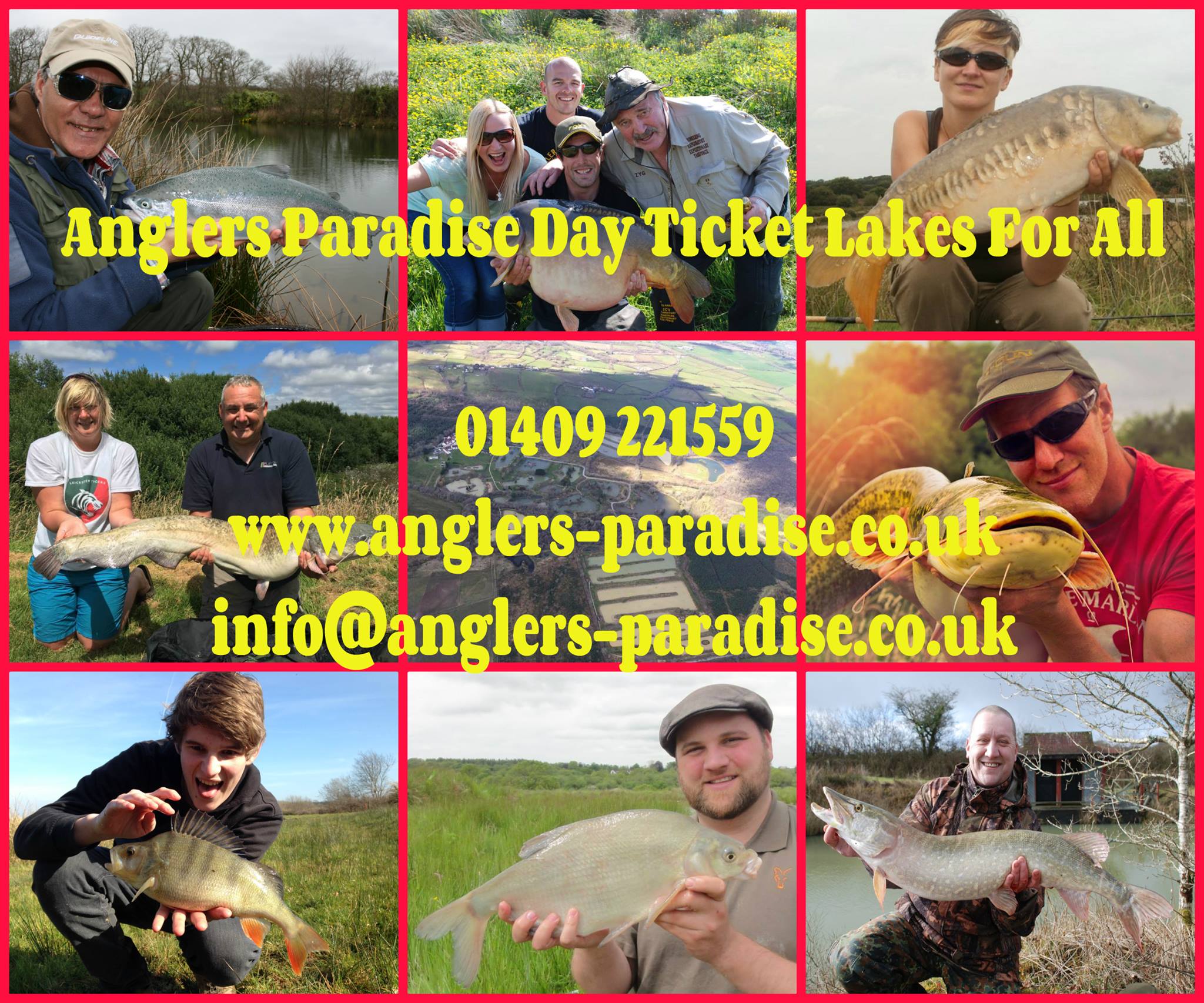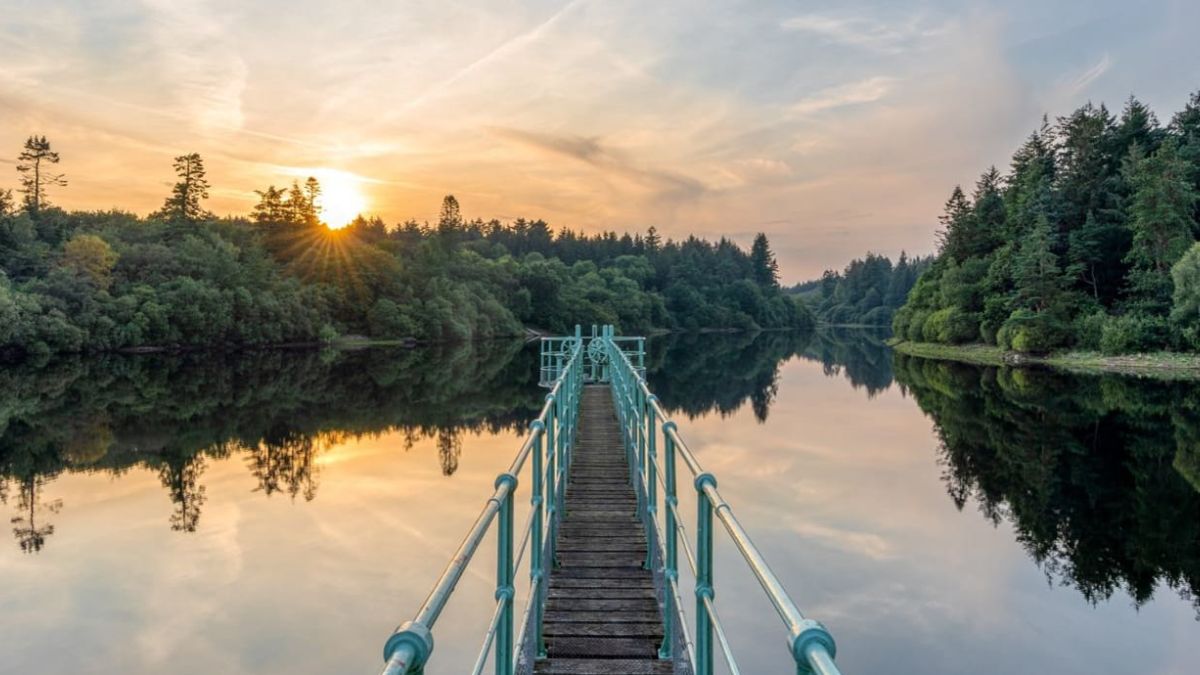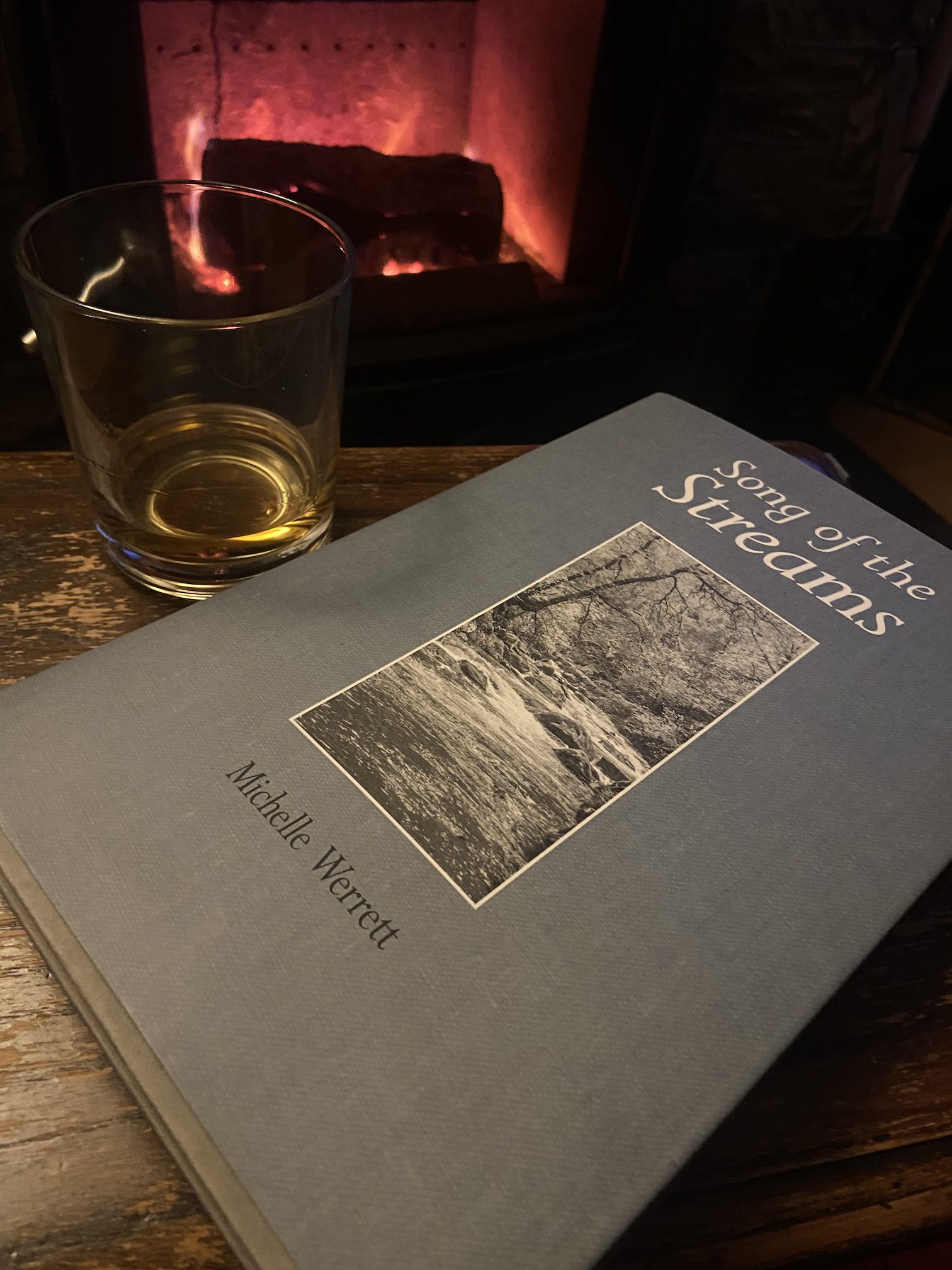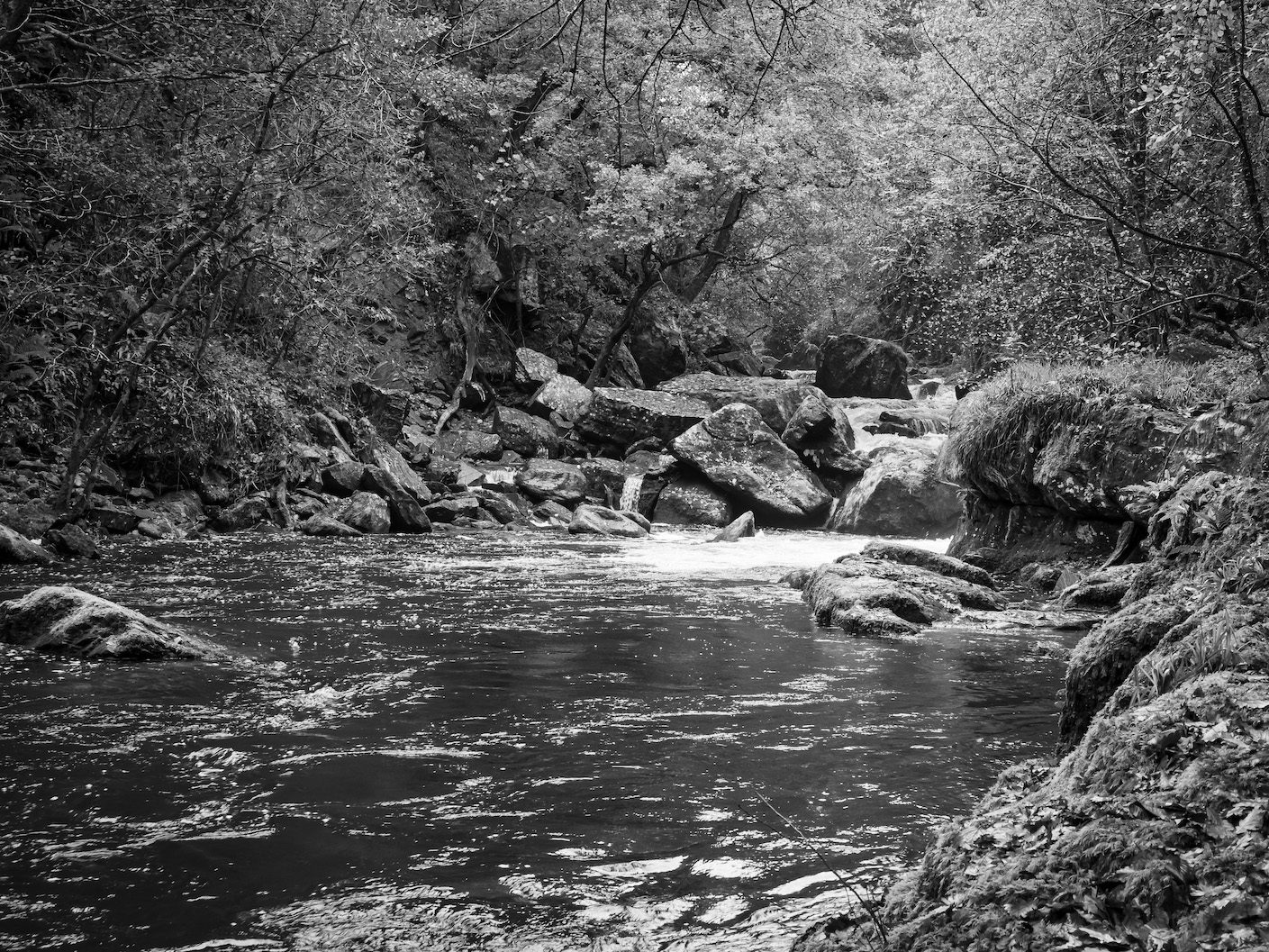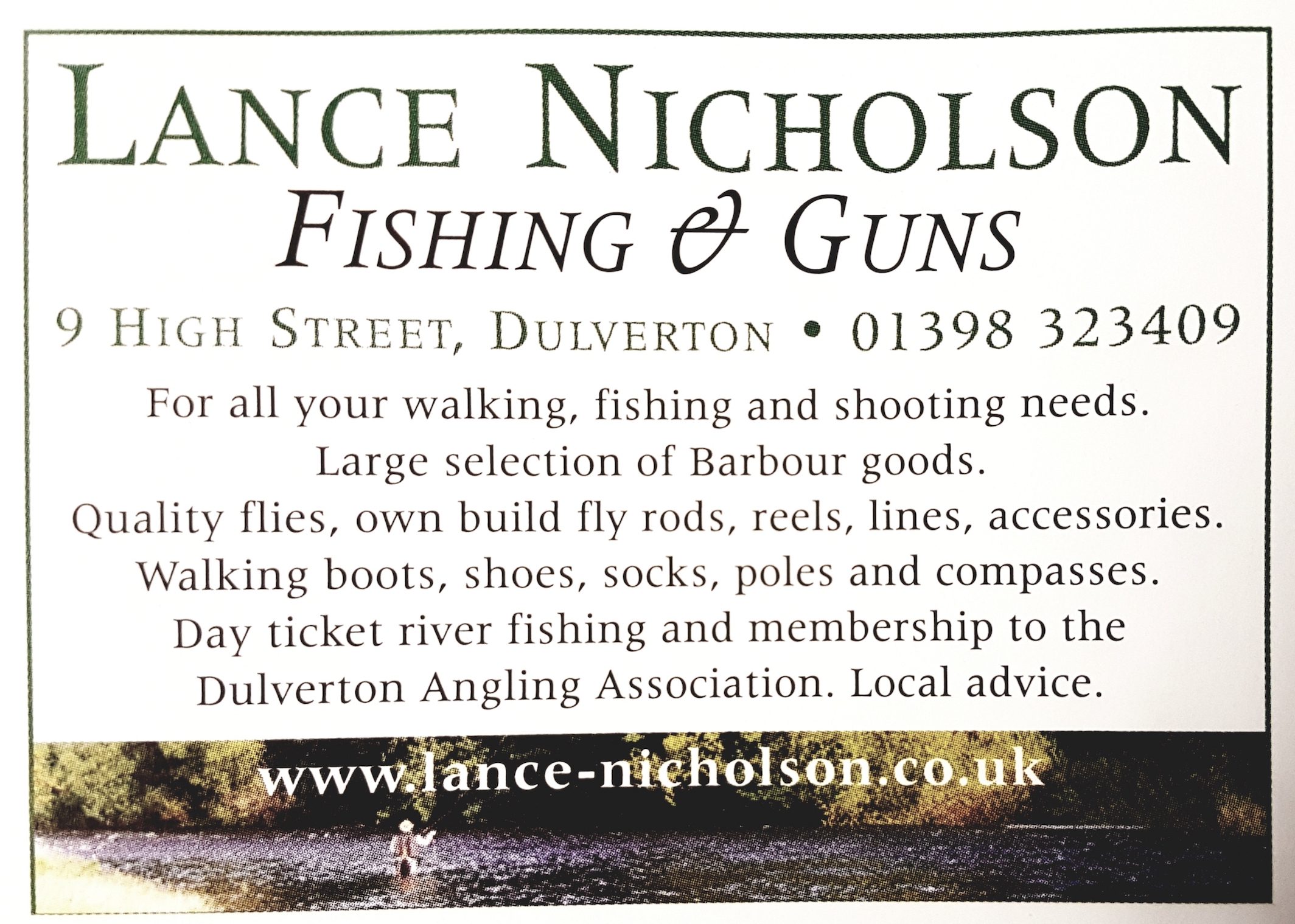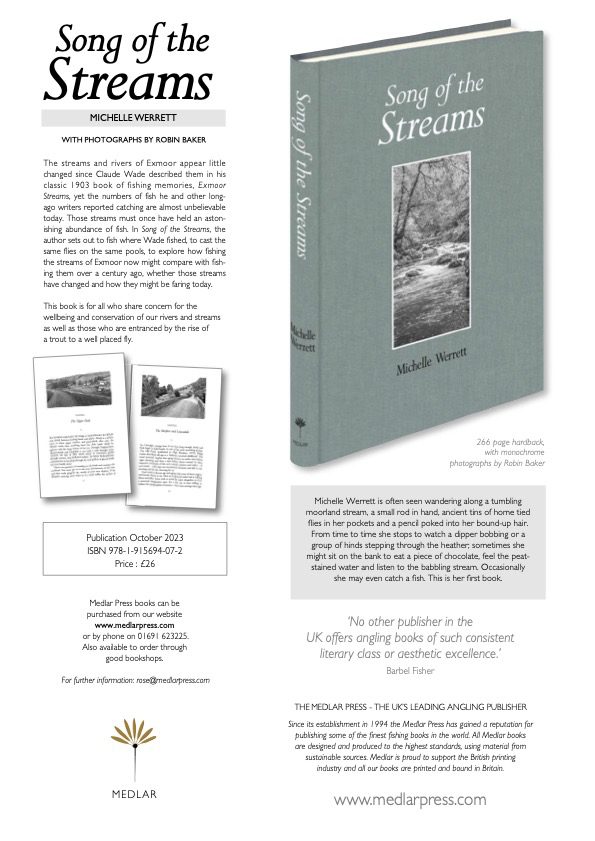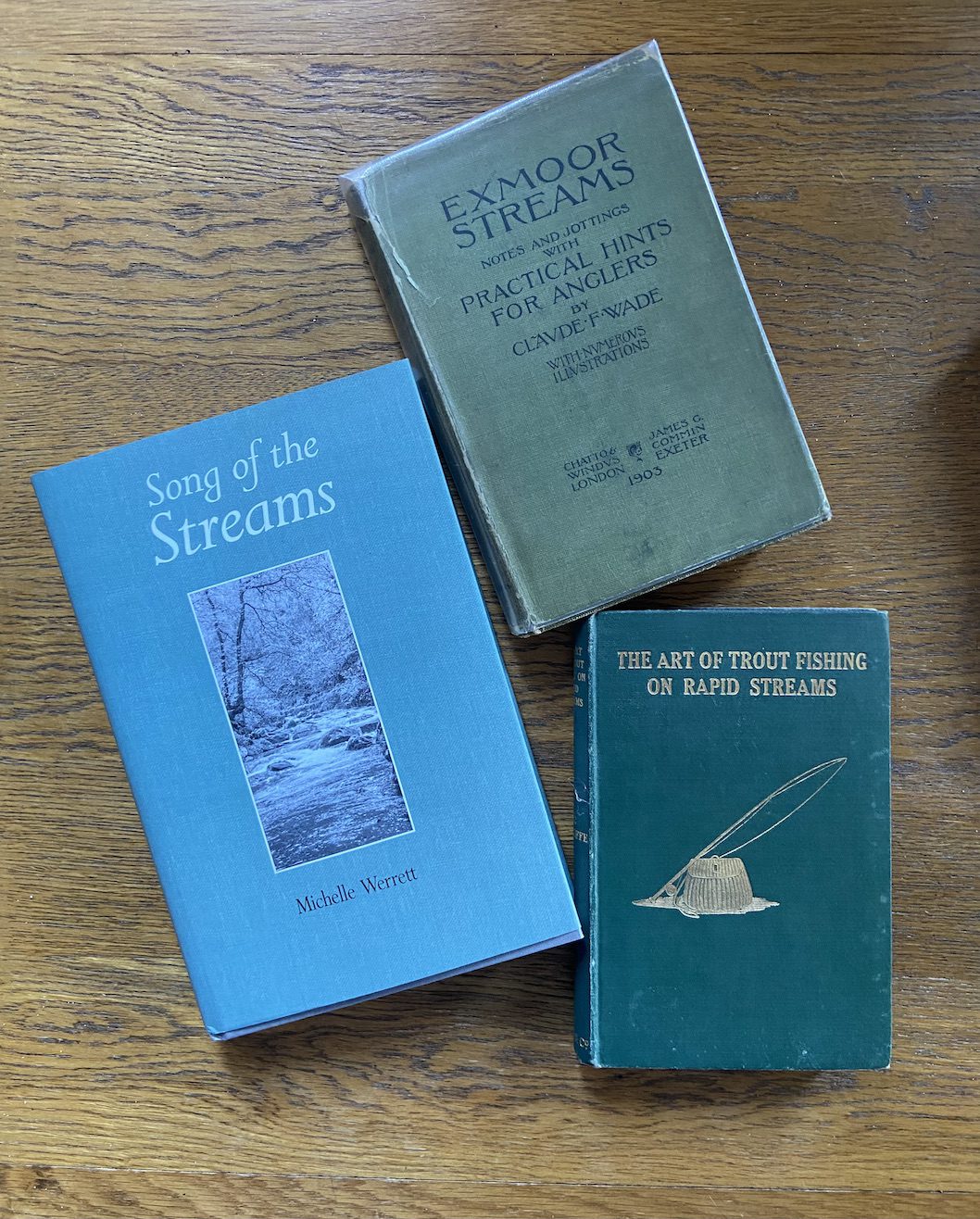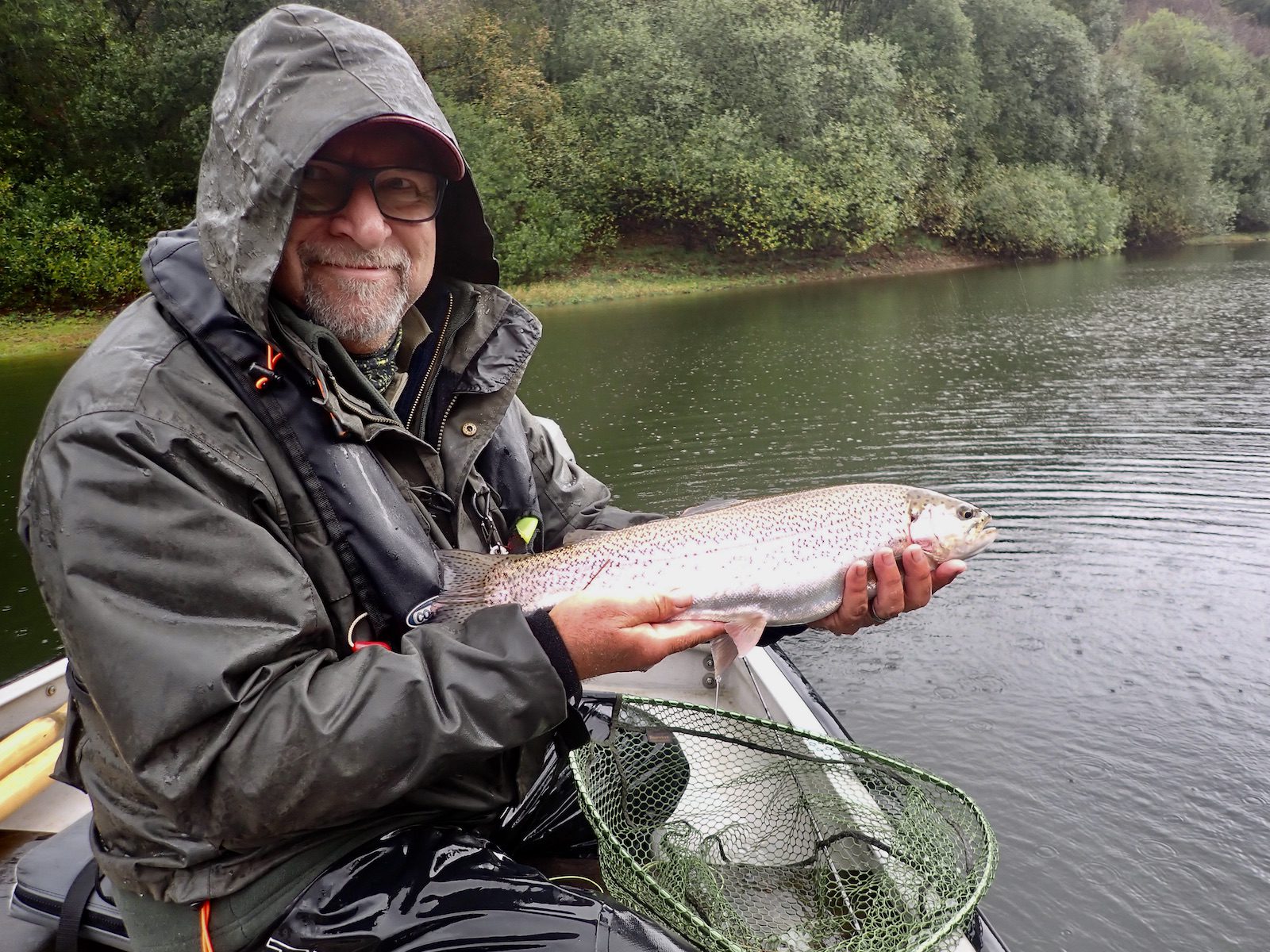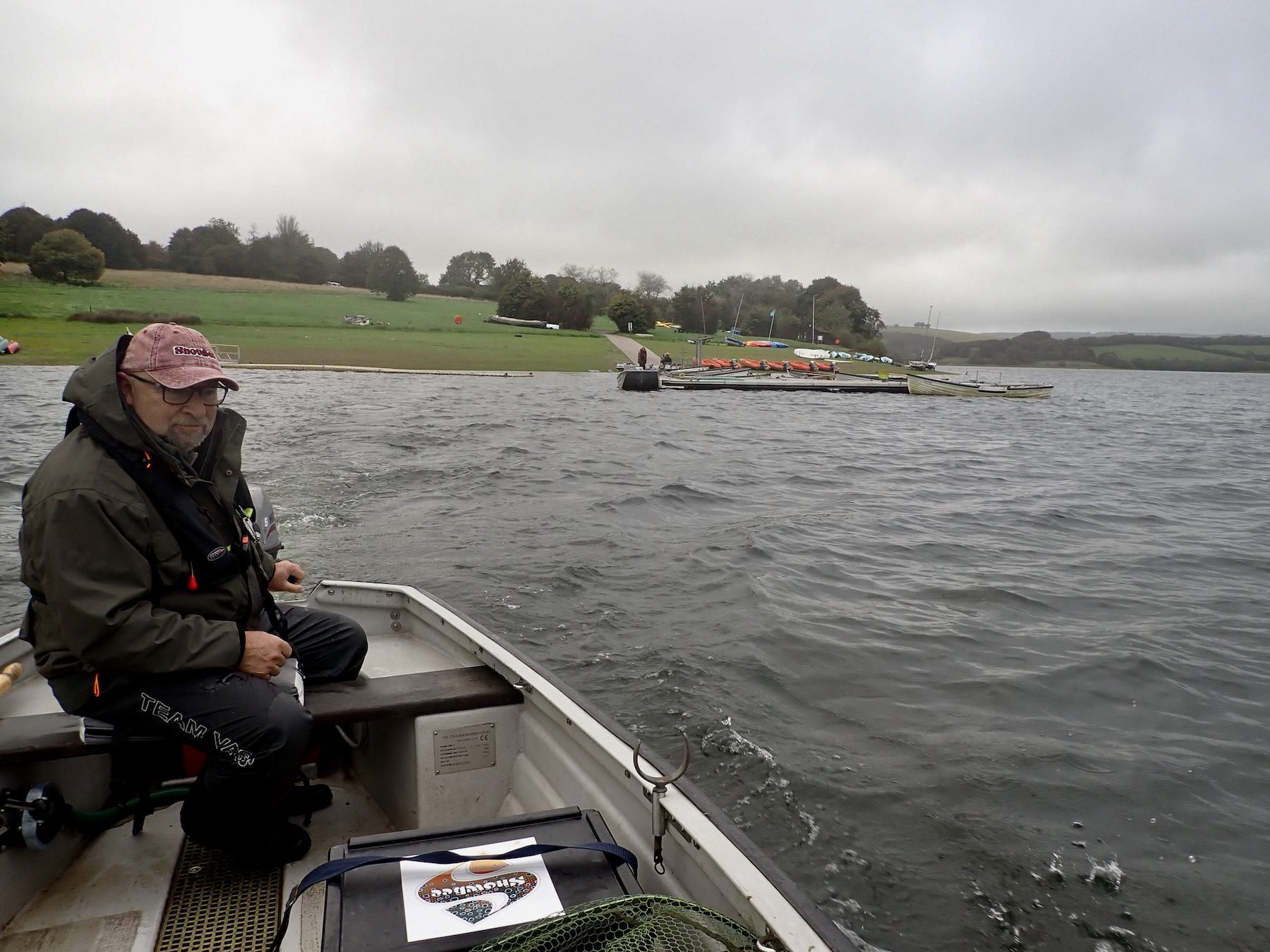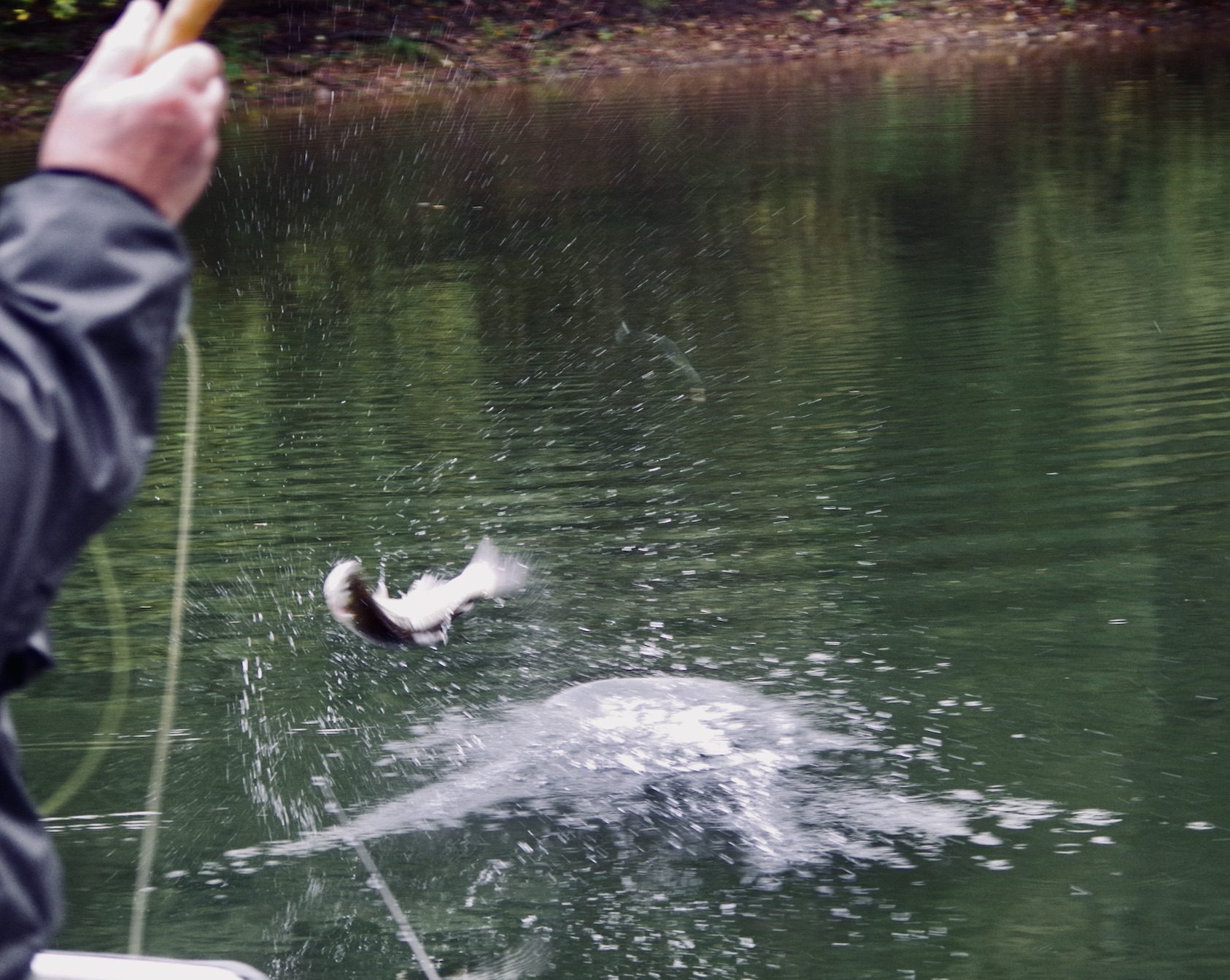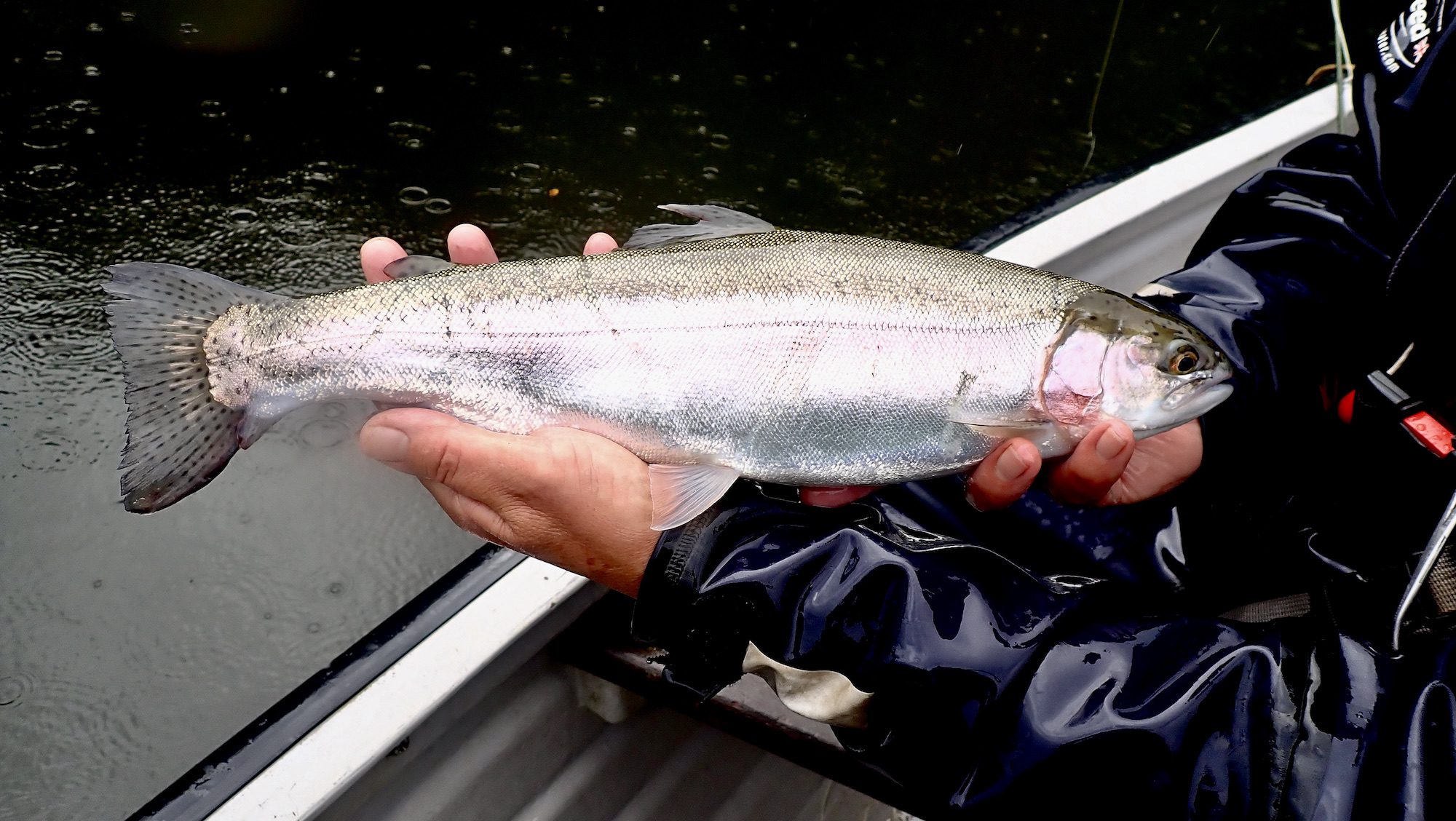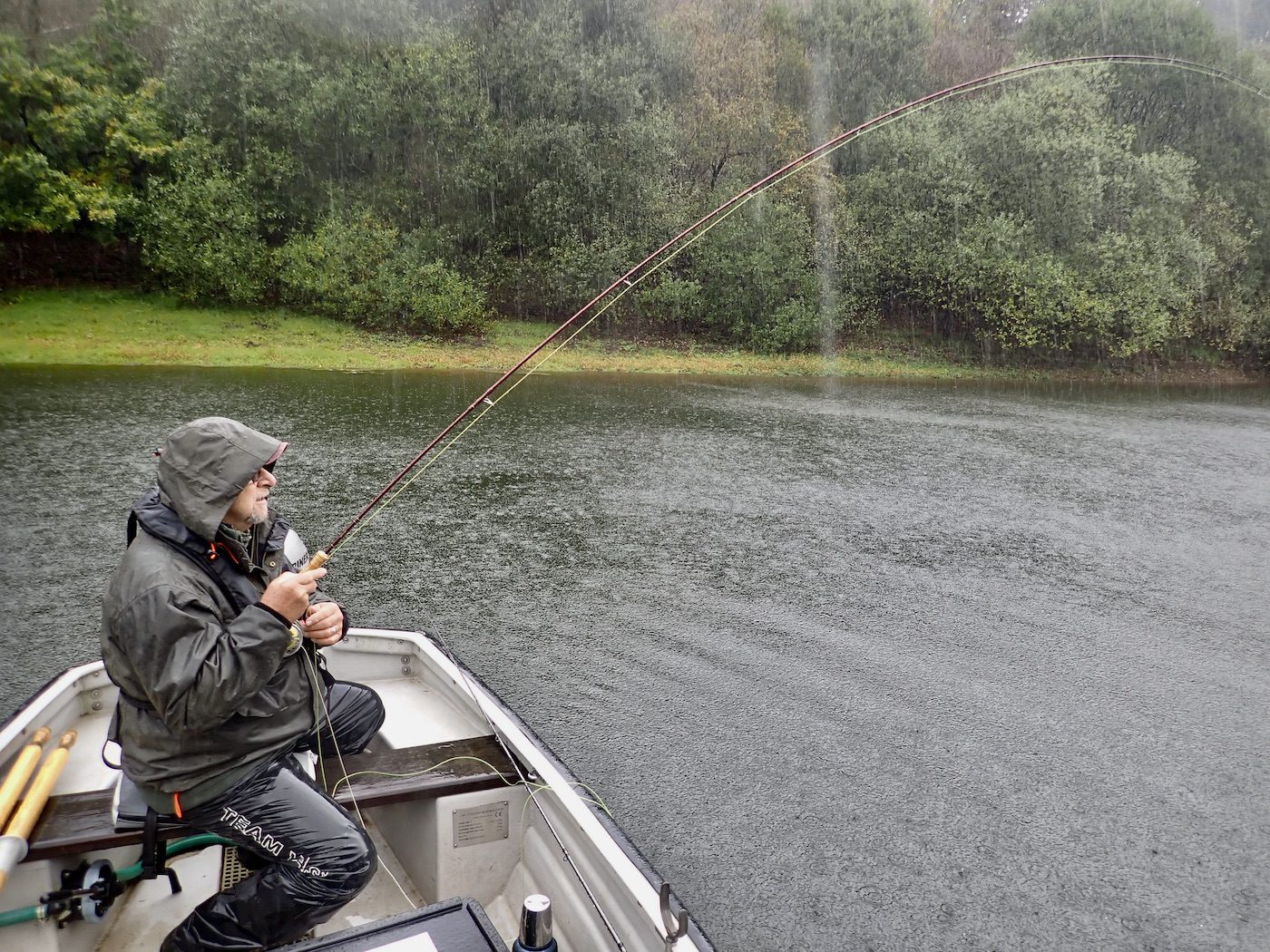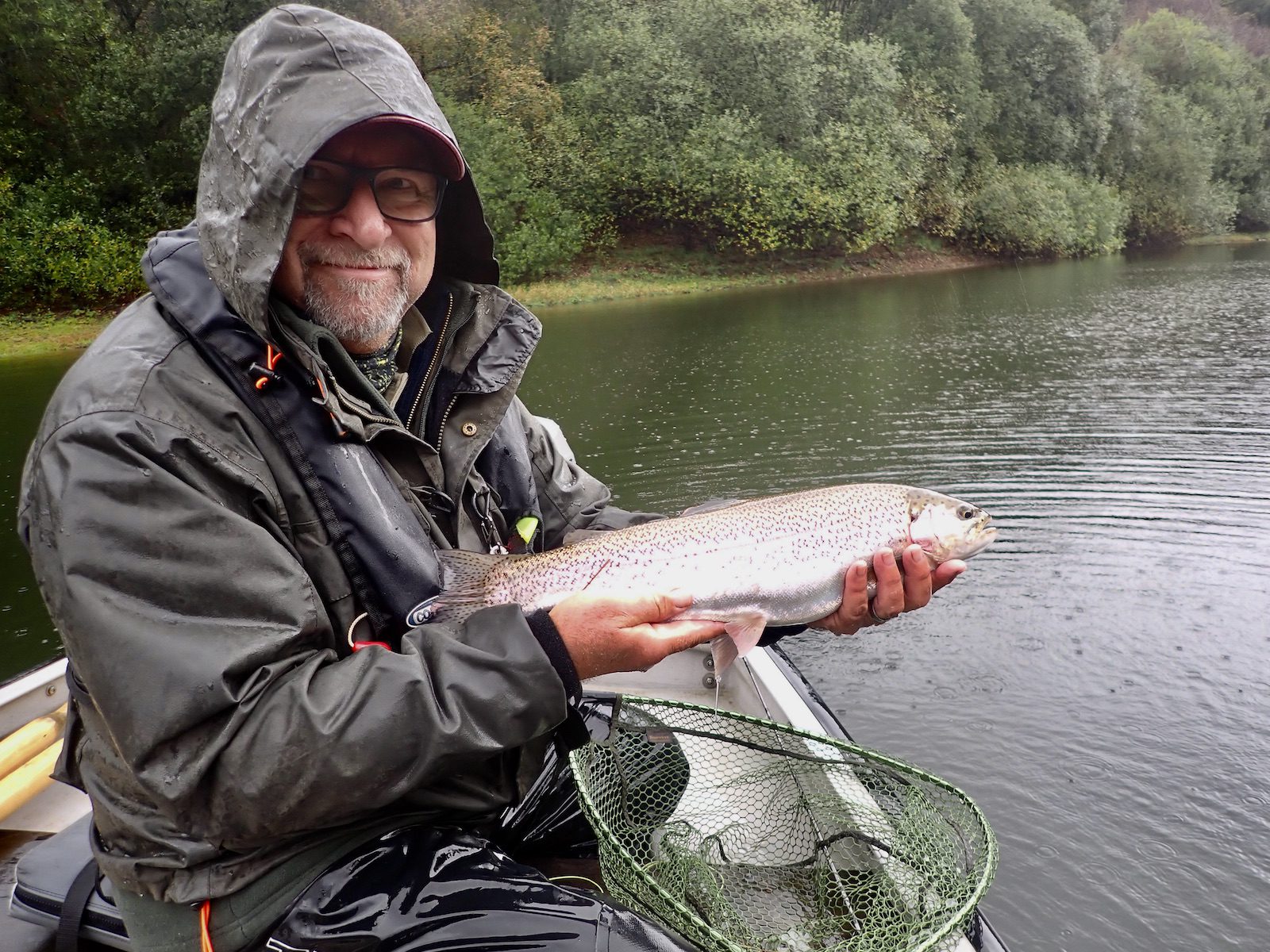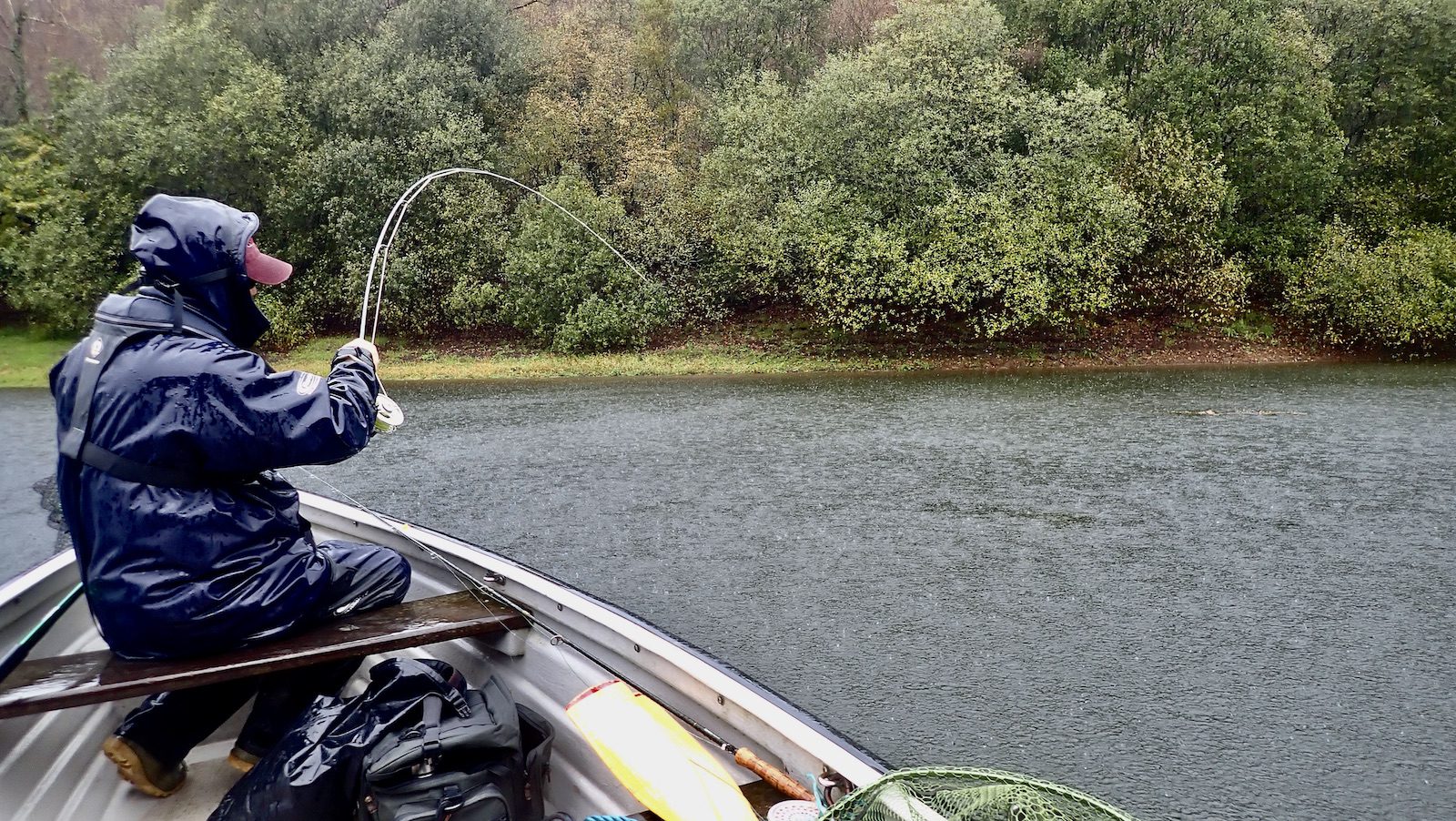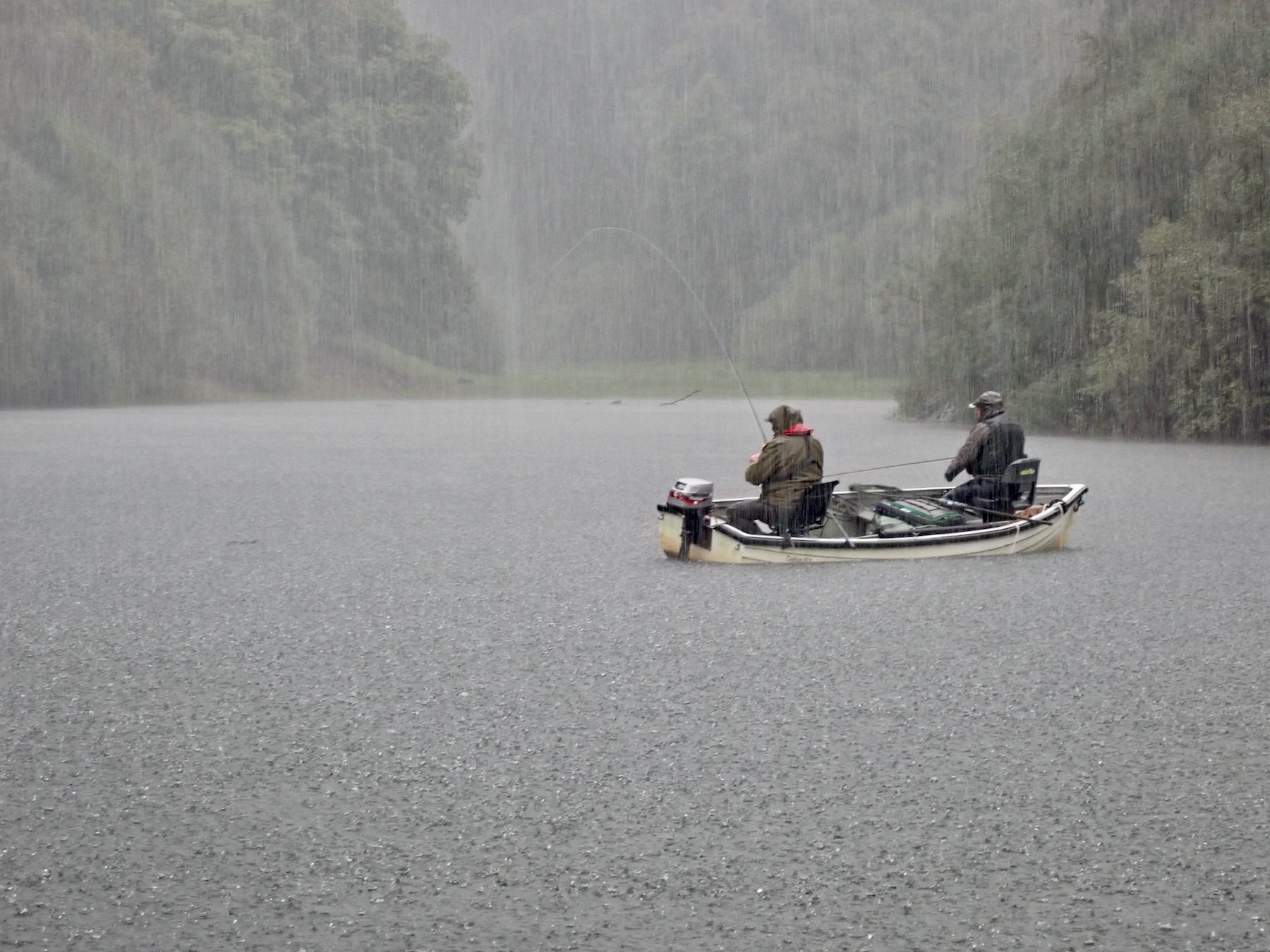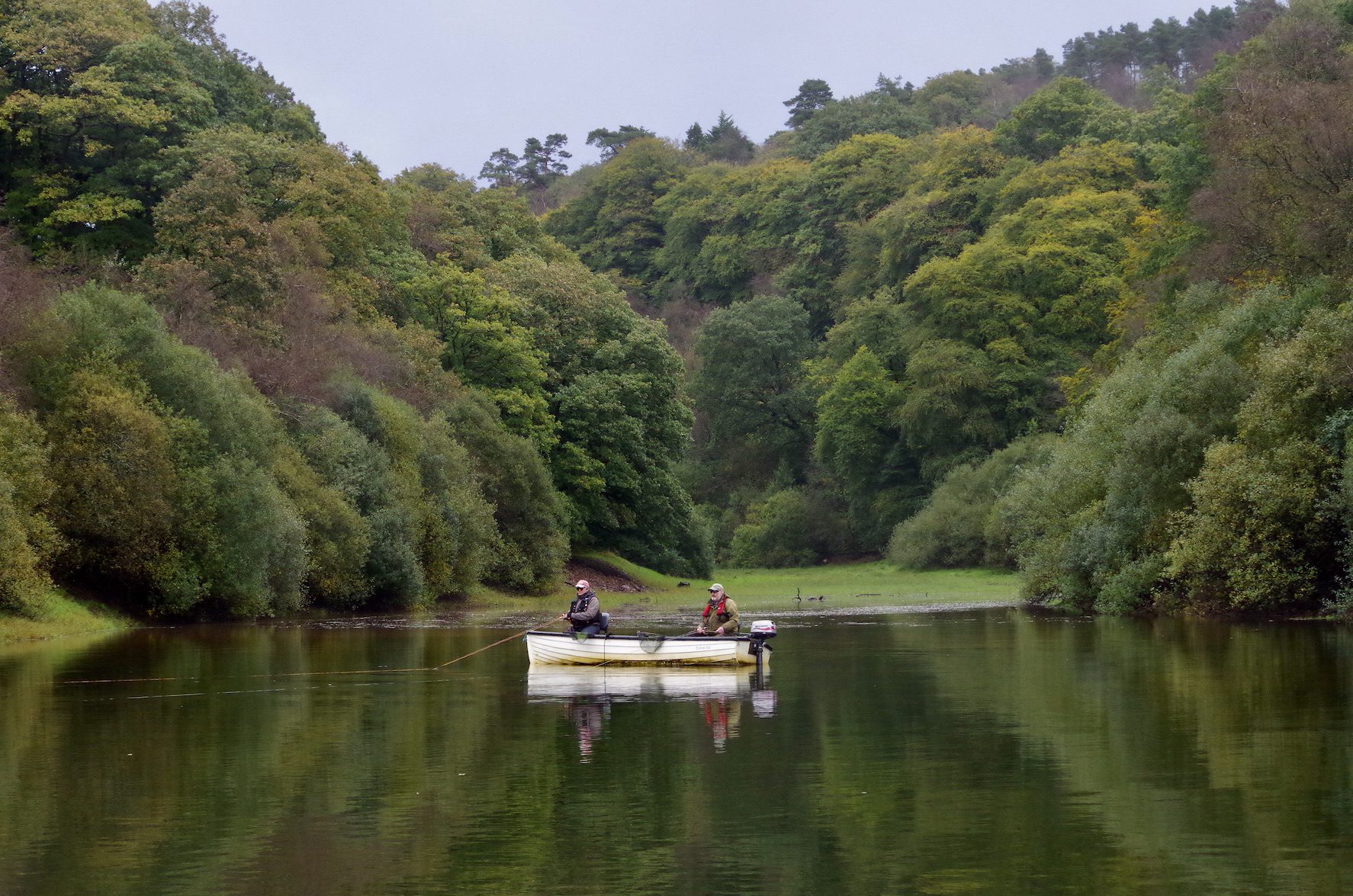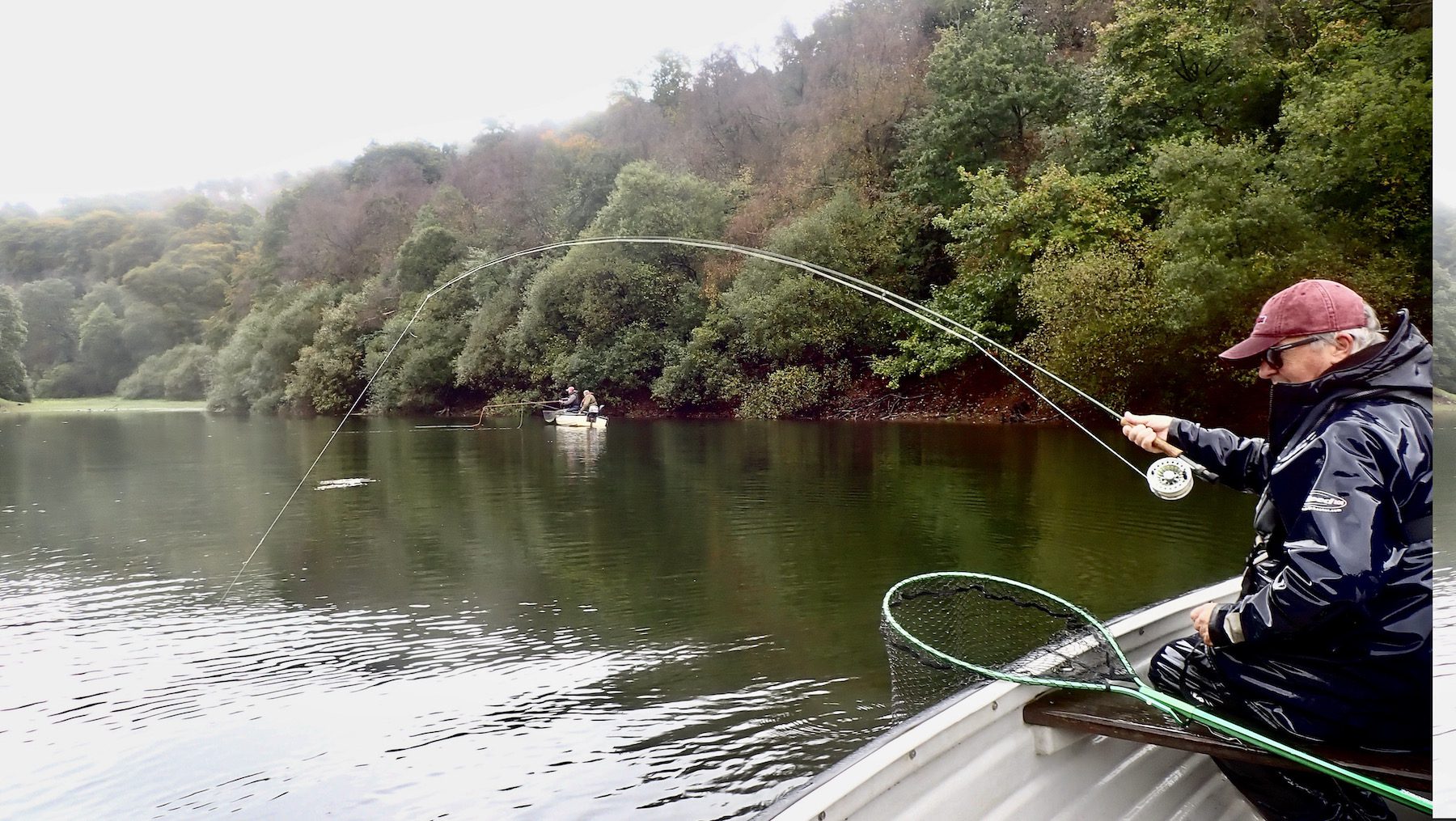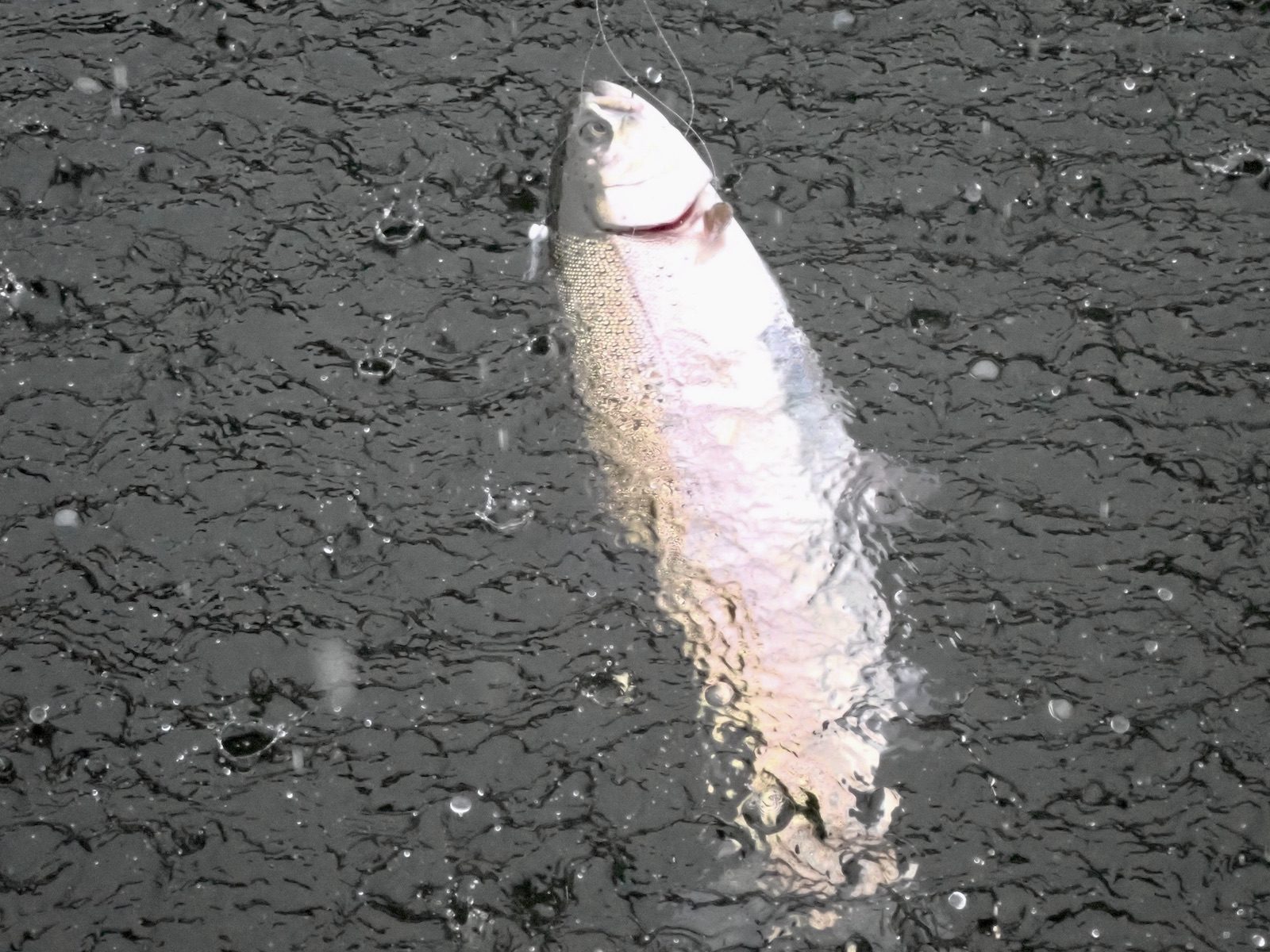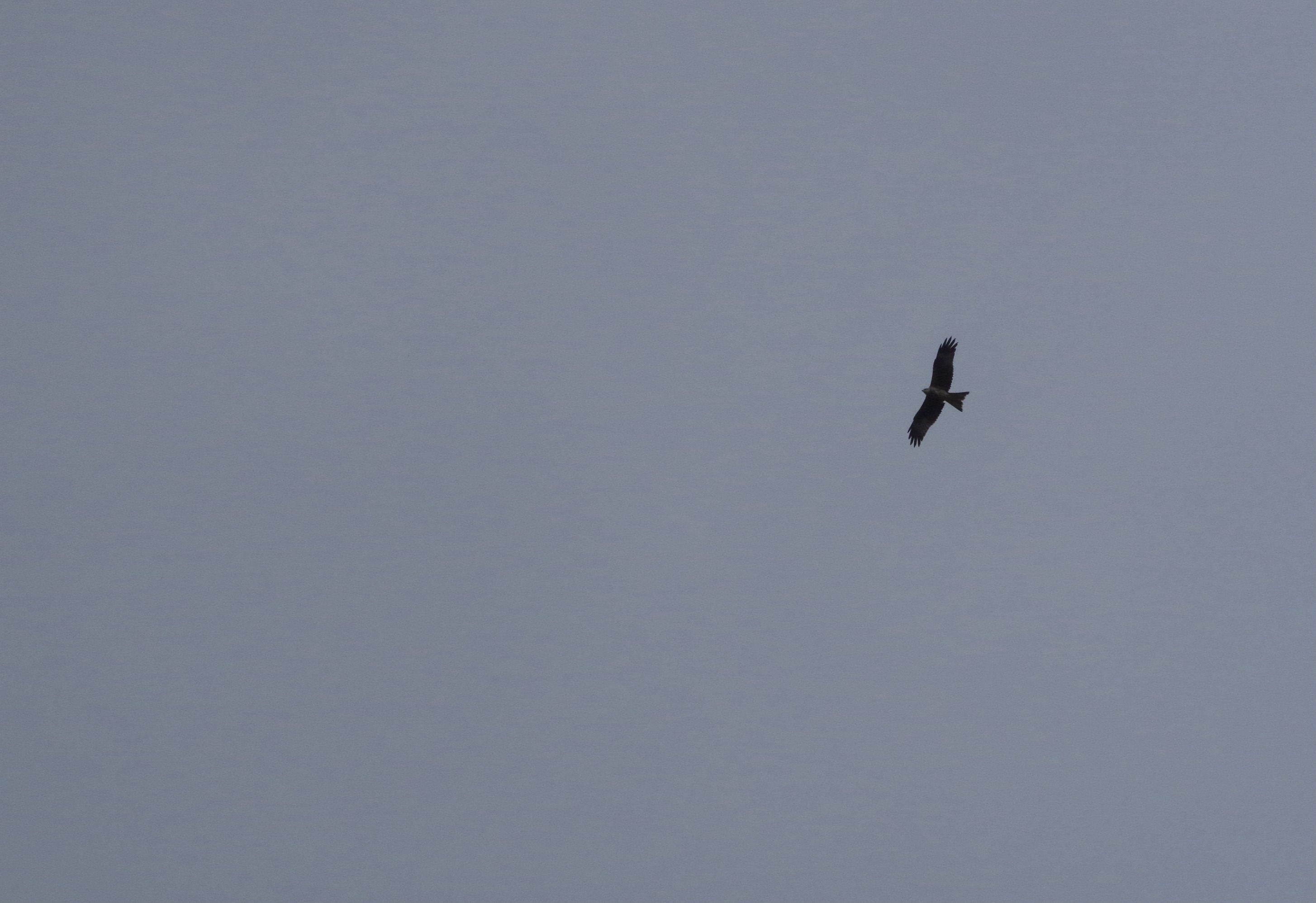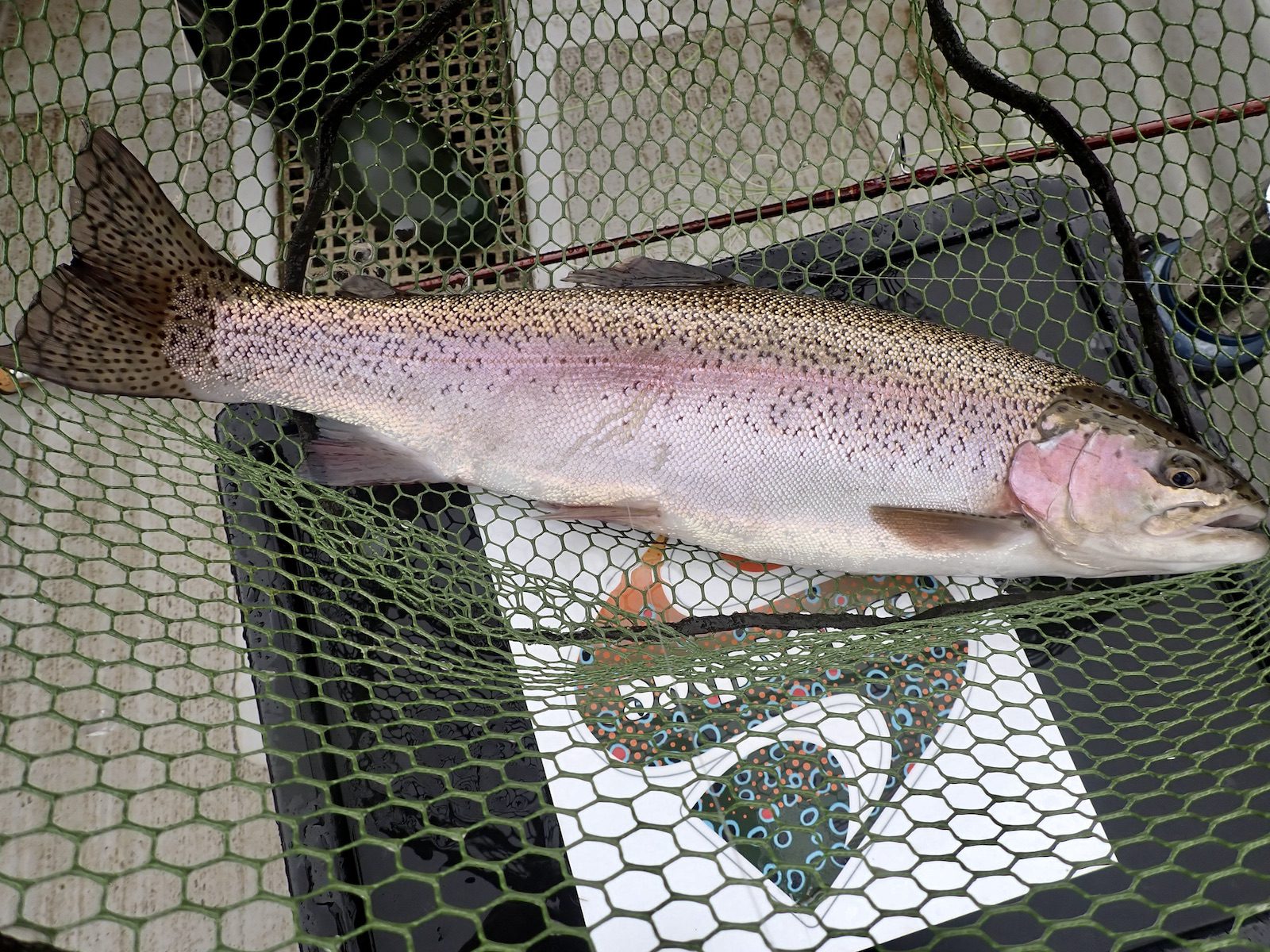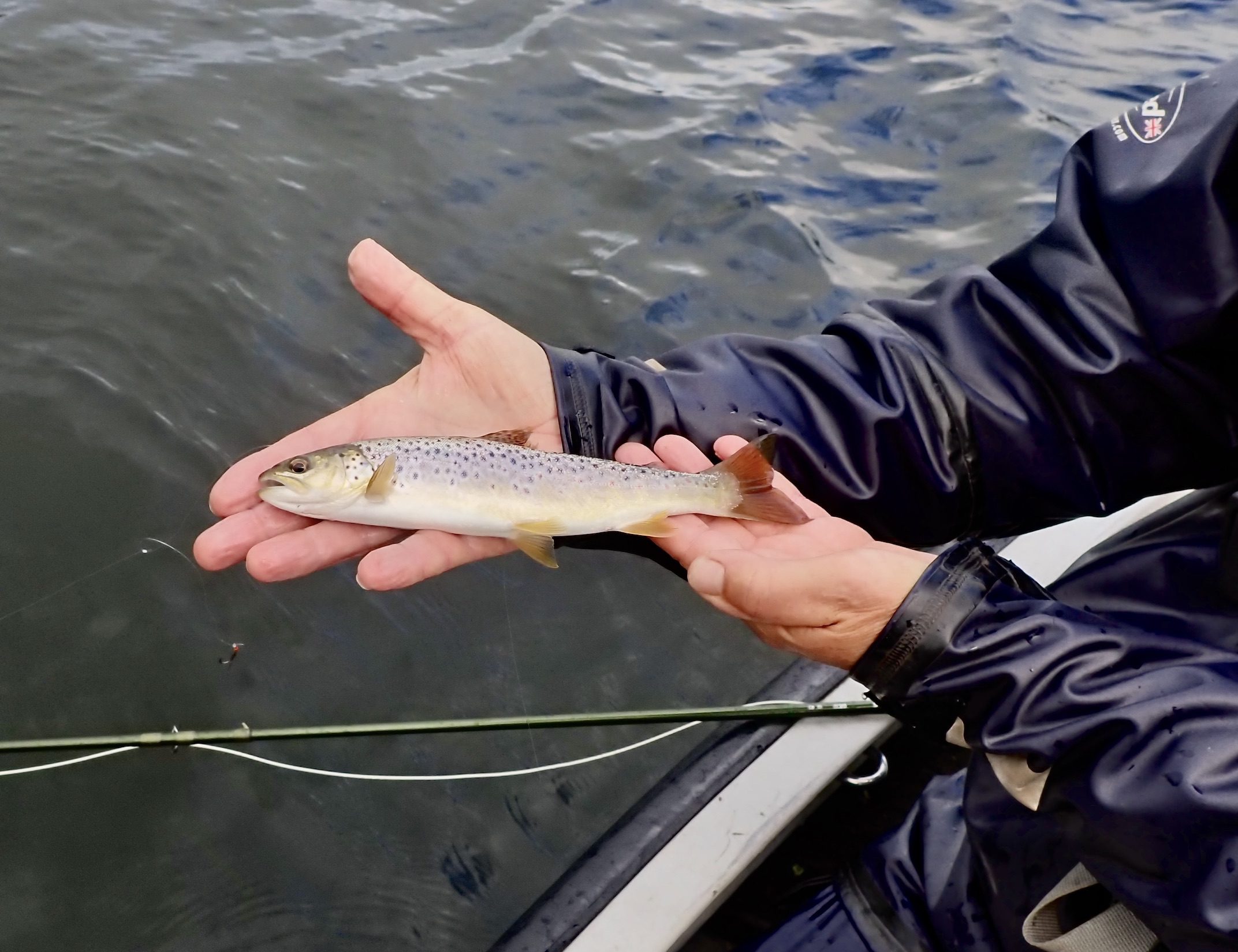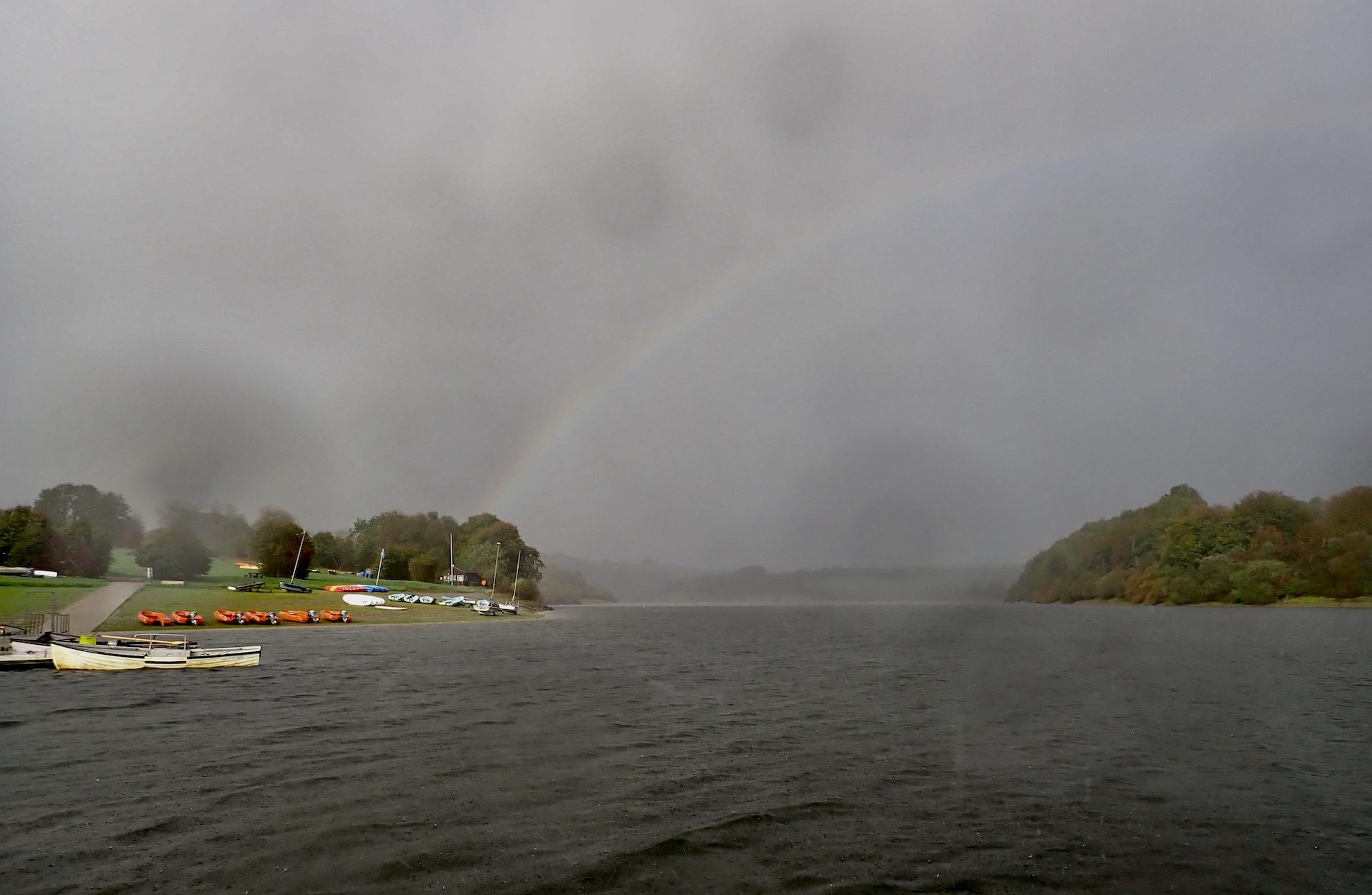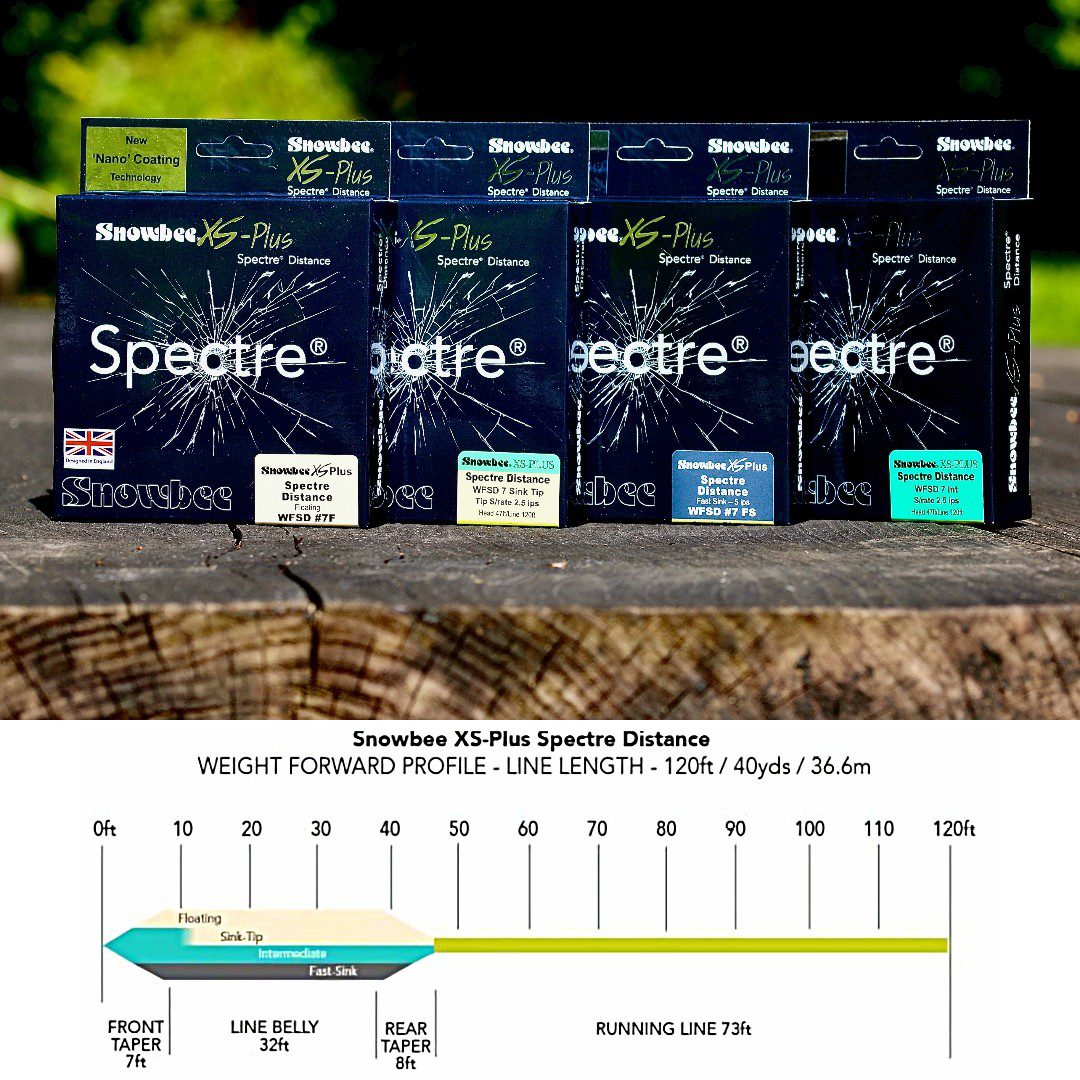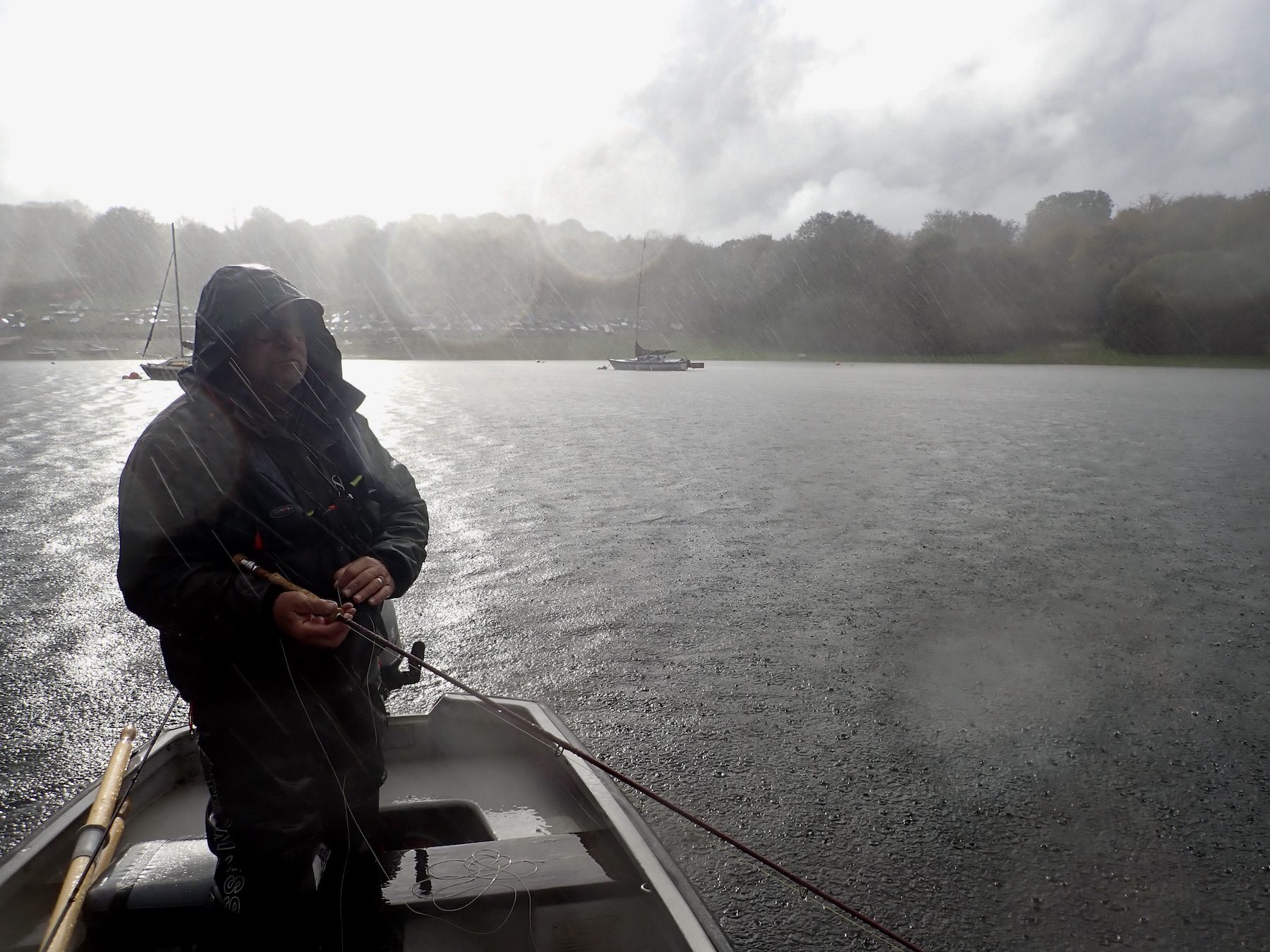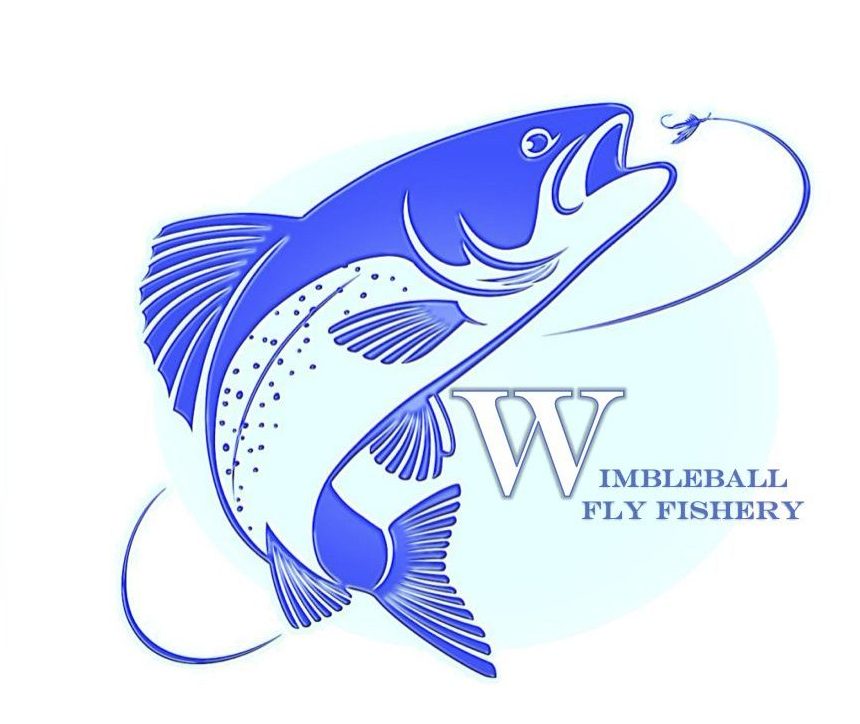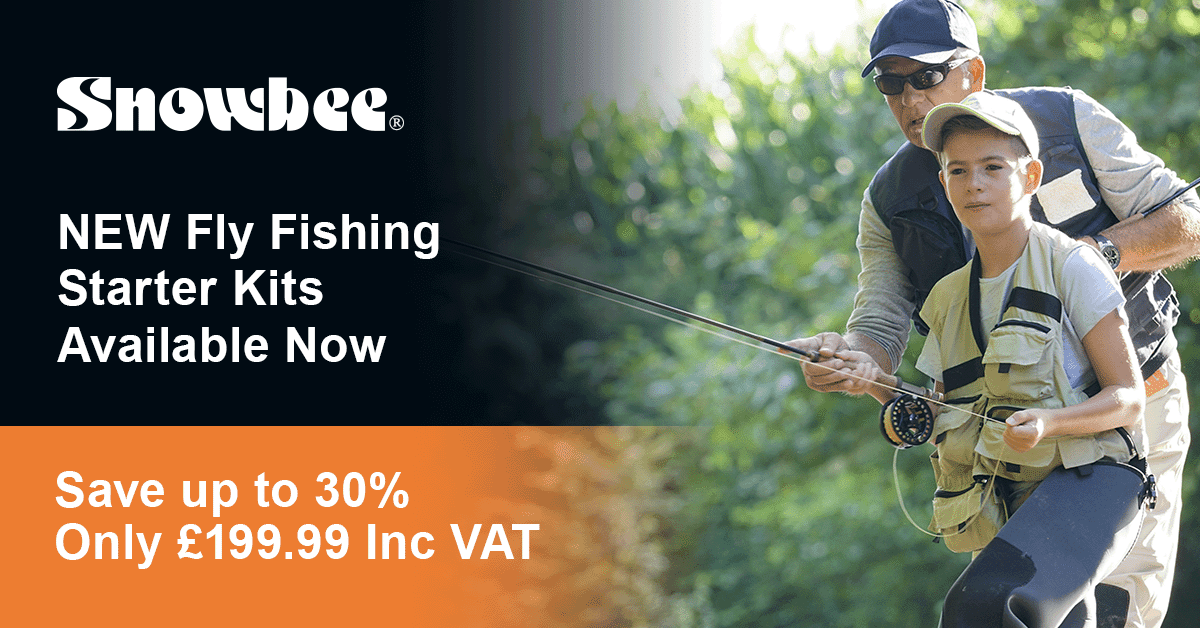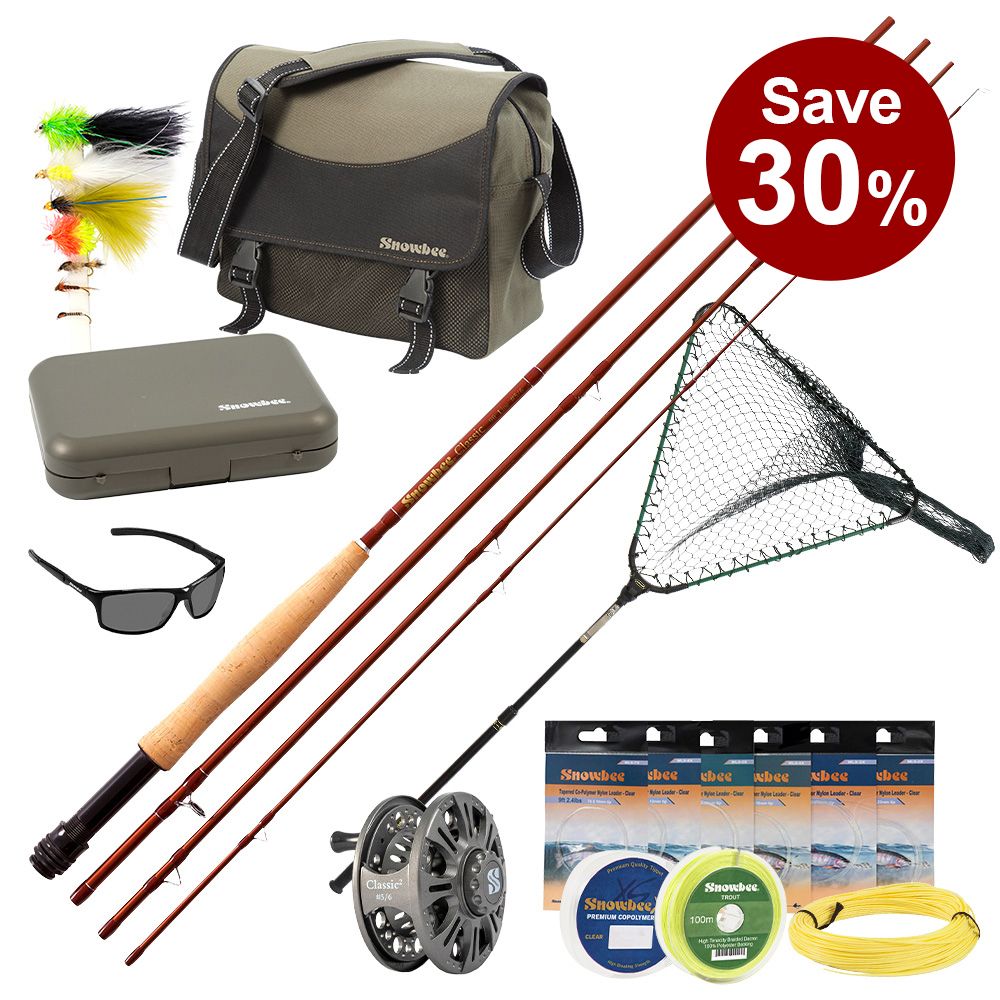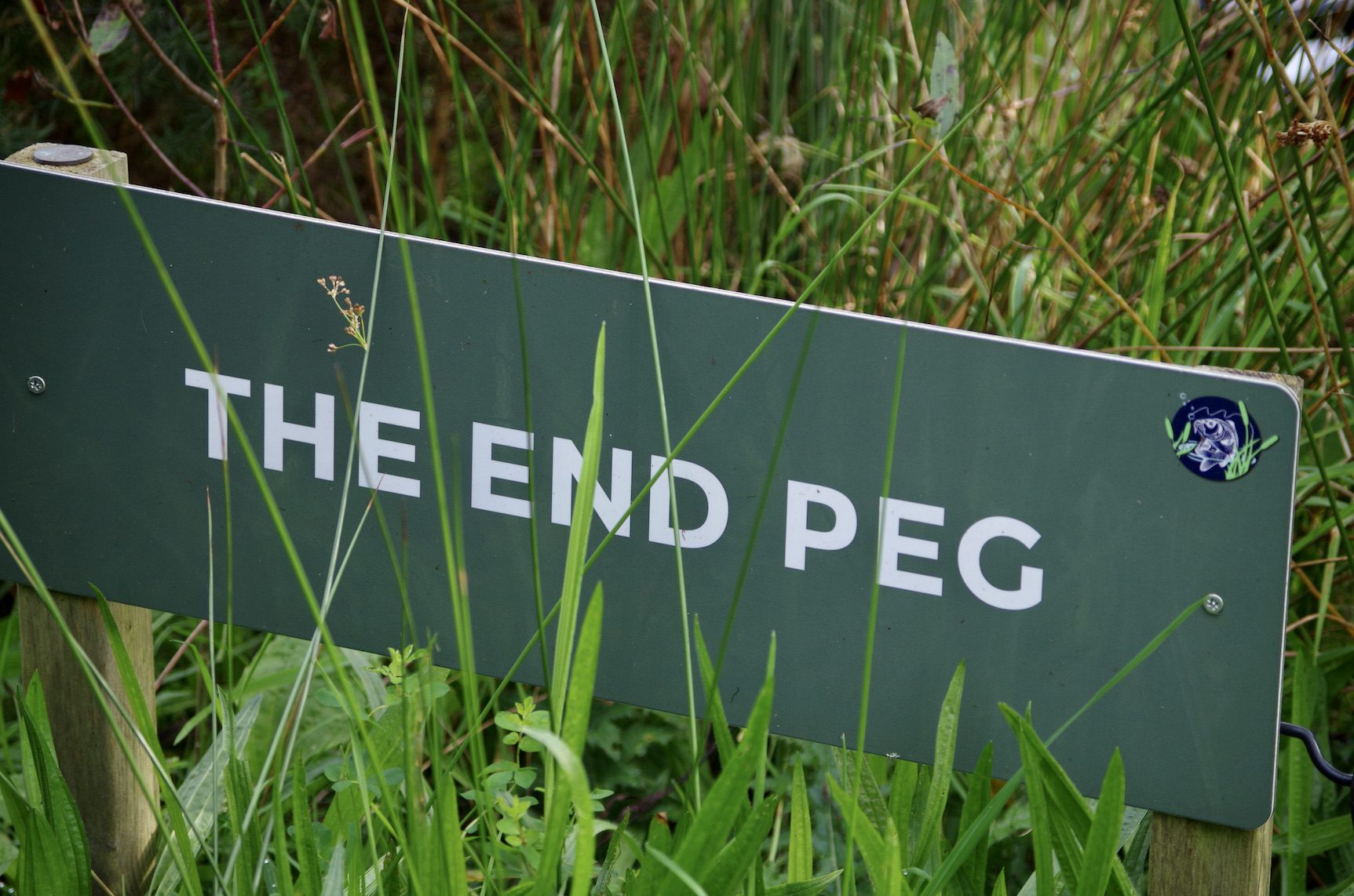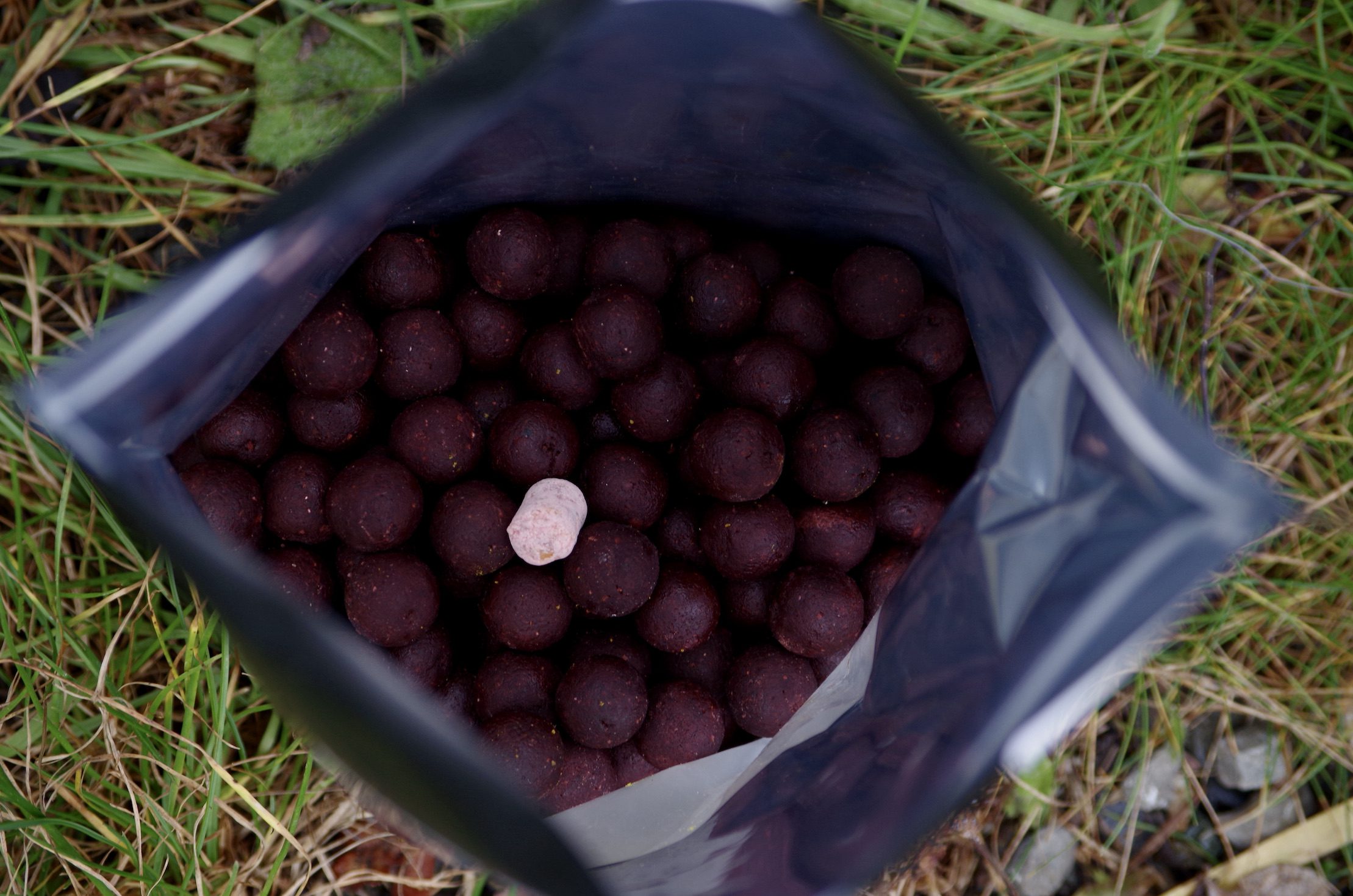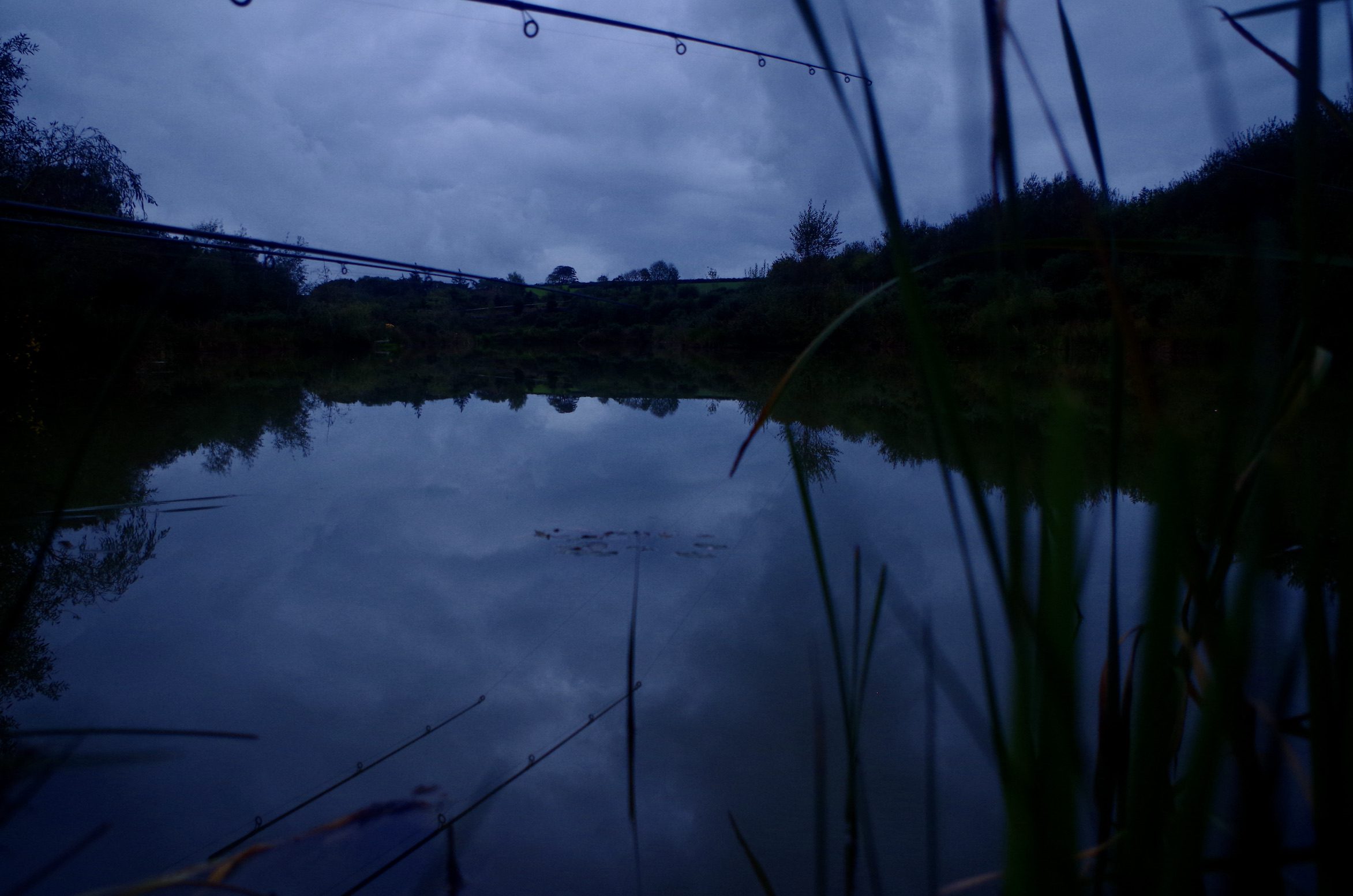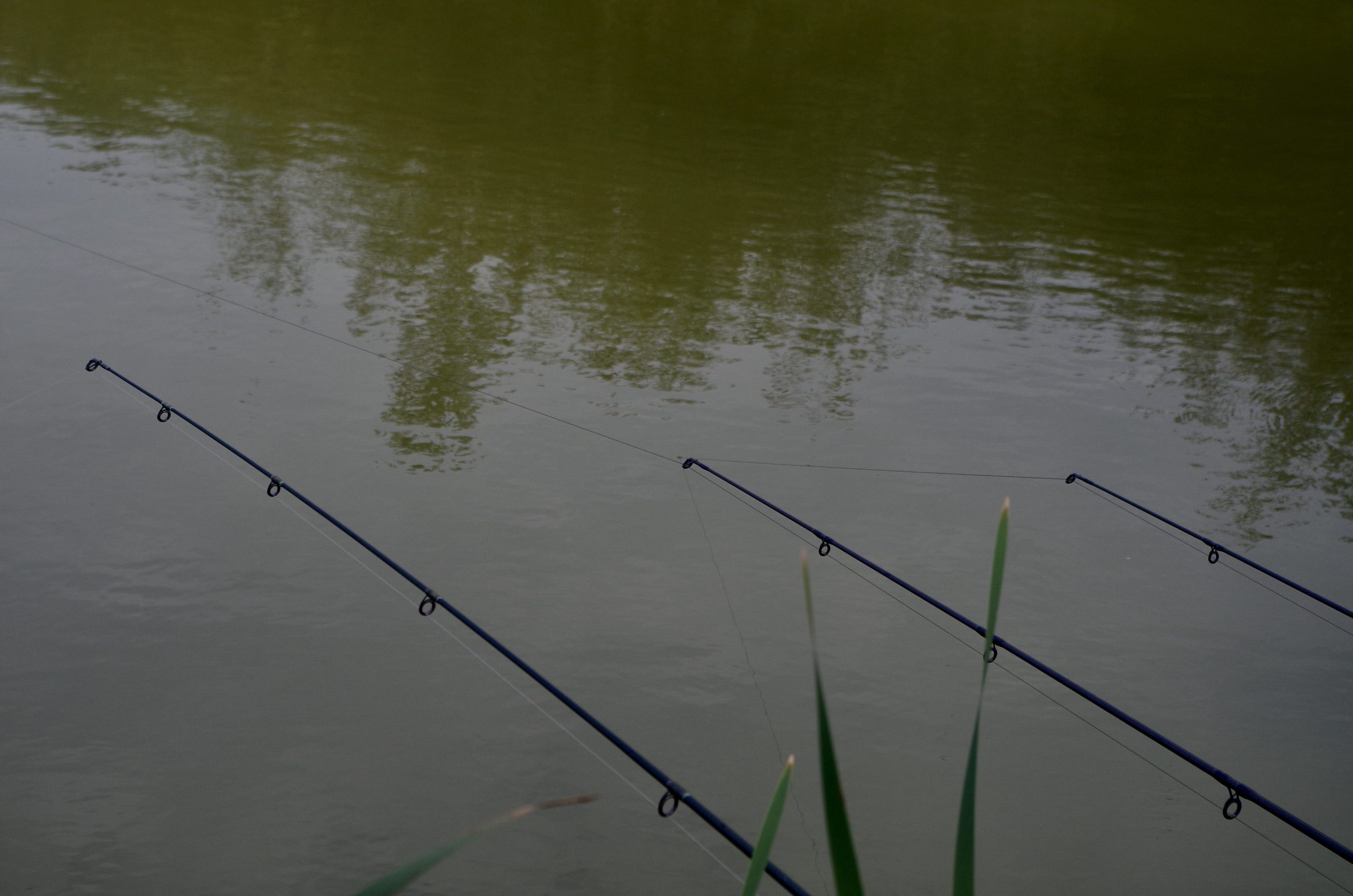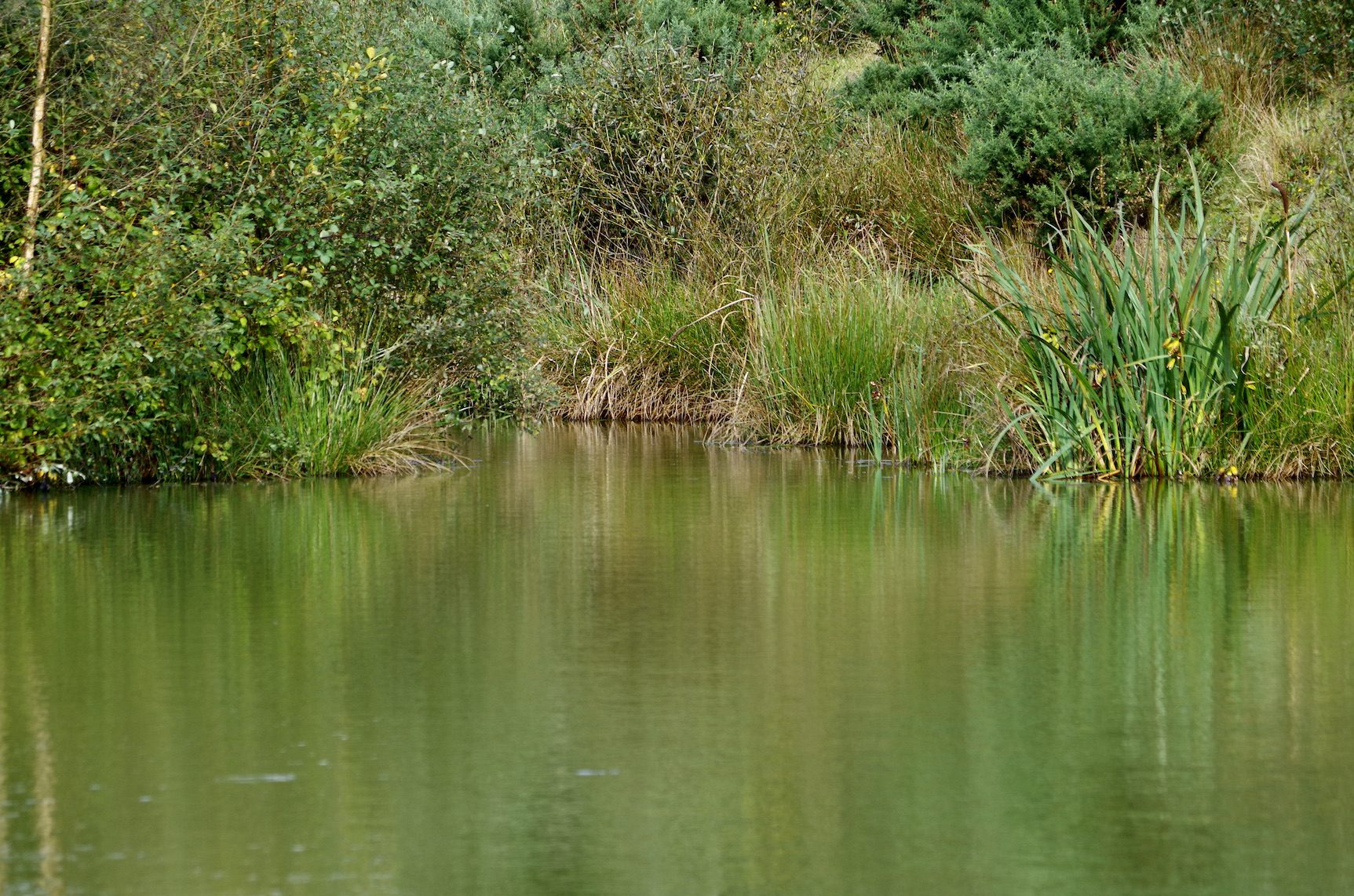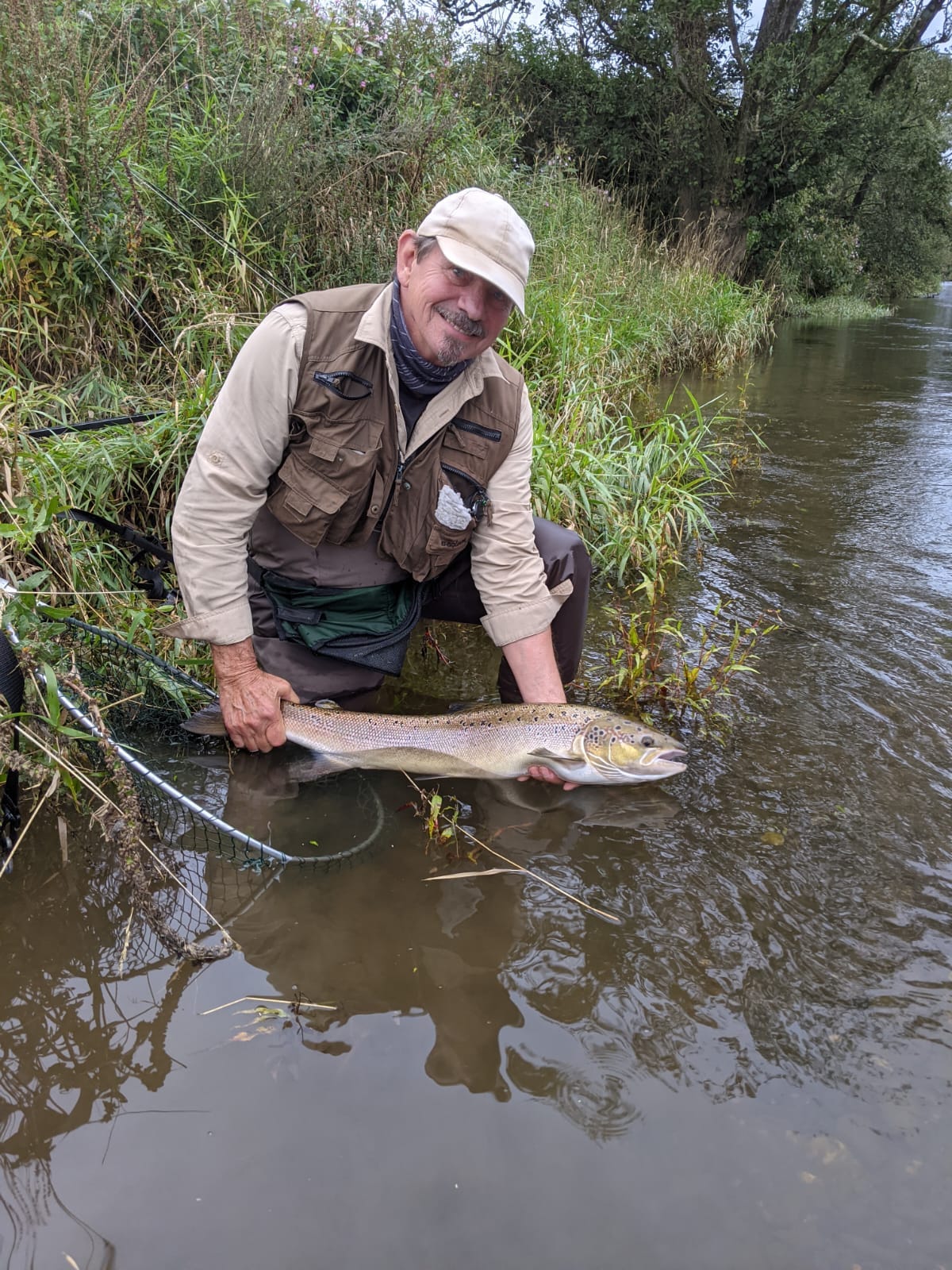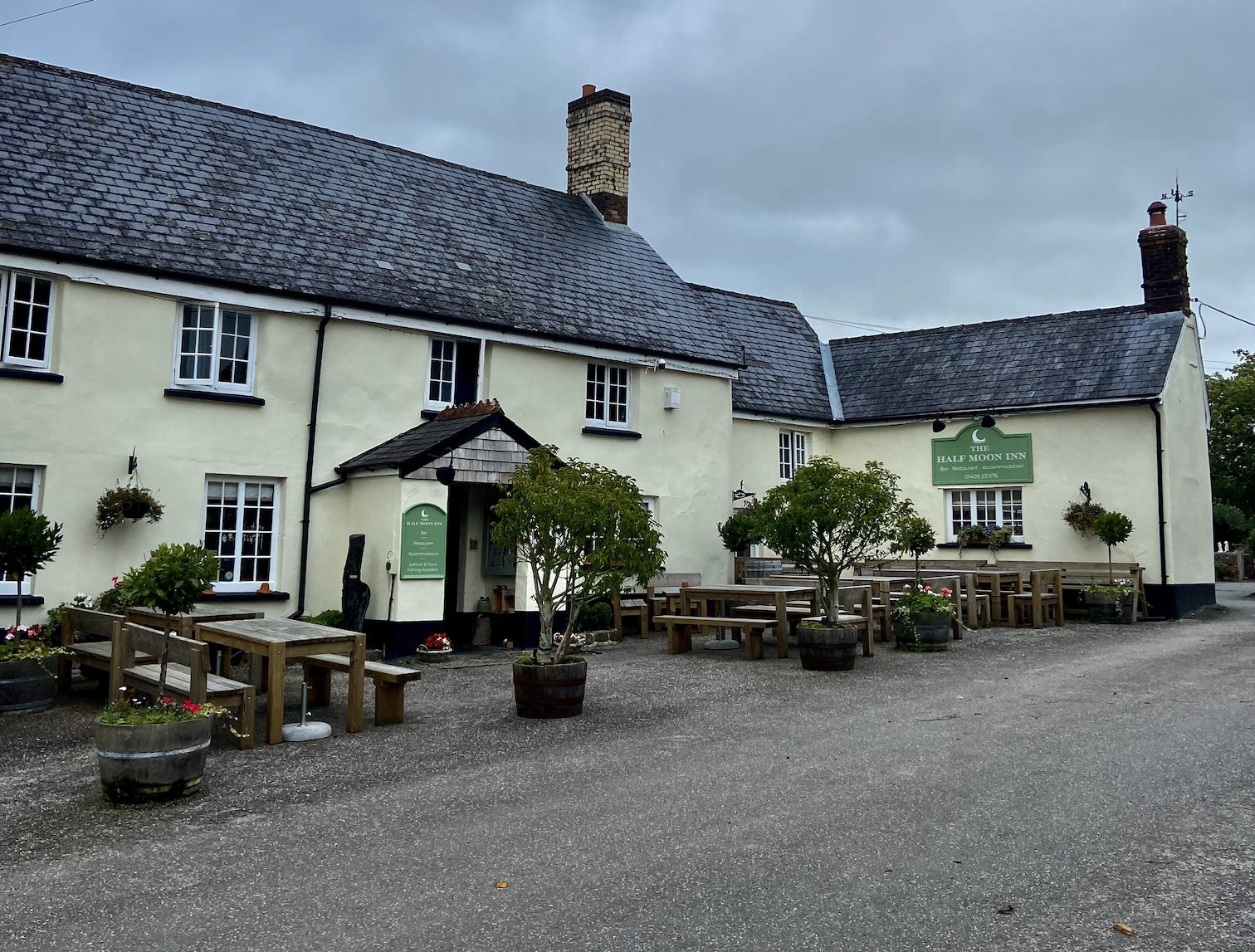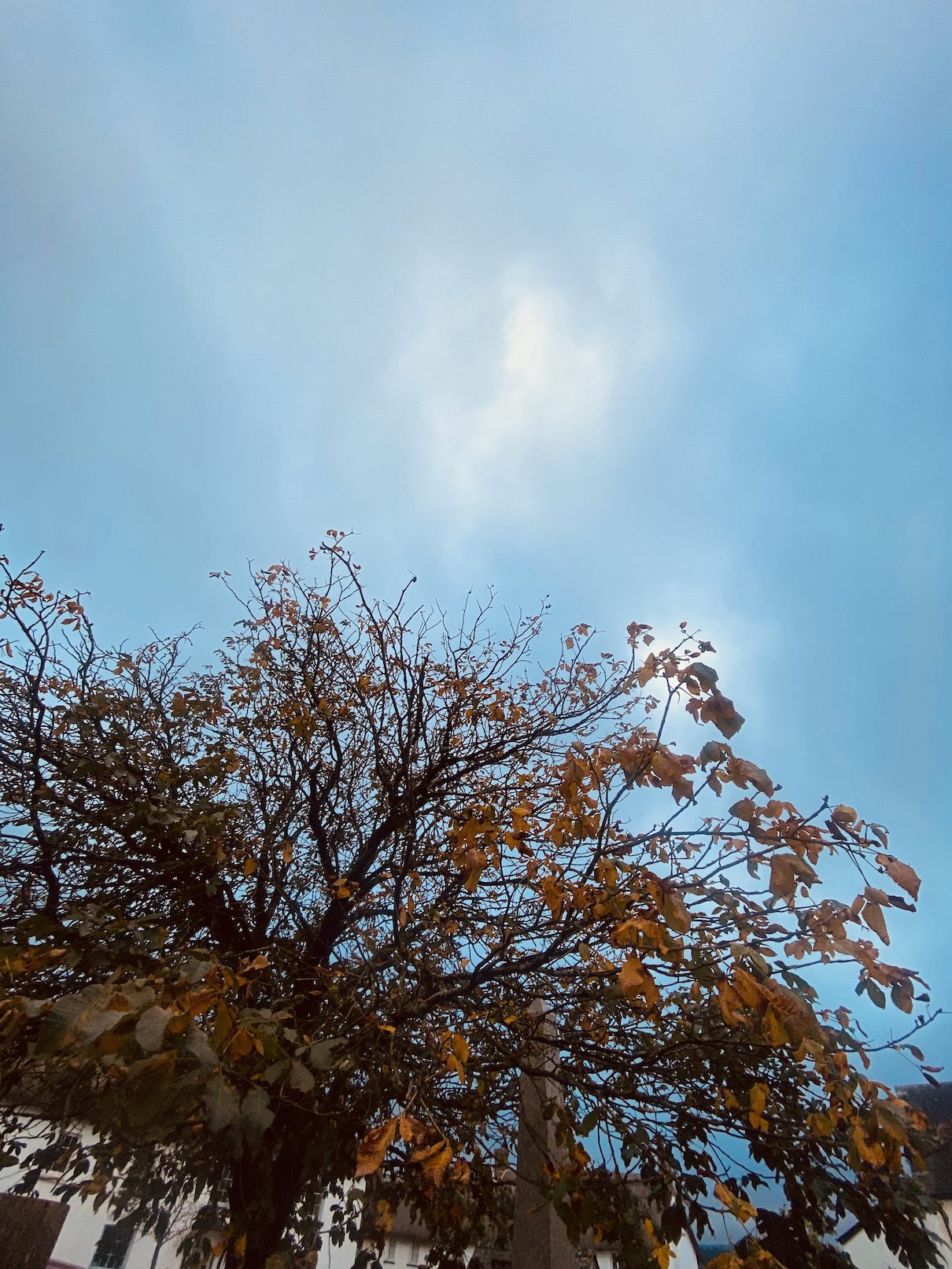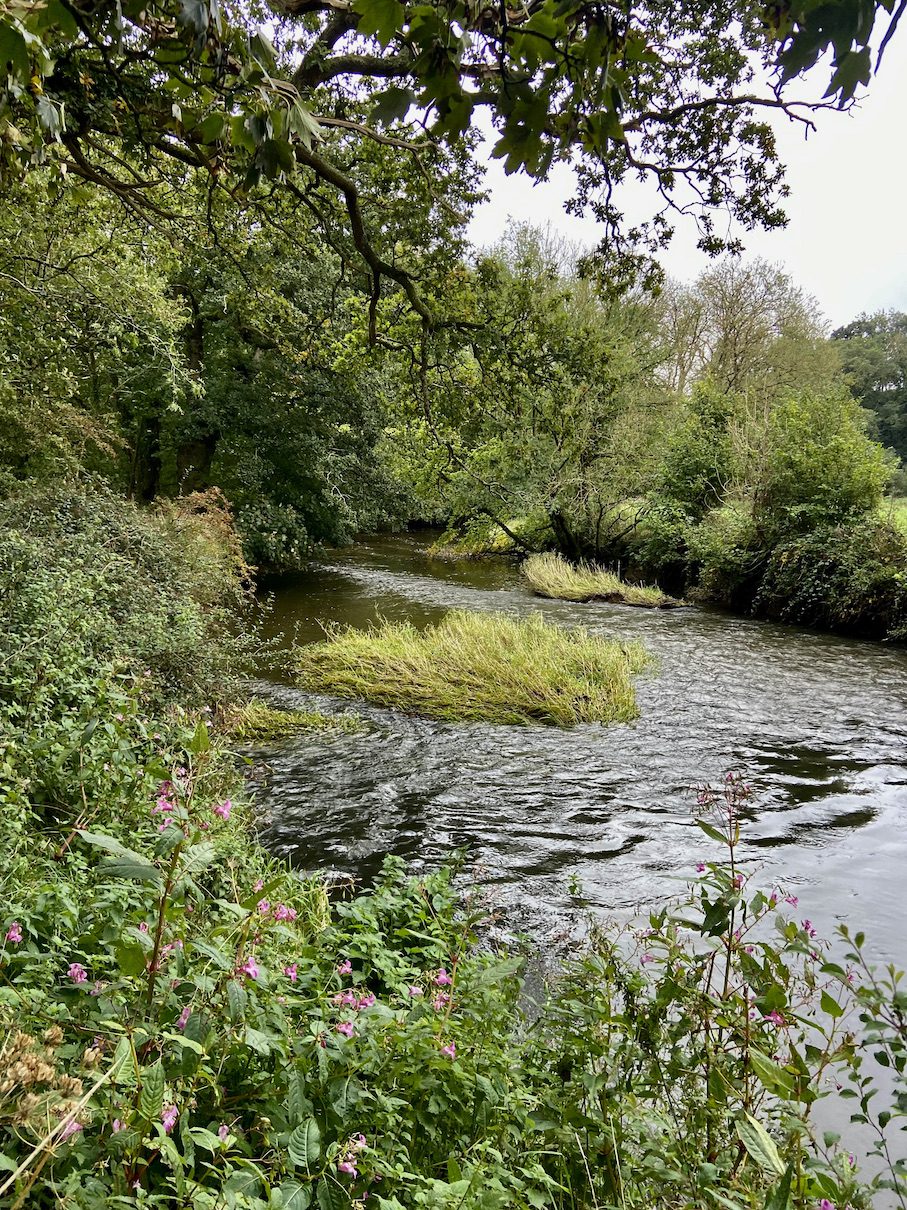Fowey pronounced Foy to rhyme with joy is situated on the South Coast of Cornwall at the mouth of the River Fowey that tumbles down to the sea from high on Bodmin Moor.
My son James and I were joining a party of anglers at nearby Looe in search of the mighty bluefin tuna that I have added to my bucket list. More of that trip later in the article but for now I will focus on a preceding fun day in the Fowey estuary.
These days my number one goal in fishing is to enjoy it and savour the day and all that it brings. A big fish is nice but friends and the places that the quest takes one are undoubtedly more important. The tuna trip was on the Monday and to avoid an exhausting day and make it a longer trip we had booked B & B in the Ship Inn in Fowey.
My good friend Jeff Pearce lives close to Fowey and has a small boat that he uses to explore the fishing in the Fowey Estuary. James and I were meeting with him at 10:00 to spend a day afloat in sheltered waters in search of a few different species.
We left home shortly after 7.00am and arrived in Fowey just after 9.00am giving us time to park up and grab a coffee and a pasty to take out on the boat. A message from Jeff confirmed that he would pick us up at a riverside pontoon and could we pick up a large Cornish pasty and a coffee. I left James guarding the fishing gear and headed back down Fowey’s narrow streets to grab another pasty and a coffee.
It was refreshing to see the streets so quiet out of season without the hustle and bustle of the summer. A contrast to the many times I have visited with my wife during the summer and early Autumn.
Jeff arrived as planned and James and I jumped aboard full of expectation for the day ahead. Whilst I was very familiar with Fowey this was James first visit and I was pleased to introduce him to somewhere new.
These sheltered deep water Cornish estuaries are unique with trees reaching right down to the high water mark. Fowey like the Fal estuary further to the South has exceptionally deep channels that allow the passage and mooring for large ships. The China Clay industry has been an integral part of Fowey’s history for many years and it was to a mark close to China Clay landing jetties that we headed to make our first casts.
Tying up at a convenient buoy we set up with simple running rigs and threaded king ragworm onto size 4 Sakuma Chinu hooks.
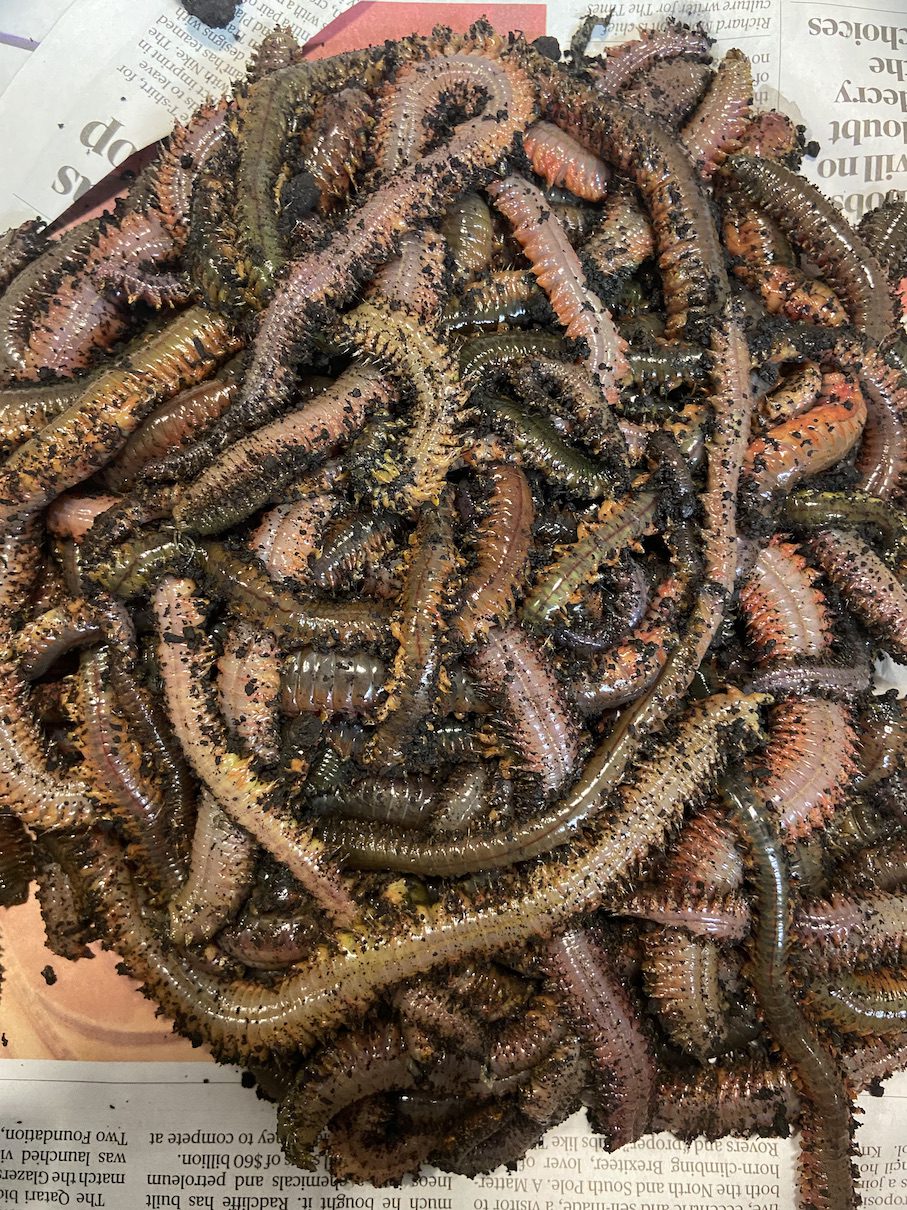
 Autumn sunshine broke through the clouds and enhanced the colours of the trees that lined the estuary. We settled into the waiting game absorbing the atmosphere of the sheltered estuary. A buzzard mewed above and glided to rest on a nearby tree. After a few minutes Jeff tempted a small ballan wrasse to get the days scoreboard ticking along.
Autumn sunshine broke through the clouds and enhanced the colours of the trees that lined the estuary. We settled into the waiting game absorbing the atmosphere of the sheltered estuary. A buzzard mewed above and glided to rest on a nearby tree. After a few minutes Jeff tempted a small ballan wrasse to get the days scoreboard ticking along.
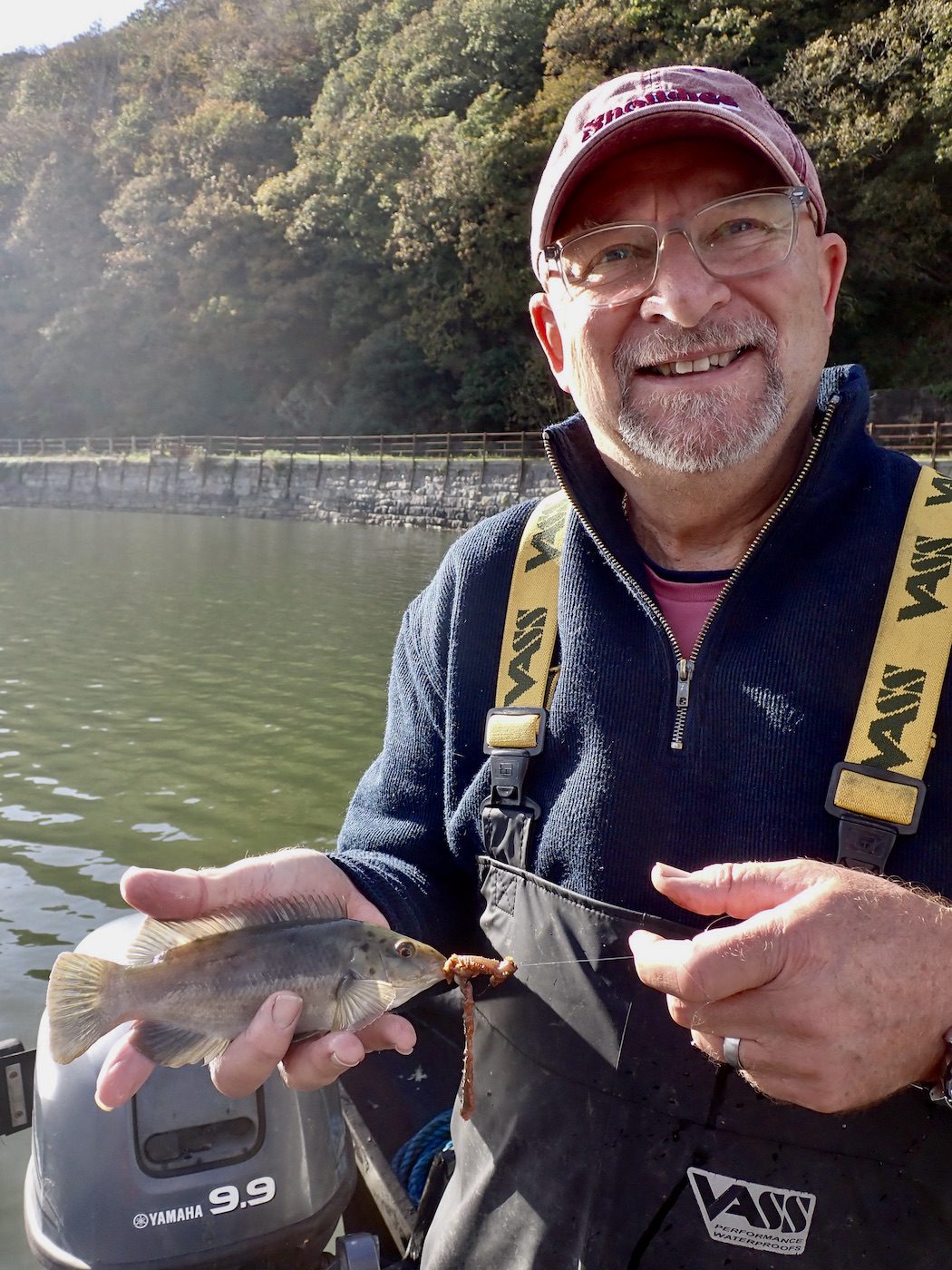
The estuary is home to a wide range of species and is popular with LRF enthusiasts who catch a huge range of species by scaling down their tackle. Next time I will make sure I bring along my ultra- light outfit and take the species chase little more serious.
Recent years have seen an increase of species that many will link to climate change. I was keen to catch any new species to add to my life’s angling tally.
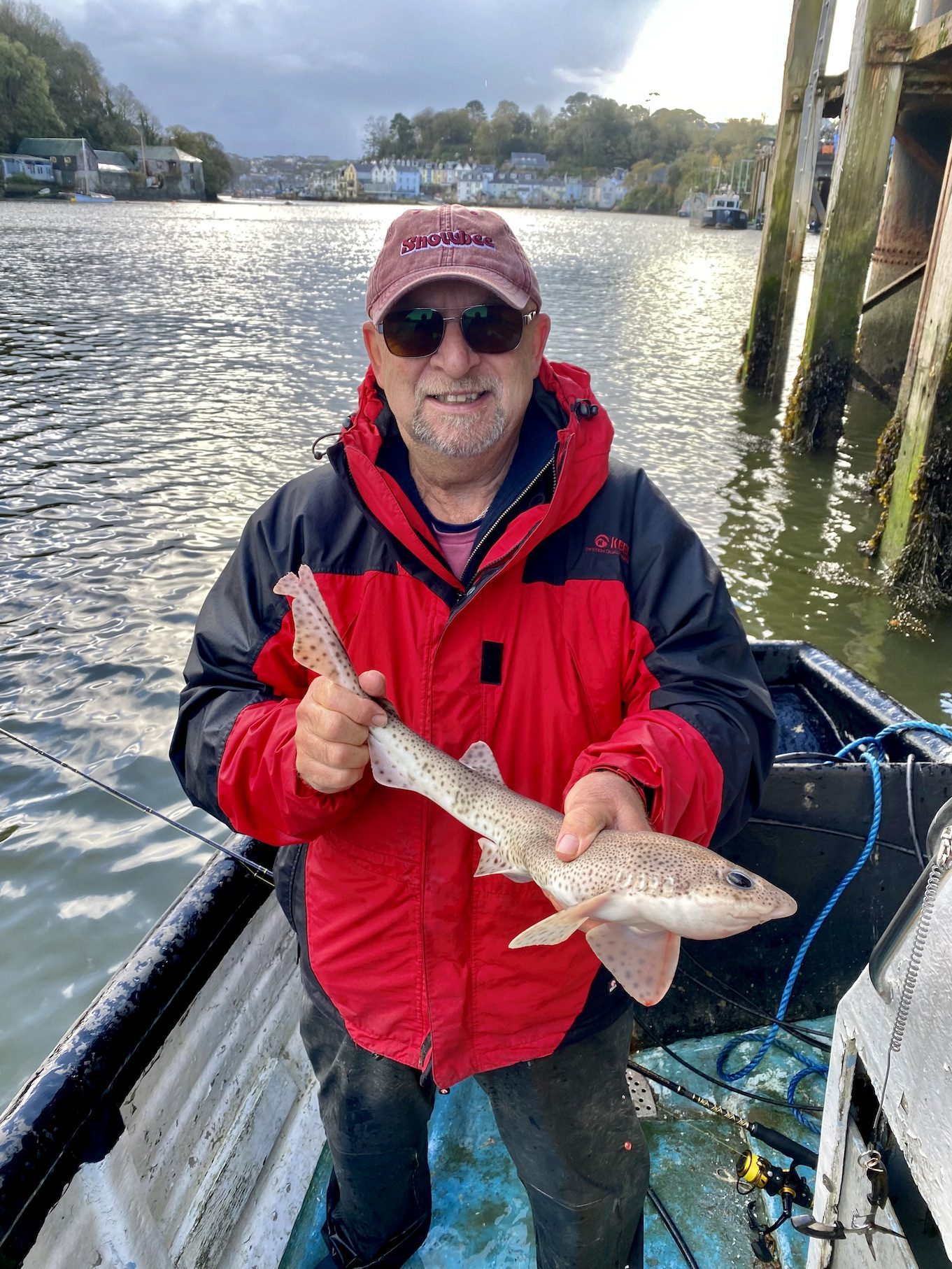
I added a small wrasse to the days total and James caught a whiting. Then a sharp rattle on the rod tip produced a pleasing encounter with a couchs bream, one of two I was to catch that day. These fish have become prolific in the estuary over recent years along with gilt head bream. Whilst the Fowey estuary has a healthy population of gilthead bream they do not seem to grow as big as those in other West Country estuaries.
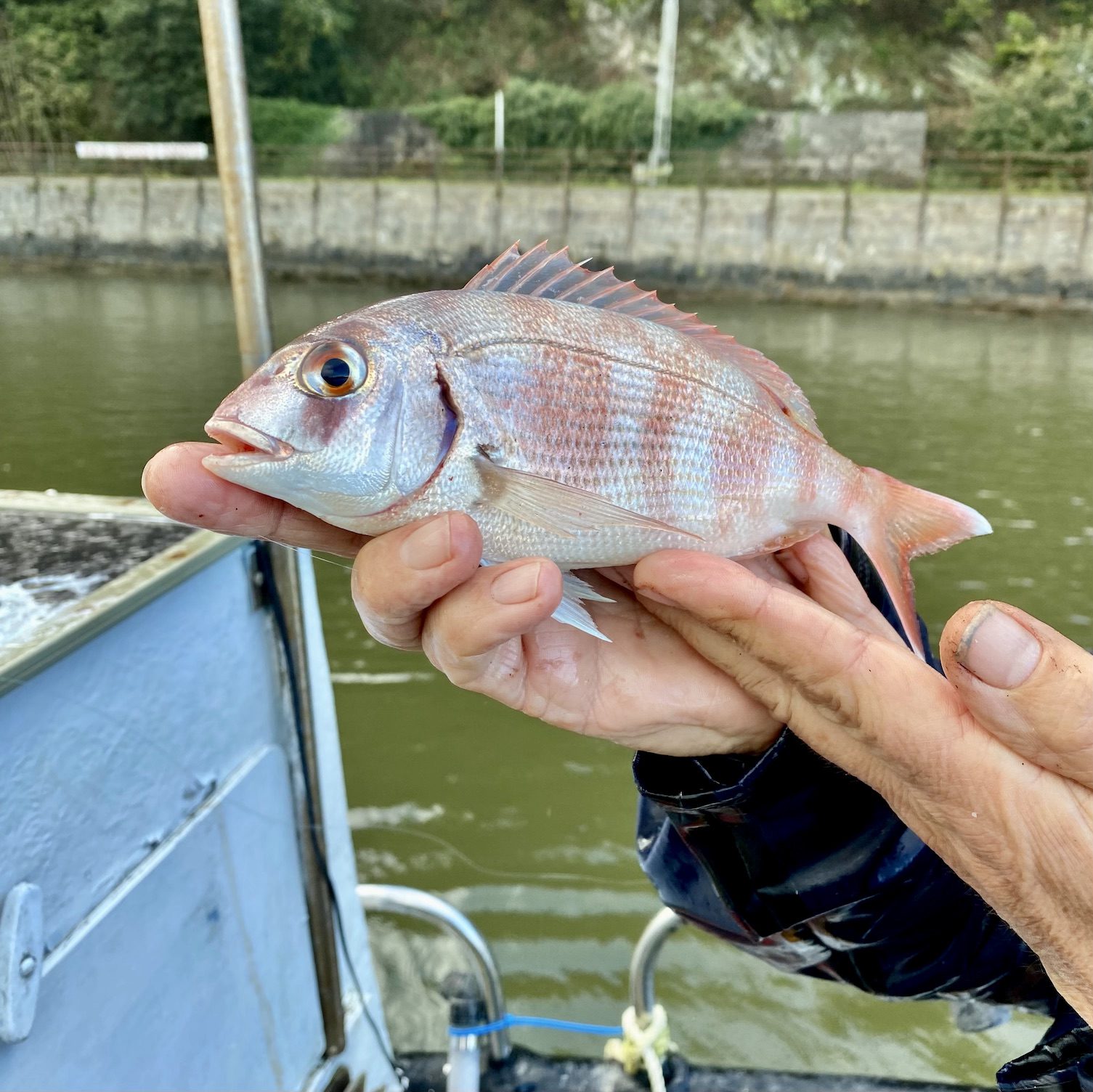
Jeff has intimate knowledge of the estuary and as the tide ebbed he suggested a move to where he expected the fish to be based upon many previous trips. Local knowledge is always invaluable when visiting any venue and we were lucky to have a local guide; a short cut to success.
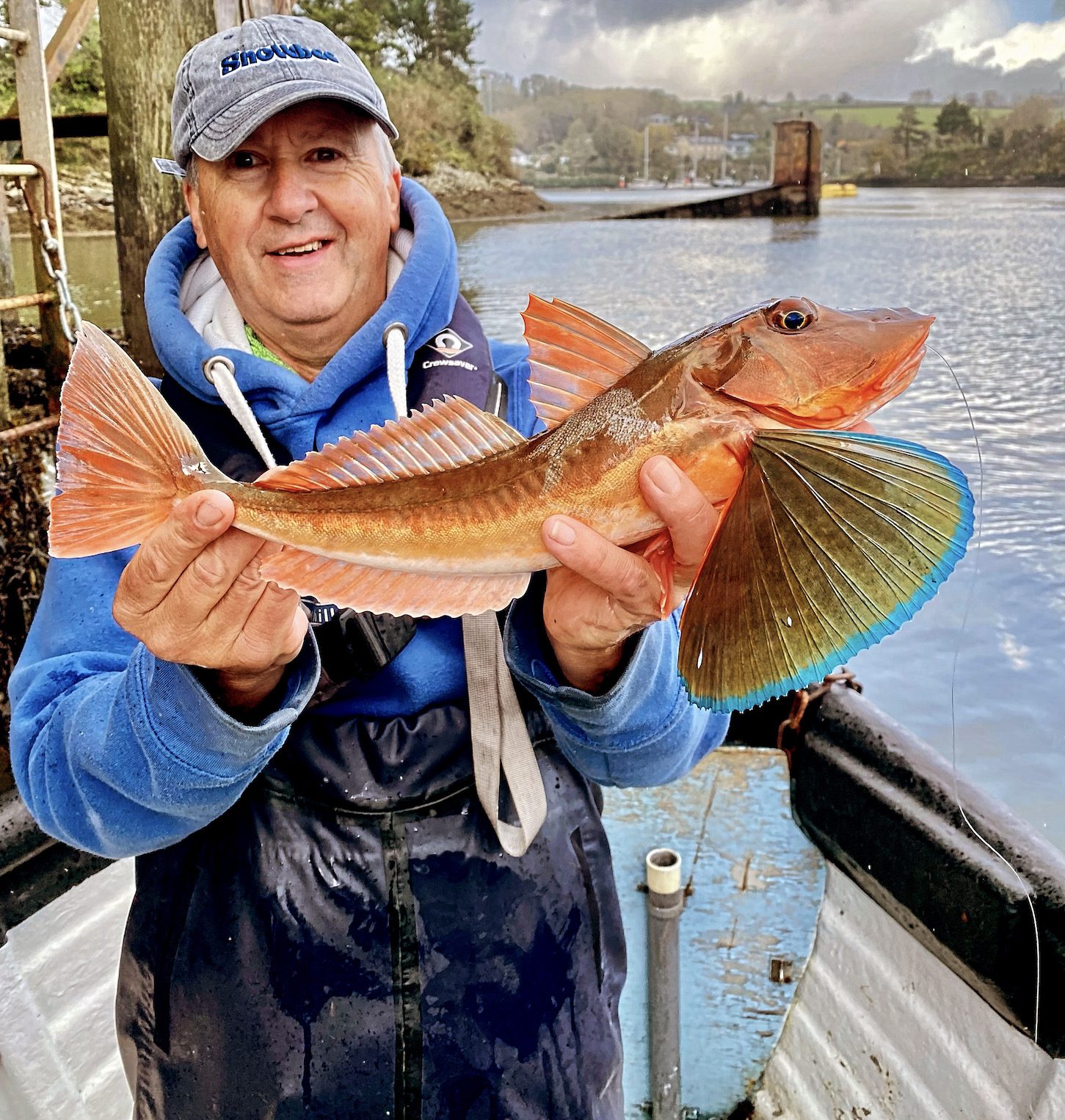
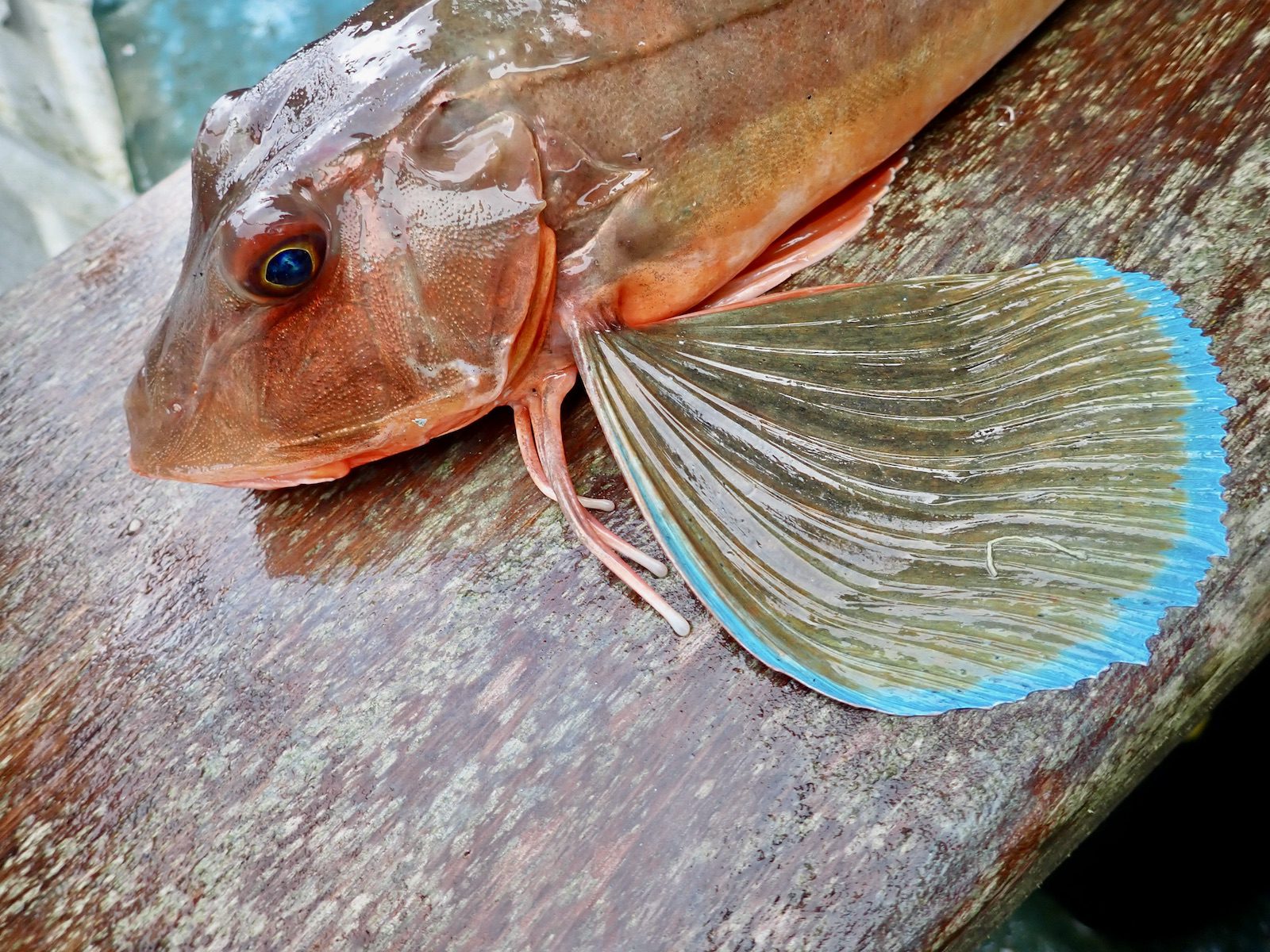
The next mark brought a couple of dogfish and a beautiful tub gurnard that must have been close to 2lb. The brilliant blue tipped fins and red flanks are truly stunning. The fish emitted deep grunts as I removed the hook and held it for a quick photo before slipping it back into the estuary.
A few bass were added to the days tally all of which were returned in line with conservation regulations in place to safeguard stocks.
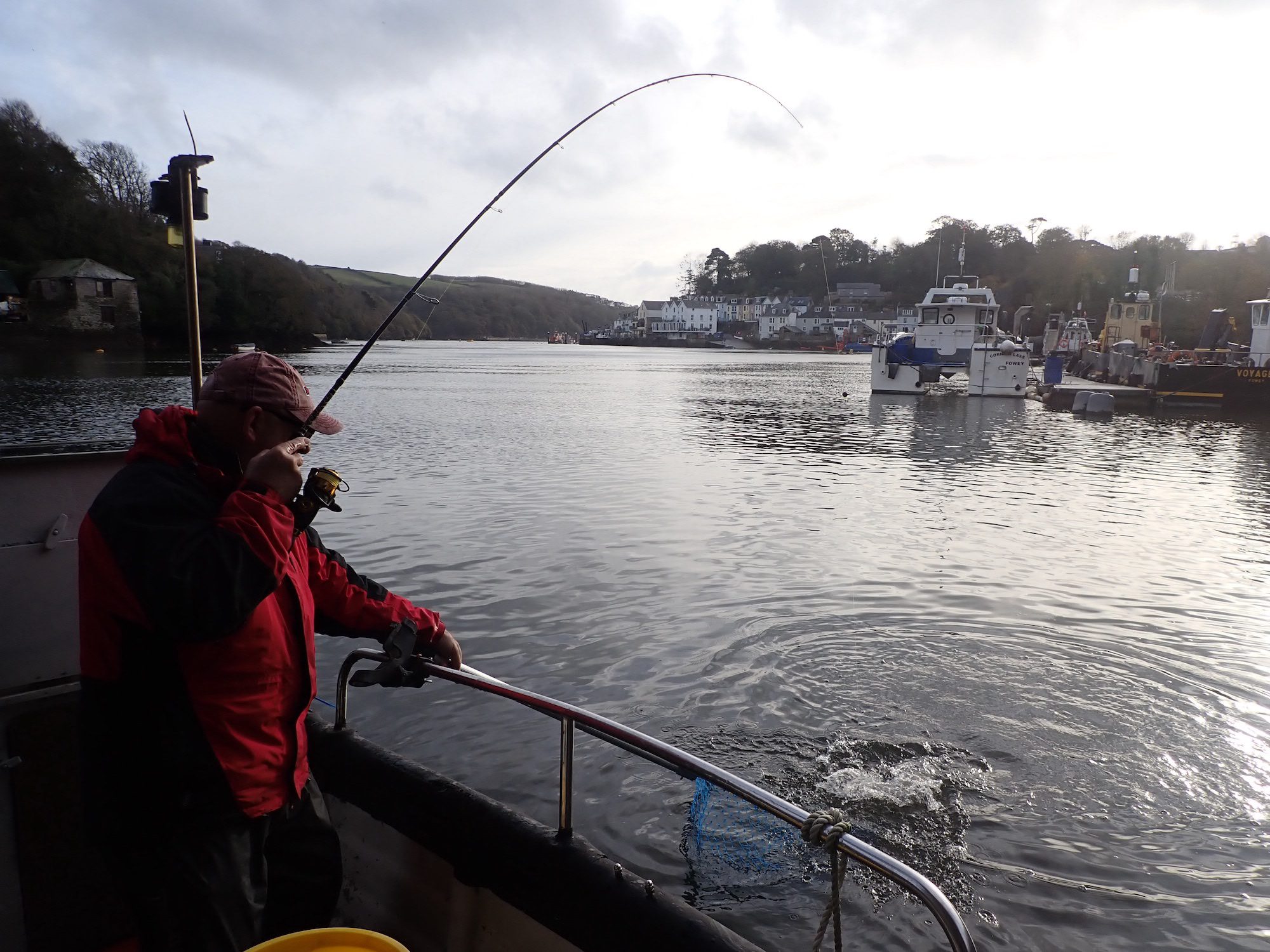
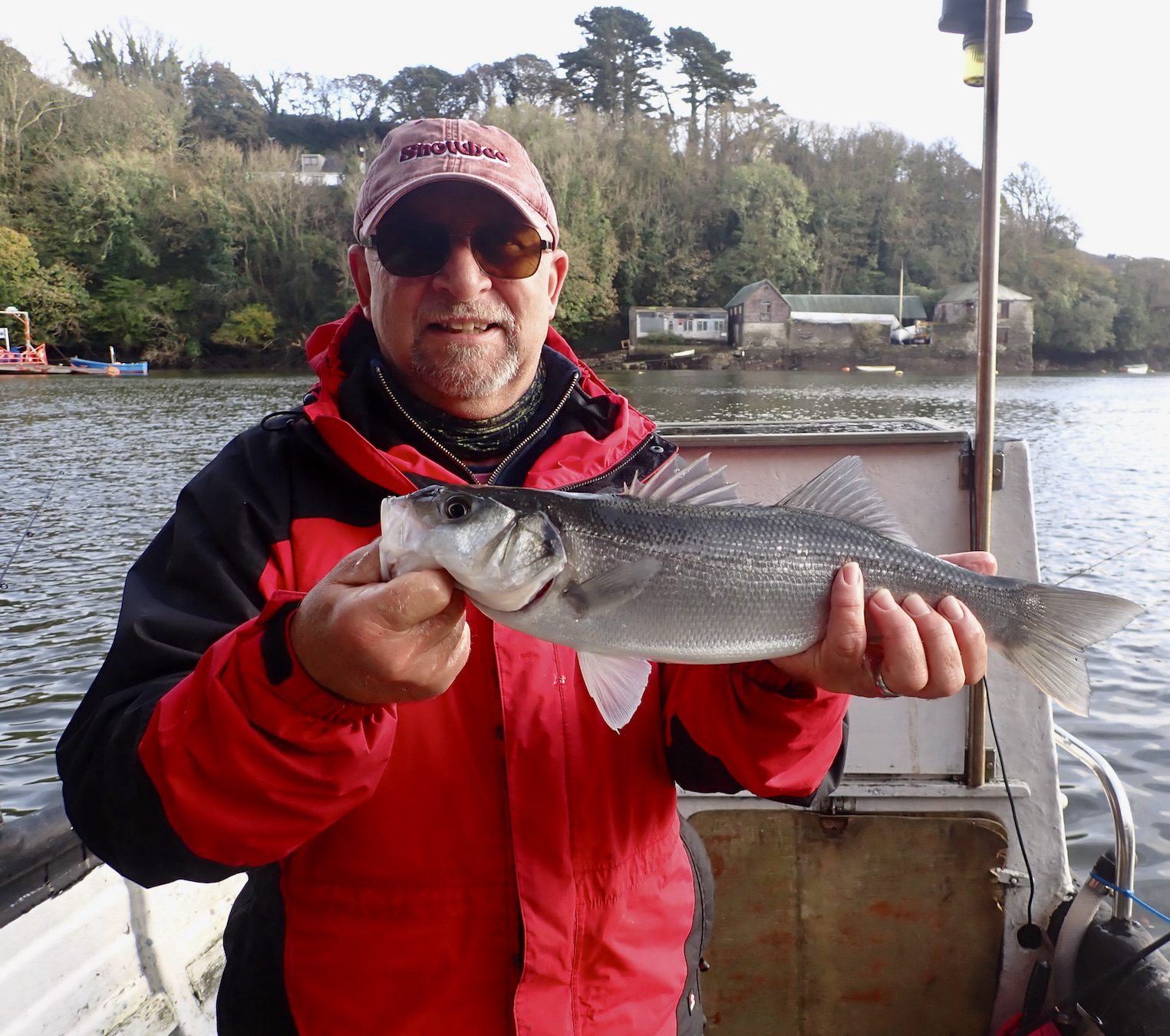
It was chilled out fishing watching the life of the estuary. Seagulls tussling upon the water, a kingfisher flashing past. James even glimpsed a deer at the water’s edge.
The Fowey estuary has a rich literary history. Daphne du Maurier’s former home sits overlooking the Bodinnick Car ferry. Perhaps it was Fowey’s gulls that inspired her novel the Birds.
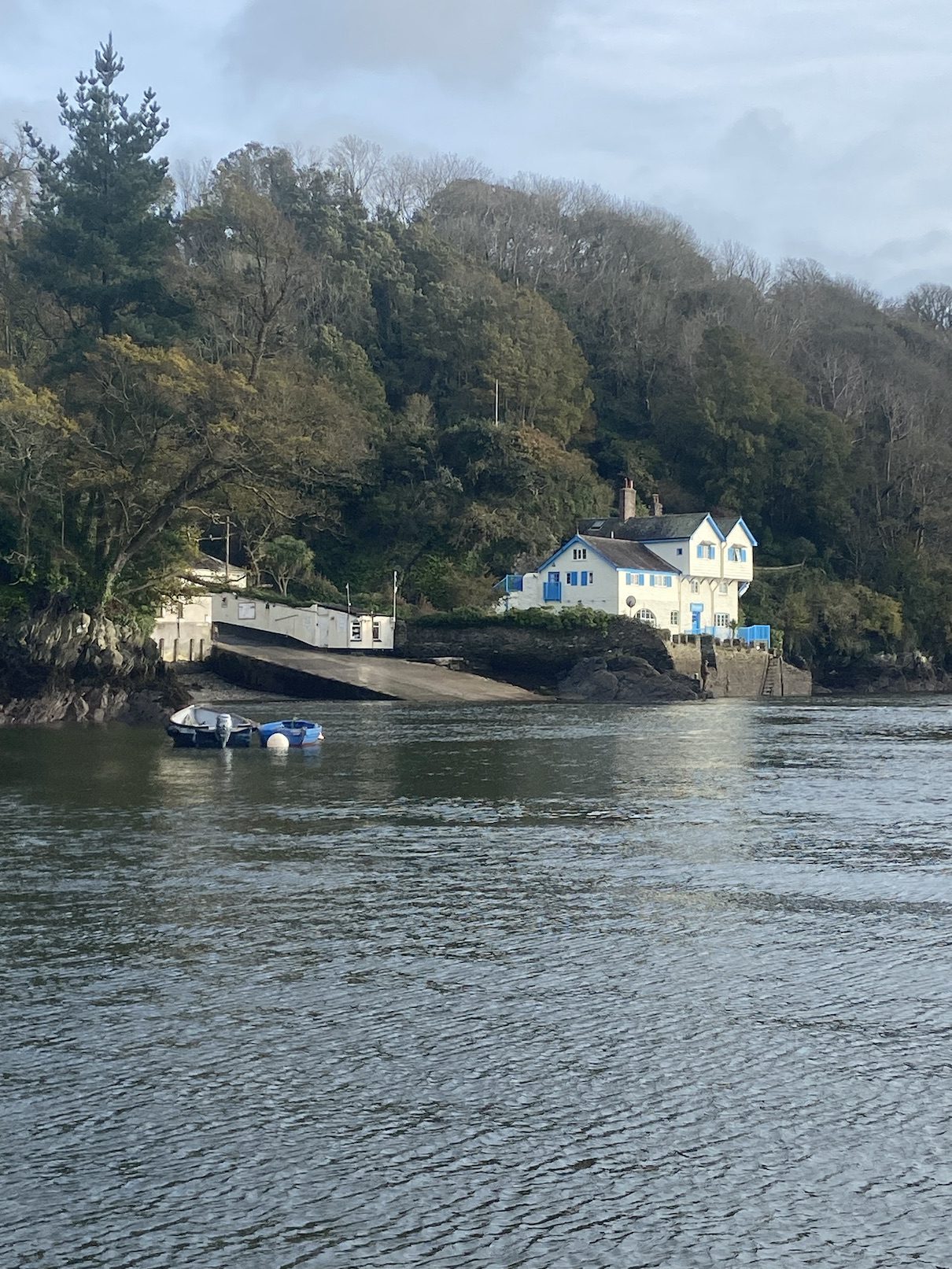

Kenneth Grahame frequently stayed near Fowey and the characters within his book ‘Wind in The Willows’ surely mirror those of our trip with the themes of nature, adventure, and friendship. And whilst Wind In The Willows is aimed at children I cannot help but think of us anglers as big kids rediscovering the simple pleasures of childhood. The joy and excitement I feel now as the rod tip nods is still as strong as it was all those years ago in a Cornish seaside town.
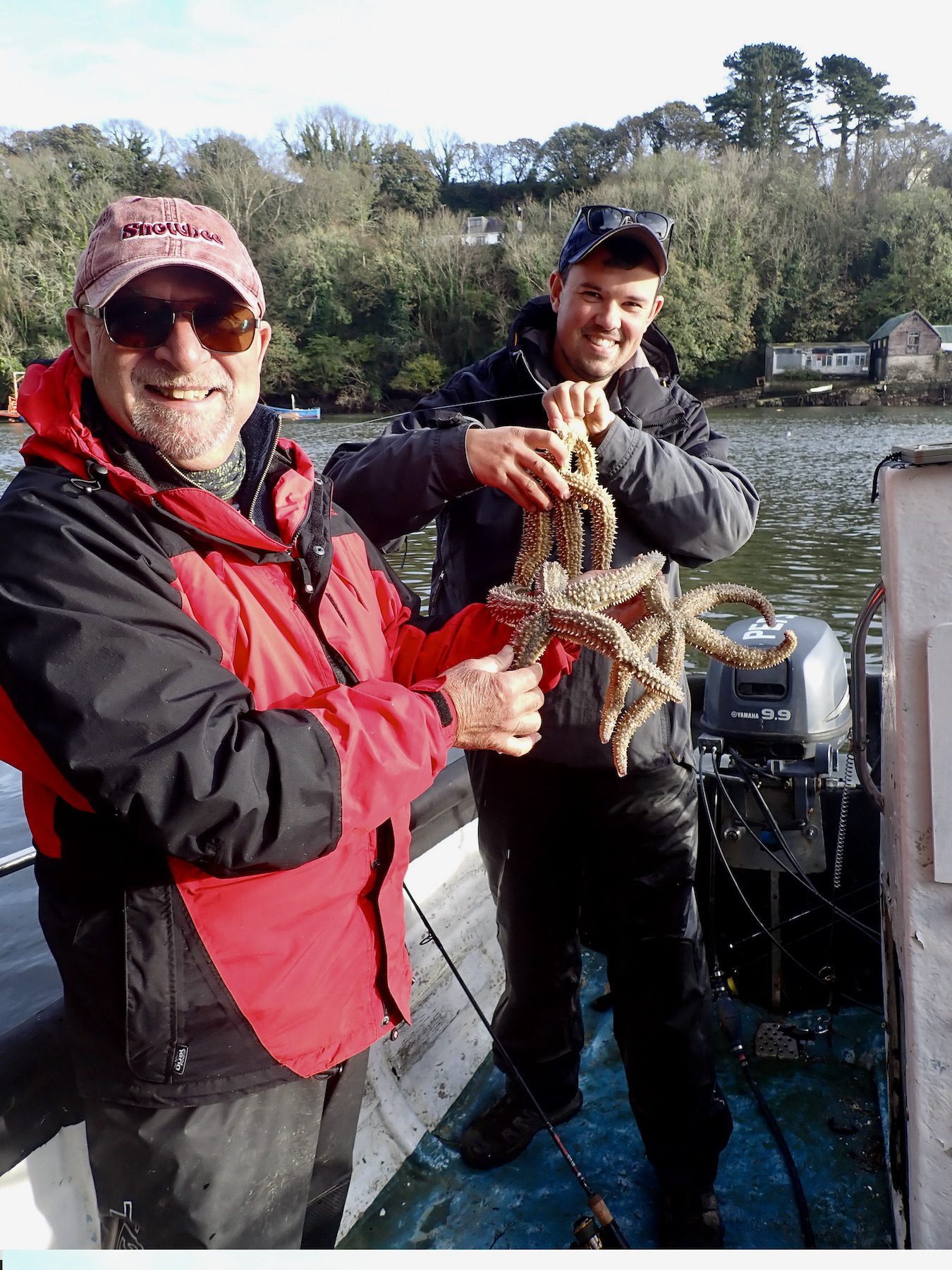
A strong line back to the simplicity of childhood and a tonic for mental health that is being increasingly acknowledged.
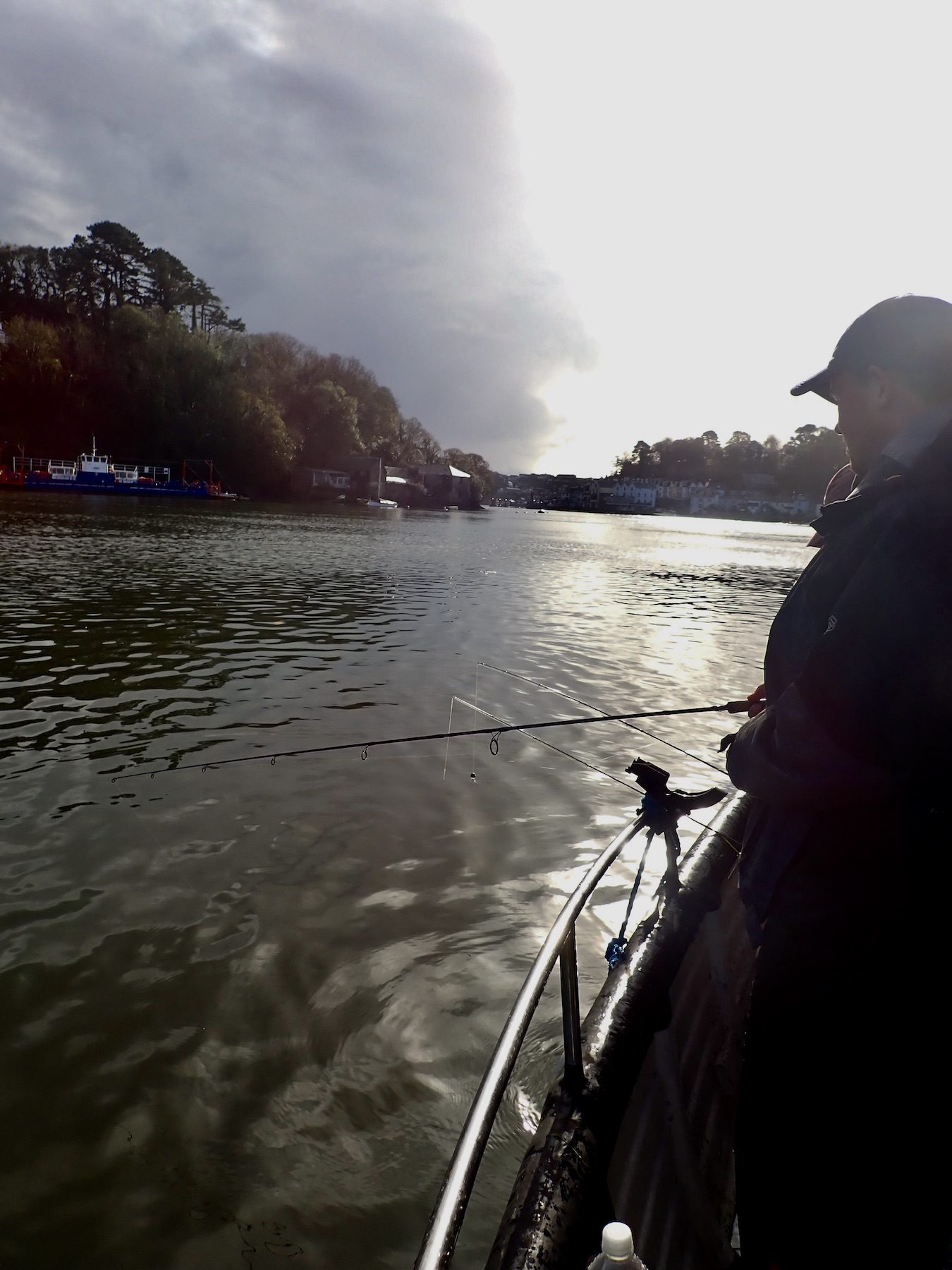
By early afternoon we had boated five species and felt confident of adding a few more as we drifted marks further down the estuary where we hoped to catch red mullet and dabs.
To Jeffs surprise the drifts proved fruitless and we fished the last hour or so without a fish. The sun slowly sank below the horizon and Fowey’s lights began to twinkle in the fading day. The estuary was tranquil without the hustle and bustle of summer yachts the yellow mooring buoys now bobbing in lines upon the water.
We bade our farewells to Jeff and headed off for a hot shower and a meal. Planning to reconvene at Looe Quayside ready to set sail at 9.00am in search of the mighty bluefin tuna.
I will let James tell the tale of the tuna trip as he has written a fine account that I cannot hope to improve upon.
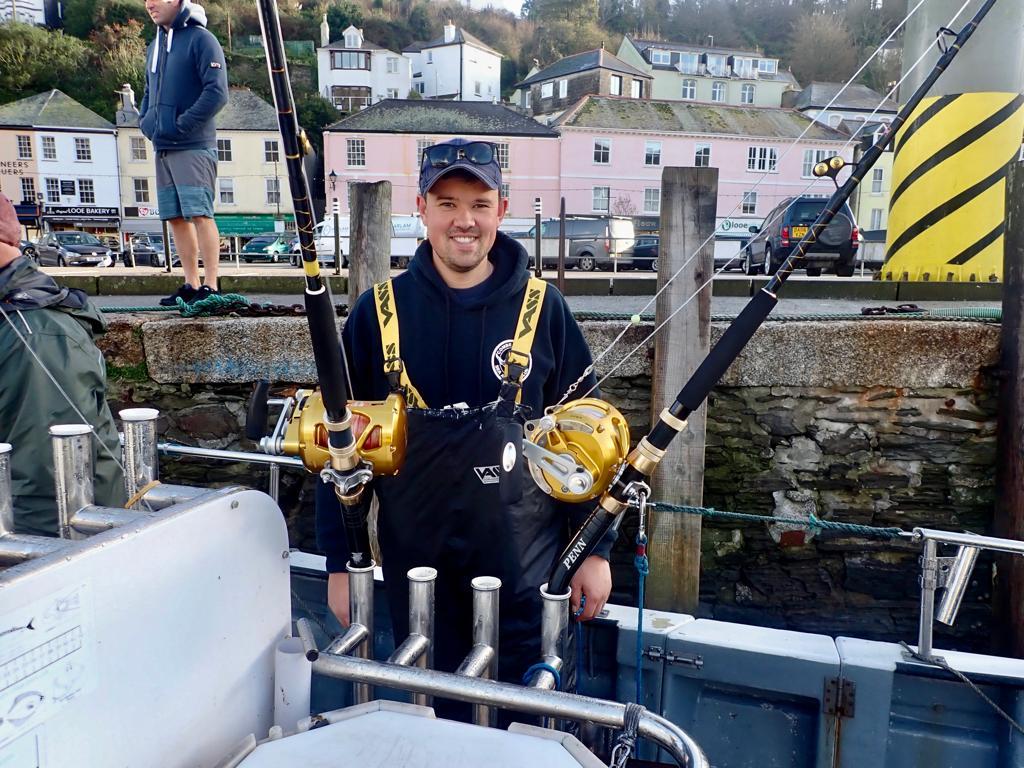
Arriving in the harbour of Looe with the sun glistening off the water was a great sign for the days fishing ahead. However, the evidence of recent storms was still prevalent with sea weed scattered across the beach.
A quick visit to the pasty shop to stock up for the day and we were ready to board Sowenna. As we waited on the quayside fellow anglers Jeff Pierce and James Coggan turned up and we were all full of excitement and anticipation for the day ahead.
A rainbow hung across the river, again a sign of the inclement and changeable weather that November often brings. We were all feeling fortunate to be heading out to sea with the chance of an encounter with a bluefin tuna.
Climbing down the ladder and stepping aboard we met the team, Dan Margetts and John McMaster who were very welcoming and busy preparing the boat and fishing tackle ready to head out to sea. Having never been tuna fishing before I was marvelling at the tall booms that are setup to trail squid lures behind the boat and the sheer size of the reels on the rods that were shining in the sun. As we left the harbour we chatted about how we were going to play the day and I was extremely grateful and a little nervous that I was given the opportunity of the first fish. Thank you to Jeff, James and my Dad for allowing me pole position on the day and the chance of a fish of a lifetime.
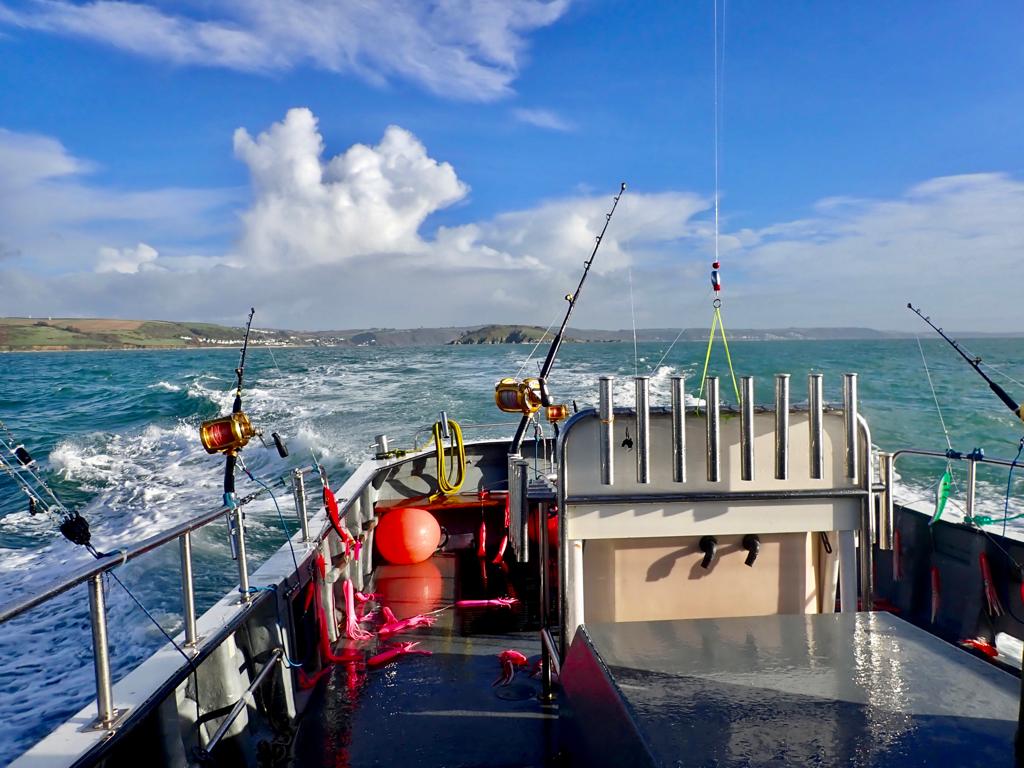
We headed out past Looe island with Dan at the helm chatting through the plan for the day. John set about explaining to me how to get ready to play a tuna; harness on and make sure you’re ready at all times as if one takes it’ll all happen in a flash. The main thing is to not give the fish any slack line and keep steady pressure on at all times.
My memories of fish I had lost in the past through bad angling started to resurface in my head; a huge halibut that had broken free in Norway due to a bad knot and a couch’s bream I lost after a clutch malfunction. I think it is more curiosity of what these fish would have looked like and how much they would have weighed and the missed opportunity that does pain anyone that has lost a significant fish that was the target of an adventure. Sometimes you only have one shot as an opportunity presents itself for a catch and you want to do everything you can to secure the prize.
As an infrequent and novice angler I was feeling the pressure of being given first opportunity of the day and determined if I did get a chance of a tuna that I wouldn’t mess it up due to a lack of concentration.
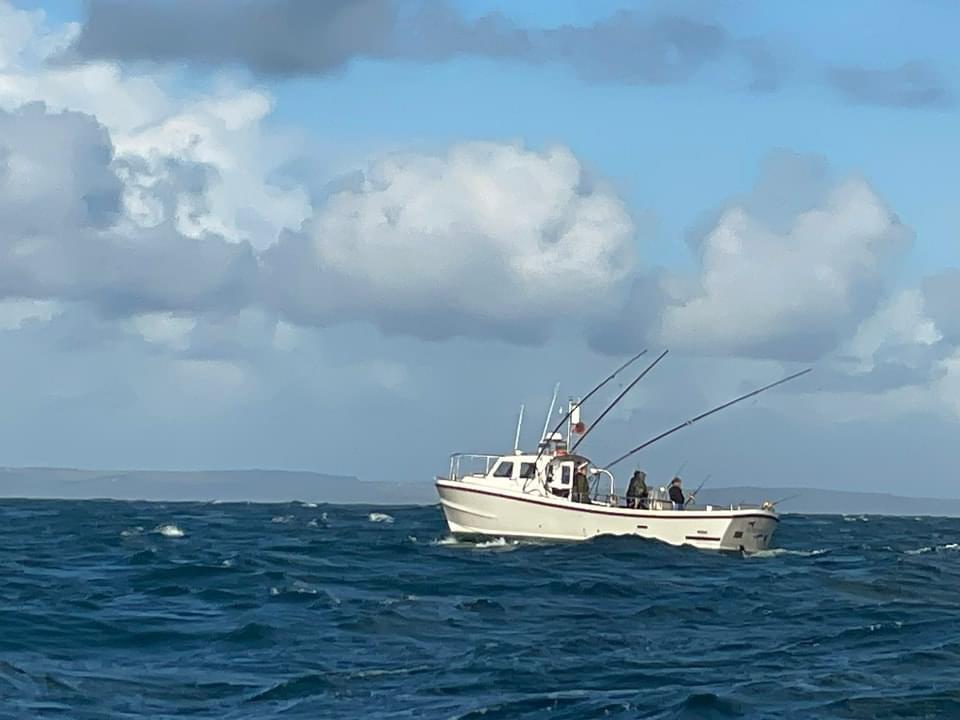
The hard work and passion of the crew aboard Sowenna was evident and the dedication to be able to target bluefin tuna through the CHART programme and the hours at sea certainly cannot be underestimated. After an hour cruise into rougher waters, we were ready to start fishing. The method involves trolling for the fish with the engine continually rumbling away. The large booms were sent out and the line carefully played out on the reel until 4 rods were all fishing with the lures trailing behind the boat carefully arranged to avoid any tangles. The swell was gently rolling the boat with the odd slightly bigger wave chopping into the side bringing on the feeling of your stomach rising and the occasional clatter of crockery being moved around inside the cabin.
Stories of previous fishing trips were flowing and Dan decided to put out the shout for a cuppa tea. With that the Rod at the back of the boat bent over and the reel screamed off. John and I rushed to the stern and the reel then stopped screaming momentarily, had it come off? John’s experience kicked in as he wound the reel furiously to take up the slack line. The fish had started swimming towards the boat which is a nerve wracking situation as this could create slack line with a chance of the hook popping out. John regained control and passed the rod and reel over to me. The fish then set off on a charge peeling line off the reel with ease.
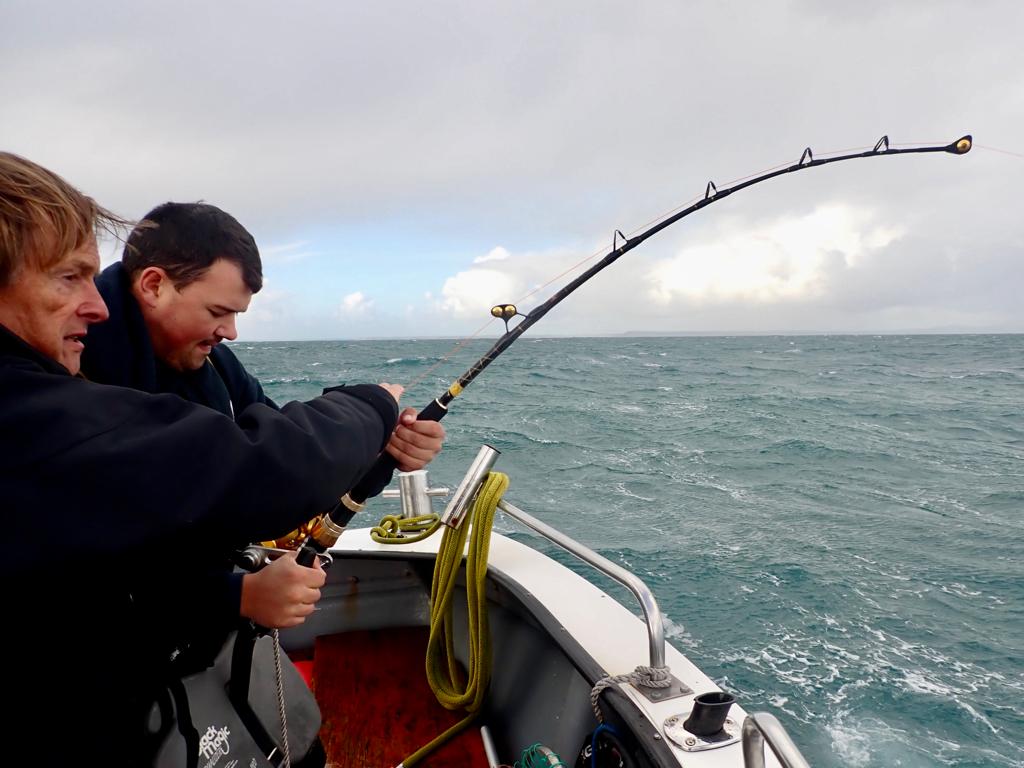
I was thinking of the battle and how long it would take to regain this line and I knew that a lot of effort and concentration would be required. The fish turned several times trying to create slack line but every time I managed to stay on top of the fish; I think spurred on by memories of previously lost fish. On this occasion, the tackle was expertly put together by Dan and John so an equipment failure was unlikely meaning it was up to me to stay in the moment and focus on the rod, reel , line and fish.
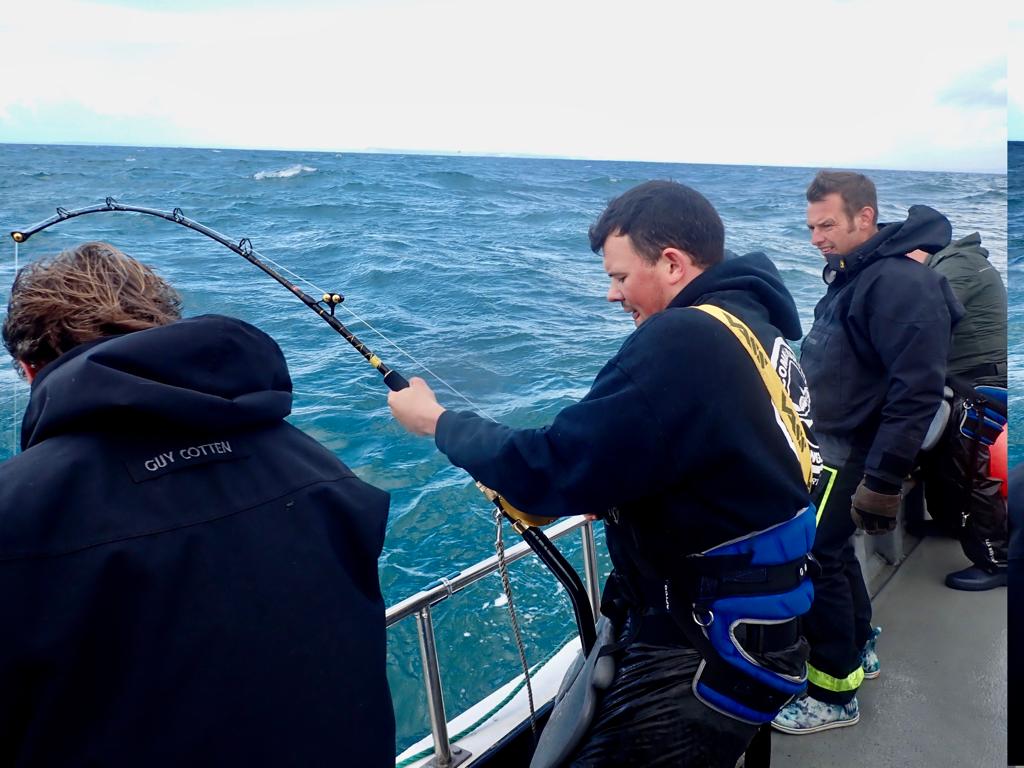
The next 25 minutes it was like the rest of the world had disappeared and all that mattered for that brief battle was hauling the fish in. Modern day life is so busy it’s rare to find a zen moment where you can truly switch off. I think that’s one of the things that draws people, including me, to amateur sport, whether that is negotiating a tricky section on the mountain bike, batting or bowling in a tight cricket match, felling a large tree or playing in a fish. It’s during the period of truly being in the zone with the adrenaline pumping that I feel most alive.
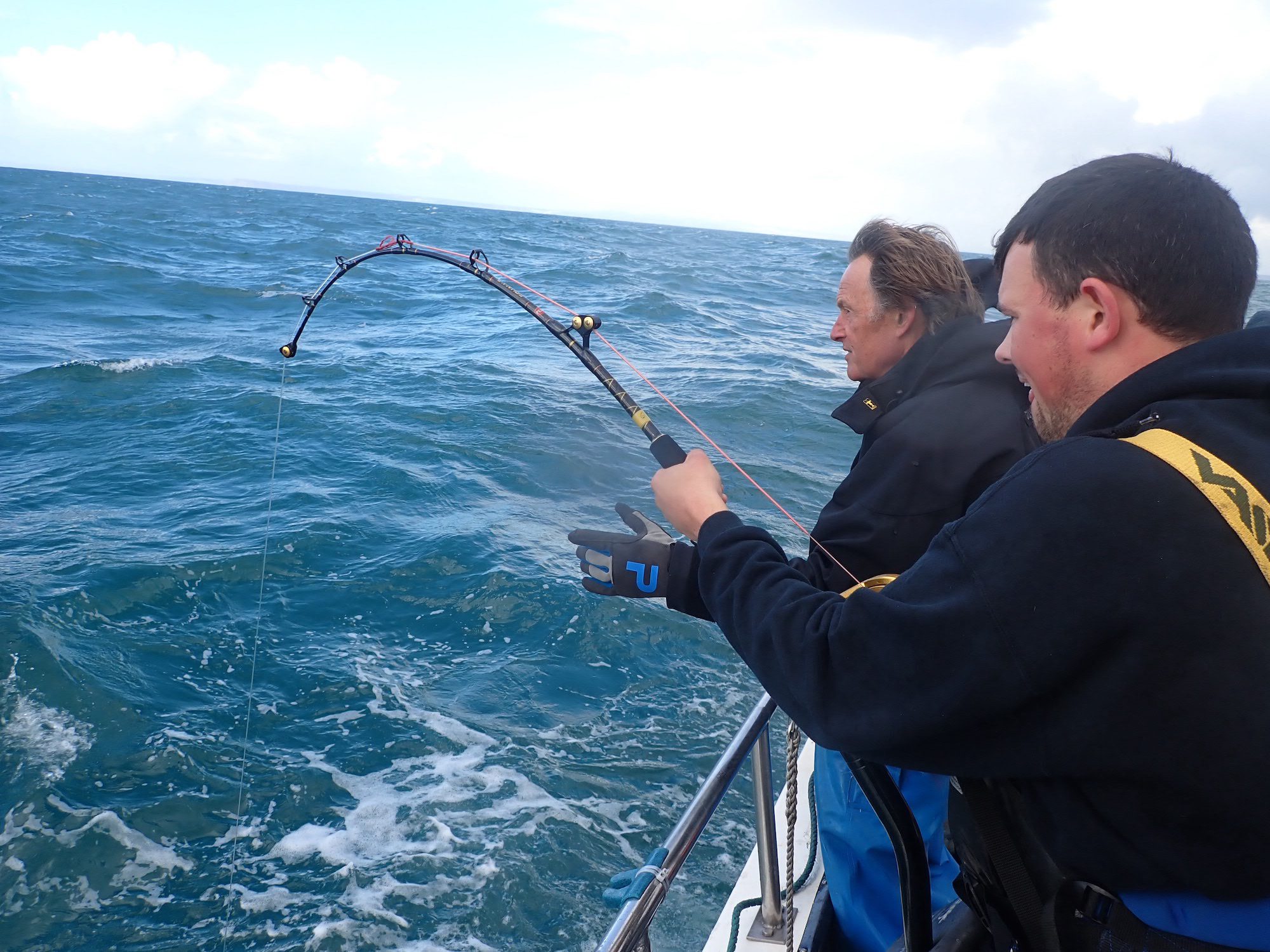
After around 20 minutes of slowly gaining using the rolling sea to my advantage and the harness setup to slowly gain back line that the fish had earlier furiously stripped from the reel, the leader was in sight. After several circles around the boat the fish came into view for the first time; a lean magnificent silver bar full of muscle.
A short time later, the fish was secured alongside, a relieved feeling that I hadn’t let myself or the others on the boat down was the overwhelming emotion and a pure admiration for such a huge powerful creature that we were all grateful to witness and have a close encounter with.
The recovery of the fish began with it held steady next to the boat with time for some photos and for the fish to be tagged as part of the CHART program for scientific research which will be used to learn about the distribution of fish and their migration back into British waters.
I opened the door, staring at the fish and wondering how old it might be and how far it may have travelled. As I looked up to the camera one of the infrequent waves with a little more chop rolled in and covered me in icy cold water.
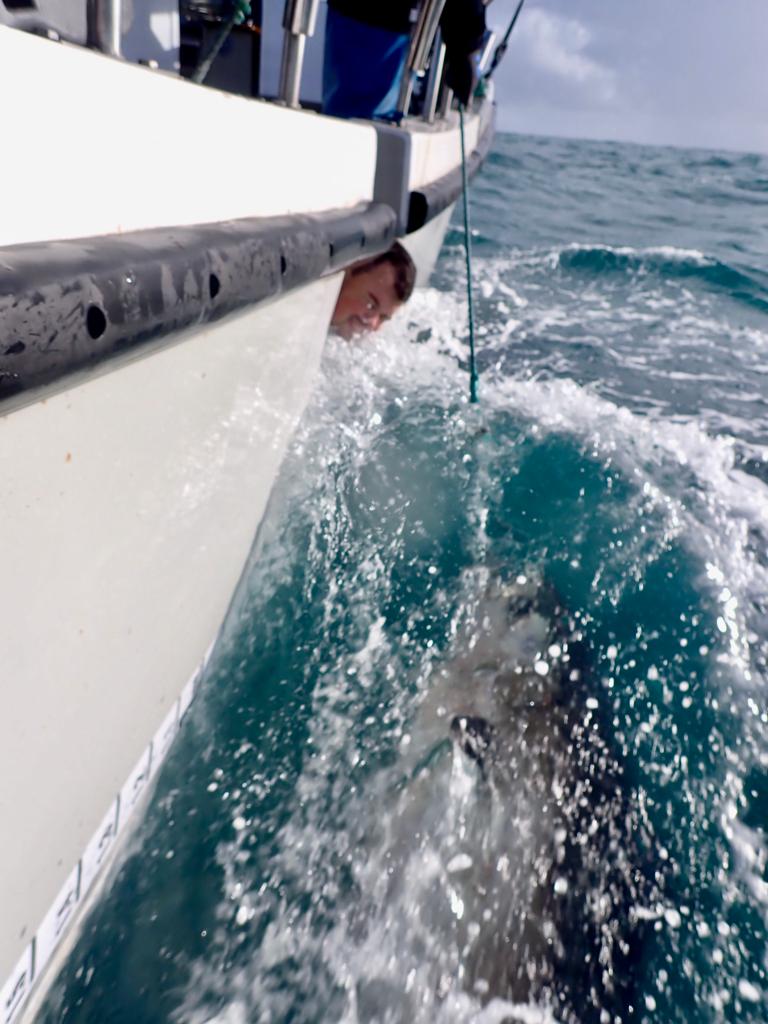
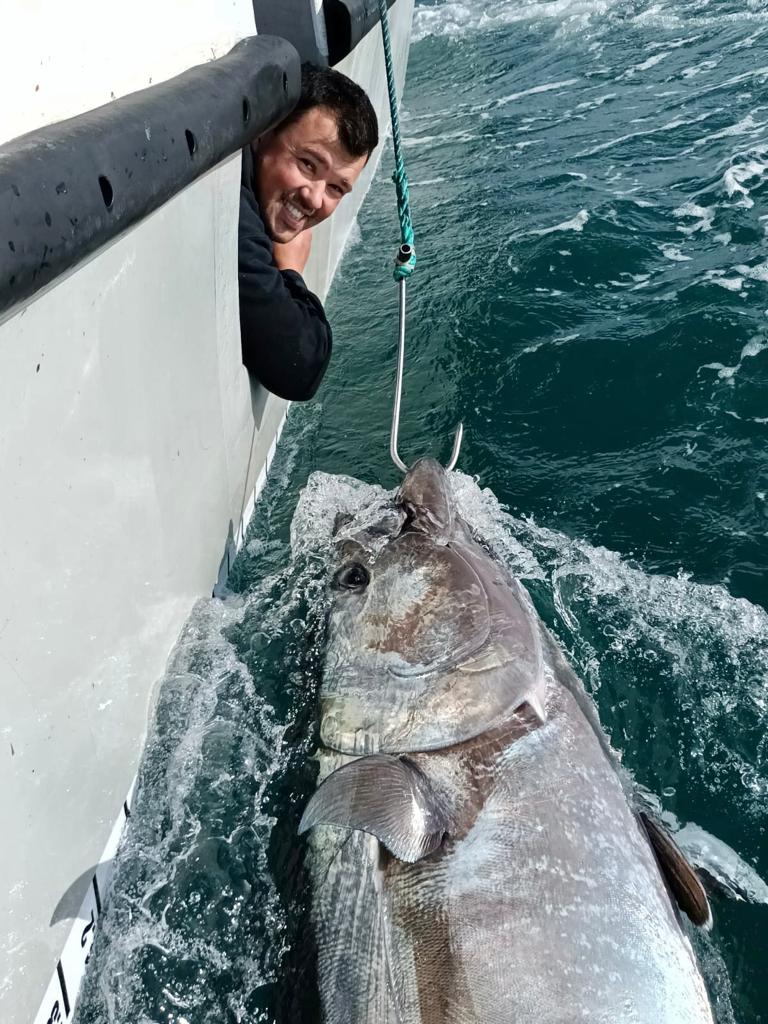
After regaining my composure, a few good photos were captured and we were ready to release the fish back to the depths of the ocean. With a powerful turn the fish swam out of sight. As someone recently said fishing trips are often about the memories that are made and this is certainly one that will live with me. The rest of the day passed by and I was gutted that no-one else had the opportunity to hook up with a tuna and felt a little guilty that I had been given the only chance of the day.
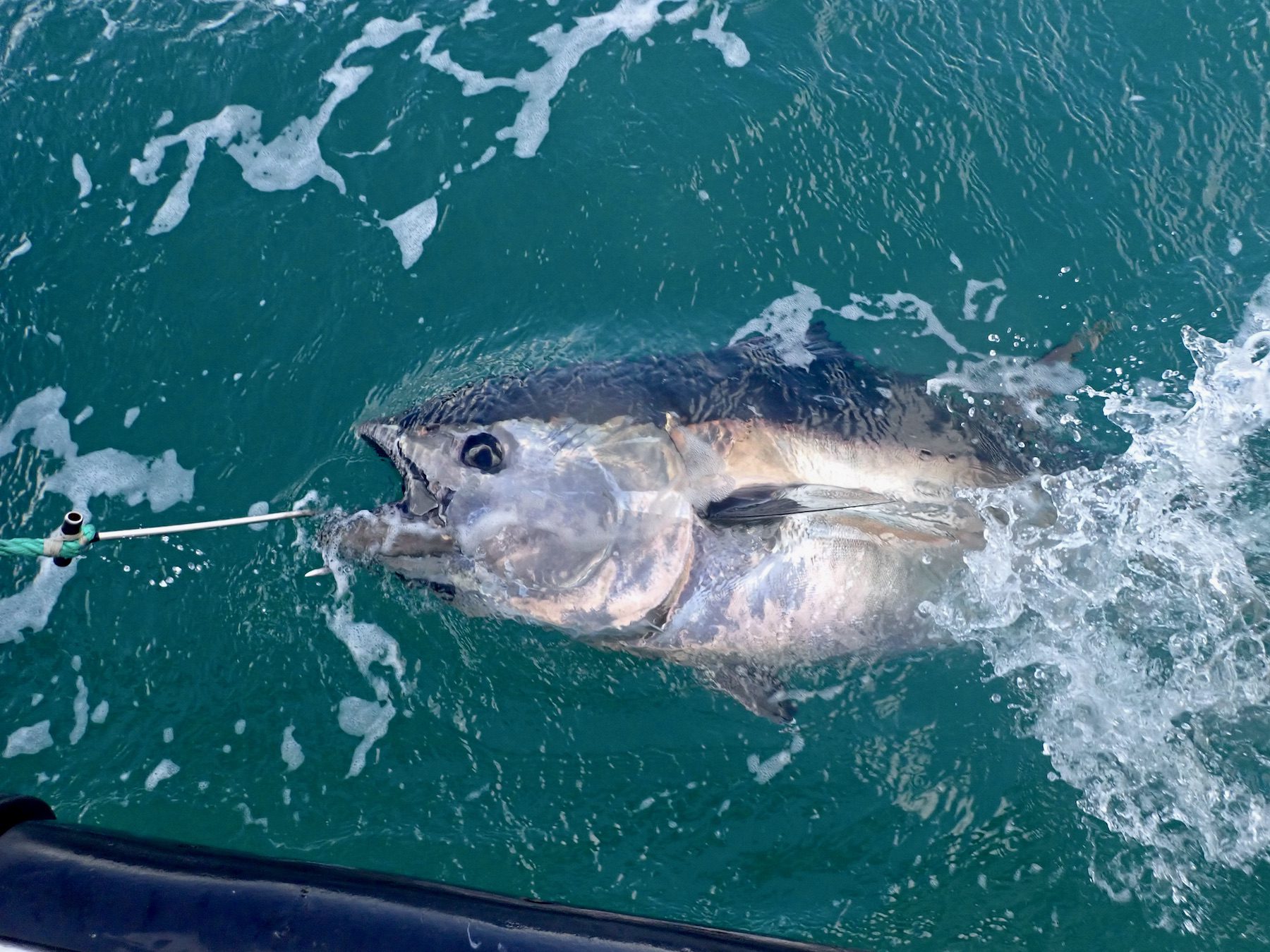
My dad had said before that if he had caught a tuna he would have retired from tuna fishing. Dan joked that he would make sure he was always number 4 so that he had to keep coming back. As we headed back to the harbour the light began to fade and thoughts started to turn to the journey home and the week of work ahead. Another adventure over and more great memories made! Thanks to Jeff, James, Dan, John and Dad for making it such an enjoyable trip; a trip I’ll never forget.
James Thomas
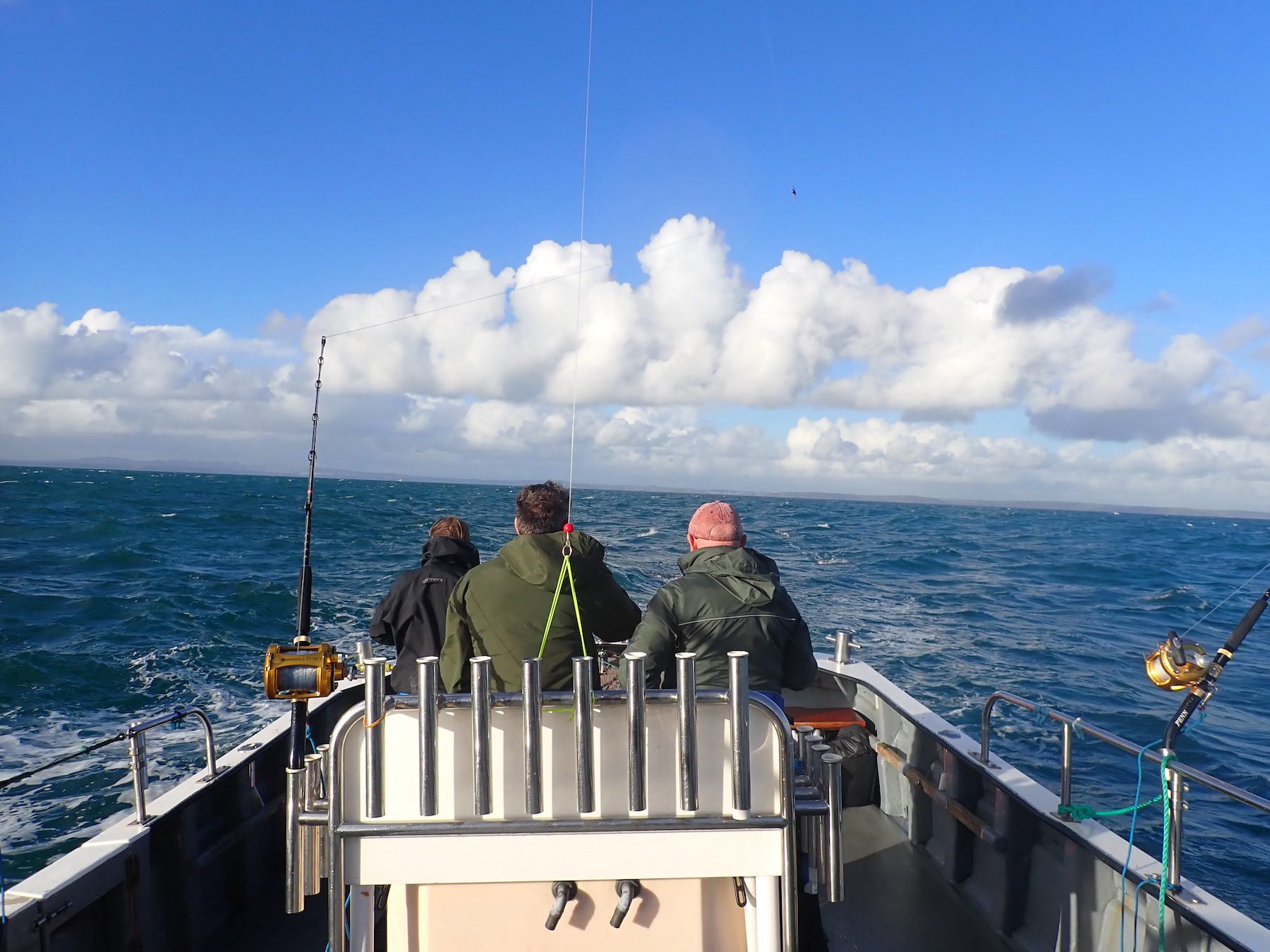
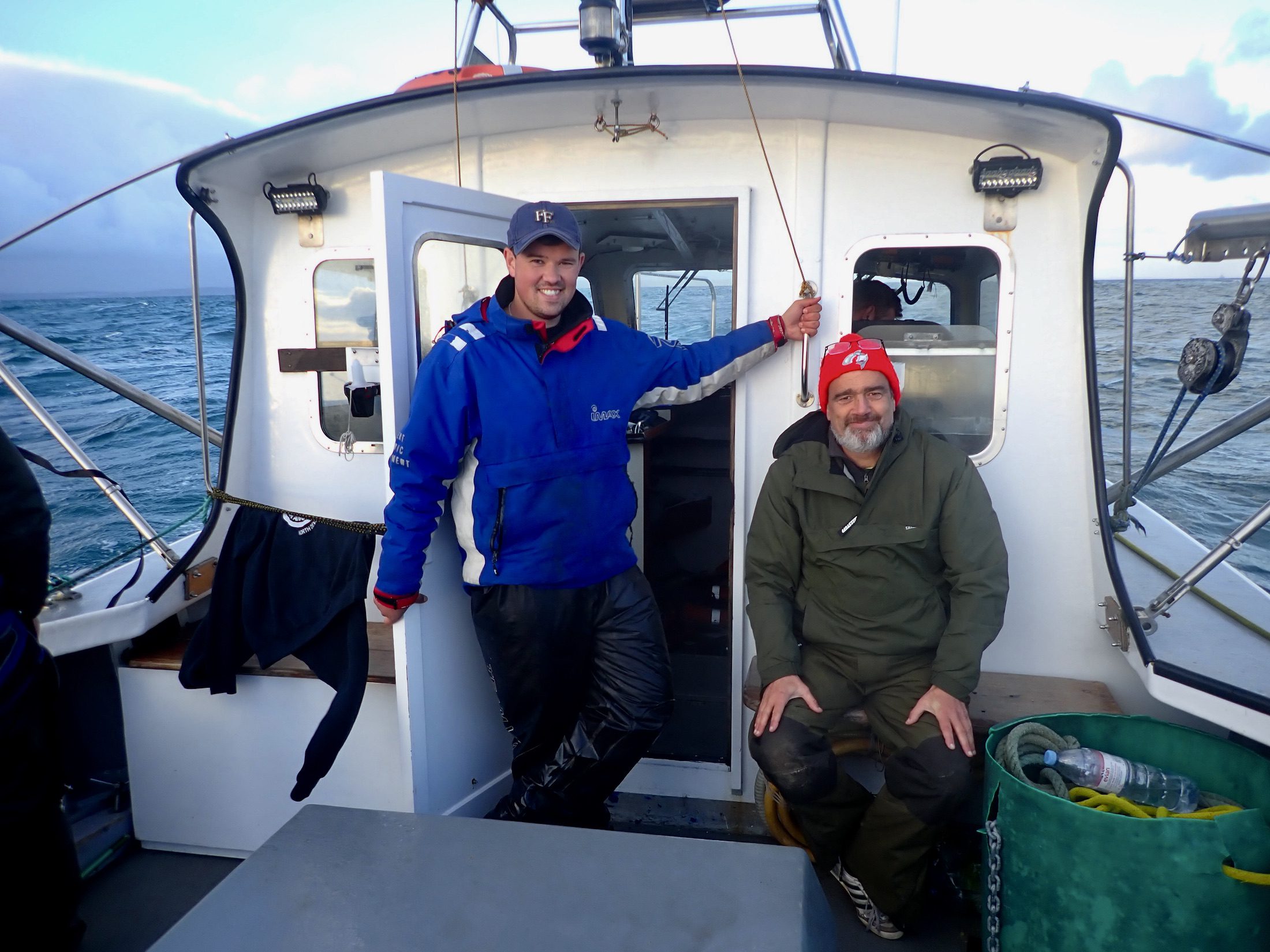
I view a trip out after tuna as very much a team effort a day of excitement shared with friends. To witness one of these splendid fish is reward enough especially when it has been played in by your son. I have already booked up for next Autumn in the hope that I will feel the awesome power of these magnificent fish. Playing the weather lottery once again for in these times of extreme weather it seems that more trips are cancelled than actually get to go.
